|
One of the most memorable friendships I developed during my
years of genealogical and historical research was with Jack
Edward Jackson of Austin, Texas, a master historian and brilliant
illustrator, who went by the pen name of Jaxon.
I wish I had spent more time with him over our eighteen-year
association and collaborations. It was an exhilarating experience to
make the acquaintance of a professional of his rank, and, in respect
for his very busy schedule, I did not press him for more visits or
assistance with other projects. His untimely death on June 8, 2006 was
a severe shock to me, not only for the loss of a valued and humble
friend-for whom I still grieve-but for the tremendous and
irreplaceable loss of a great talent who had so much more creative
work to offer.
From my early teenage years my father and mother, Anastacio
“Stacey” Farías and Isidra
Martínez, instilled in me a love for history. Sometime during
those years my father distributed a family tree chart tracing us back
to the founder of Laredo, Texas, Tomás
Tadeo Sánchez de la Barrera y Gallardo. A military officer, José
Andrés Farías, came to Laredo about 1792, as a member of the
Third Flying Company of Nuevo Santander. By one account he came as the
commander, which I have not verified. On November 3, 1803 he married Guadalupe Sánchez, one of the granddaughters of don Tomás. I was
not interested in genealogy at the time, and I set the chart aside for
future reference.
About 1975, I became interested in Hispanic genealogical
research when my father and I received a letter from a resident of
Mexico City, Francisco Farías
de la Garza, seeking information on our lineage. He had written
the same form letter to approximately 700 persons in Texas and Mexico,
noting that he was descended from an Andrés Farías, and wondered if
we might be related. He had self-published a family tree book of
descendants of Andrés titled Nuestra
Famila Farías, Mexico City, nd., and he was seeking more
information and descendants for a second edition of his book. I sent
him a copy of our genealogy chart, and he confirmed that it was the
same person and our ancestor, except that our line was missing from
his records. Likewise, his line was missing from our chart. The
historian, probably Laredo historian Seb
S. Wilcox, who prepared our family tree, had omitted, apparently
as unnecessary, the ten brothers and sisters of the eldest child of
José Andres, my great-great-grandfather, Juan
Francisco Farias. Our Mexico City relative reported that he was
descended from Andrés M. Farías,
the eighth child of Juan Francisco. Andrés M. married Nemesia
Hernández. They started the Mexico line of our family in
Monterrey, Torreon, and Mexico City.
It was not long before our communications that his work began
to inspire me to seek more family information. Subsequently, after
receipt of his letter, my father and I welcomed Mr. Farías de la
Garza and his wife, Conchita, into our home, and provided him copies of photographs, and
more family data. Regrettably, he passed away, and never published his
second edition, which he had hoped to illustrate with weddings and
other family photographs. Nonetheless, this affair encouraged me to
start seeking other family data, and I was surprised how much
ancestral information I was able to quickly find and accumulate. My
father had never pursued an interest in genealogy, and I began to feel
that I had been anointed by our ancestors to save them from obscurity,
and to relate their wonderful stories to the world.
I began to sketch out the outline of my book inspired by Nuestra
Familia Farías, but I envisioned it from the start as a very
comprehensive and ambitious work with genealogy intertwined with
history, photographs, maps, and illustrations. I began to feel the
burden of setting all the new-found data in a publication to save it
for future generations. The one thing I lacked was an artist who could
illustrate my book. I was referred by someone to a local artist, and I
gave him an opportunity to present me with some drawings based on my
concepts. To my disappointment his drawings were more like cartoons. I
needed sharp and powerful sketches to dramatize my narrative.
The years dragged on as I wrote and rewrote my narrative by
hand with no artist in sight to assist me. One day, about March 1988,
during Texas Independence Week, I went to the San Antonio Central
Library, and saw a display of books on Texas history. Among the books
was The Forgotten Battle of the
Texas Revolution, The Battle of Medina August 18, 1813, by Ted Schwarz, with annotations by Robert
H. Thonhoff, Eakin Press, Austin,
1985. The cover illustration
was a group of soldiers pushing a cannon across sandy fields during
the battle. I was amazed at the authenticity, and the rustic nature of
the drawings. The books noted the Illustrations were by Jack Jackson.
I later found out that my ancestor, Lt. José Andrés Farías, led the
volunteers from Laredo to fight with the royalists at the Battle of
Medina. José Andrés was commended for bravery by the commander, Joaquin
de Arredondo, along with another young lieutenant, Antonio
López de Santa Anna.
About that time I had joined Los Bexareños Genealogical
Society in San Antonio, and was elected treasurer. One of my duties
was to sell selected books to raise funds for the club, and our
offerings included Los Mesteños:
Spanish Ranching in Texas, 1721-1821, Texas A&M University
Press, College Station, 1986, written and profusely illustrated by
Jackson. I knew instinctively that Jackson should be my illustrator,
but my heart sank with the feeling that my amateurish attempt at a
family history book would be of no interest to him, and that he would
not even give me the time of day. On the hunch I had nothing to lose,
I contacted Texas A&M University Press to get the author’s
address, which they provided. On October 10, 1988 I wrote Jack a
letter, with excerpts from my narrative, depicting the seven scenes
that I wanted drawn, and the maps that I needed. I included my contact
information, not expecting any results.
I received his prompt response in a letter dated October 15,
1988. He said the project sounded fascinating, and agreed to do the
illustrations. His fee for originals was higher, but less if I
accepted copies. I agreed to copies, and Jack later told me he had
sold the original of his first drawing, and had regretted it, vowing
to keep his originals in the future. Some scenes were set in early
Portuguese history, and Jack had never drawn historical sketches
outside of the Spanish/Mexican/Texas periods. He asked me if I had any
photos or pictures of Portuguese costumes, weapons, and buildings. I
did not, and he went on to do a very good job of research in those
areas. Some of the scenes he considered epic, and recommended two-page
spreads dramatizing the events.
In early December 1988, I accepted an invitation from Jack to
meet him in his home in Austin to kick off the project. It was a cold
bitter day, and I arrived half-frozen. Jack’s wife, Christina,
who goes by Tina, brewed me
some hot tea that helped the circulation of my toes, grateful for her
hospitality. Jack’s
early historical work centered on Native-Americans, and I envisioned
his studio to have wall artwork of the Indians in a spacious
high-vaulted ceiling studio. Instead, Jack’s home in downtown
Austin, built probably in the 1930s, was similar to my home at 520
Devine Street in San Antonio, like the prefabricated homes sold during
the period by Sears and Roebuck. Jack’s workplace was a drafting
table in his living room. He later moved his studio to his garage in
the rear of his home. Jack often worked at night into the early hours,
sleeping during the day, to work with minimal interruptions. I
realized, that in spite of his skills and fame, Jack was a very
sincere and humble person. As I left Austin that day in high spirits,
Jack mentioned to me his concepts, “ I can already see them in my
mind’s eye.”
That meeting started about a six-year collaboration to finish
my family history book, including subsequent maps I requested of him.
When I received his initial drafts I was impressed. His vison of the
scenes were far different from mine, but I realized I was working with
a brilliant and splendid artistic mind. I was very satisfied and happy
with all his work. One time, I apologized to Jack for my amateurish
narrative work, considering that his illustrations were elevating my
work to a higher level. In his signature raucous laugh, Jack told me
that history is not written by professional historians, but, he said,
by persons like me who set down their family stories, witnessed and
recorded a historical event, or kept dairies of their lives and
adventures. I was pleased for his validation of my work.
My book was titled, The Farías Chronicles, a History and Genealogy of a Portuguese/Spanish
Family, New Santander Press,
Edinburg, 1995. I had
proposed a longer title, but Jack was correct in his advice to shorten
it. Jack had been anxious to see the final product of his work, but I
had some interruptions in my professional career, and in having a
draft typed of my hand-written script that was delayed for some time.
Visiting with him one day I asked Jack how many copies of the book he
wanted and he hesitated. I suggested giving him two copies. A slight
look of embarrassment came over Jack’s face, and I knew I had
committed a faux pas. It
was a small amount considering his artistry, and his modest fees
charged. This episode is one of my guilt complexes in my relationship
with Jack that I regret to this day. All his illustrations were
masterful. I later gave him six copies, and told him to request more
as needed.
My book was published by my good friend, the late Al
Ramírez, former mayor of Edinburg, Texas. He contracted with
Burke Publishing Company of San Antonio, located near my work place,
giving me an opportunity to work with them on editing. One of Jack’s
superior works was to solve my dilemma about the book cover. I told
Jack I wanted the cover to be the back of a Spanish ship heading from
Spain to the New World. However, I also wanted the illustration to
have on the main sail what is called the Cross of Christ, only visible
from the front of the ship. To my delight and surprise Jack found a
drawing of a Portuguese caravel going out, but with a lateen sail that
had the Cross of Christ on it. A
lateen sail is a triangular sail on a long yard at an angle of 45°
making the symbol visible. What an incredible researcher I had
commissioned for my work. He had a strong standard for accuracy.
Jack’s epic illustrations are spectacular. I did not notice a
private “joke” on one of the drawings until much later. It was a
scene where my grandfather, Cristobal Farías, is being taken by horseback to San Antonio from
Laredo, before the railroad days, to attend college escorted by the
ranch foreman. Near the town of Cotulla they came upon an Indian war
party in the distance. The foreman told Cristobal not to move, that
the Indians had noticed them, but they would pass with no trouble if
he and the foreman stood still. Looking at the drawing one day I
noticed he had drawn for my grandfather’s face, my face, and he had
drawn his face as the ranch foreman. I could Imagine Jack chuckling,
but he never said anything about it.
My book was later recommended for review to the Southwestern
Historical Quarterly by my late friend and colleague Ernesto
A. Montemayor-USAF-Ret. The review by Diane
Reid Elliott appeared in the April 1997, Vol. C
No. 4. Issue. Ms. Elliott gave it a glowing review saying in
part “What a delightful surprise to open a book such as this,
expecting to find a detailed genealogy meaningful only to a particular
family, and to discover instead tales of castles, pirates, adventures
in the South China Sea and the Texas frontier, along with names like Vasco
de Gama, Antonio López de Santa Anna, Ricardo Montalbán and Federico
Peña.
George Farías has certainly done his homework…..”
It was my pleasure years later to meet Diane on a visit she
made to San Antonio. We had dinner at the Menger Hotel restaurant. She
could not remember how she was allocated to review my book, but she
had a good working knowledge of Spanish Colonial history. The review
was written at The University of Arkansas at Fayetteville when she was
in her Ph.D. program. I thanked her for her review and her very
favorable comments. Dr. Elliott, a history professor, lives in Joplin,
Missouri, and was named Outstanding Young Woman American 1974.
Jack Edward Jackson first saw the light
of day May 15, 1941 in Pandora, Texas, a small South Central Texas
farming community that once had a population of 200, but now has
declined to about 125. Pandora was established in the late 1890s as a
stop on the San Antonio and Gulf Railroad. He grew up in nearby
Stockdale just south of Seguin, without indoor plumbing, and no doctor
in attendance. As Jack stated later in a publication, his favorite
hobby was “busting watermelons on the backs of hogs at feeding time.”
His most despised chore was “babysitting a flock of 2,000 turkeys,
until every last one of the bastards had flown up in the trees to
roost.”
His family had already been in Texas for a century. His
great-great-grandfather, Soloman
B. Jackson, settled in San Antonio during the days of the Texas
Republic of 1836-1845. Soloman was a wagoner, supplying outlying
ranches, but he soon died of cholera. His sons became stockmen in
Wilson County. On his mother’s side Jack had an ancestor named Nicholas
Trammel, who came to Texas during the Spanish period.
Jack’s first fascination was with Native Americans, studying
their culture, and looking for artifacts along a creek that probably
had small Indian villages. When his Uncle George would be plowing, Jack would follow behind finding
numerous arrowheads. He became curious about what had happened to
these people, and where did they go?
A birth defect manifested itself when Jack was about nine or
ten years old, later determined to be Charcot-Marie-Tooth Disease
named after the physicians who discovered it. It was a neurological
impairment affecting the extremities, and it crippled Jack’s hands.
His masterful work was not affected by the disease, although I am sure
Jack endured much suffering from it. In a ranching community, if one
was not able to compete physically, one was at a disadvantage. Jack
became more sensitive to the downtrodden or groups who suffered
because of the color of their skin. Jack thought he had some Choctaw
blood, and was outraged at the mistreatment and crimes against Indians
in Western history. It influenced his later works.
After graduating from Stockdale High School, Jack chose
accounting as a major in college at The University of Texas,
incidentally also my first degree and profession. Jack had been
generally bored with school work throughout his childhood and
adolescence, and he vented his frustrations by filling hundreds of ‘Big
Chief’ tablets with drawings. In the early sixties in Austin, Jack
Joined the Texas Ranger
humor magazine making friends with a rising cartoonist named Gilbert
Shelton. This group was known for testing the limits of personal
expression, until forced out by what they called “a petty censorship
violation.” Shelton started a short-lived magazine titled THE
Austin Iconoclast, Jack contributing to it a regular feature
called “Austin’s Monuments to Bad Taste.” He also created his
own satirical comic, God Nose, which
he peddled in the streets of Austin, adopting the pen name, Jaxon, to
protect his day job. This 1964 publication is now acknowledged to be
the first underground comic.
Two years later Jack headed for San Francisco to be in the
midst of the new hippie culture. In 1966, he was working as a
bookkeeper and art director for the Family Dog, a legendary musical
promotion company which sponsored concerts at San Francisco’s
Avalon. Groups like Big Brother and The Holding Company, and The Doors
first appeared there for area audiences. Out in Haight-Ashbury Jack’s
main art job was to create posters for owner, Chet
Helms, also a Texas transplant. In 1969, Jack, Gilbert Shelton,
and two other Texas natives, Fred
Todd and Dave Moriarty,
paid $75 each for a down payment on a $1,000 offset press, and started
their own print shop titled Rip Off Press, becoming one of the seminal
publishers of underground comics, a genre later referred to as comix.
Shelton authored Furry Freaky Brothers and R. Crumbs, Comix and Stories.
Jack next publication was “Nits
Make Lice,” from Slow Death , 1975 (“ Special Issue: True War Tales”) considered
as one of the most powerful and shocking historical stories dealing
with the Sand Creek Massacre, one of the worst military atrocities on
the North American Continent. The massacre took place in 1864 in what
is now Oklahoma, when a regiment of Colorado militia attacked, and
wiped out a sleeping encampment of peaceful Cheyenne and Arapaho
Indians, mostly women and children. Not as well-known as the Wounded
Knee tragedy this event, nonetheless, lasted for decades in Indian
mistrust of the U.S. Government. Jackson portrays the militia as
recruiting drunks and low-life out to plunder Indian property, and
assault their women. What disturbed some readers were Jack’s very
graphic panels of the rape and abuse of the Indian women by the
soldiers which bordered on erotic/pornographic scenes. What Jack
portrayed was the unadulterated truth as it actually happened.
The commander of the militia was Col.
John M. Chivington and “Nits Make Lice,” takes its title from
Chivington’s last word in the final story sequence. While he dreams
of political glory for his actions, a sergeant appears at the door of
the headquarters with a group of Indian women and children. He says
“Excuse me sir, but Company C just brought in a batch of prisoners.”
With a demonic look Chivington replies, “PRISONERS?” Don’t
bother me with crap, sergeant; we’re not taking prisoners-big or
little. Don’t you know that nits make lice?” Chivington returns to
his report, and in the background can be head a volley of shots.
Jackson does not continue the story of Chivington who was rebuked by
Congress, and his political hopes were dashed by the horror. Because
of the reaction to his realism Jackson toned down the graphics of
future events in consideration of his readers.
Jack explained this in his words:
Jackson:
That strip I did in Slow Death,
“’Nits Make Lice,’” (7). It’s a very depressing and
frustrating comic strip, and the reaction I got from European readers
and a lot of American readers, too---well, they were horrified by it.
After I started getting some feedback on that strip, it got me to
thinking that you really have to decide how you’re going to treat
your reader with that kind of strip. How far are you going to go: are
you going to work completely for yourself, risk estranging yourself
from your reader, or are you going to try to reach them?
What’s the point: to satisfy your own whims or reach the most
people? Like the rape scene in the first Quanah Parker book. I could’ve
focused on it.
Sherman:
like you did in “’Nits Make Lice.’”
Jackson:
Right. But the reaction I got to those scenes made me realize they
weren’t appropriate in the Parker books.
I treated the scene through the eyes of the children instead of
focusing on it per se. Now I realize that was the most effective way
to do it.
Jack
is considered to be the father of Underground Comix. Most of his work
was published by Last Gasp, such as Slow
Death, but Jack terminated his affiliation with them in 1991. He
contributed to a selection of other comix, such as Barbarian
Comics (California Comics), and Radical
American Komiks (Radical American Magazine Games). In the 1980s, Jack
contributed historical comics to Fantagraphics and a number of Kitchen
Sink Press titles including BLAB and the 11-part, 126 page “Bulto,
The Cosmic Slag,” about a space creature’s effect on the people of
the ancient Southwest serialized in Death
Rattle. He also did freelance work for Marvel Comics as a colorist
from 1988-1991.
Underground Comics were not the first adult graphic comics.
Entertainment Comics, commonly known as EC Comics, was an American
publisher of comic books that specialized in horror, crime, military,
and science fiction, along with satire from the 1940s to the 1950s. I
was an avid buyer of these comics as a teenager, and regret I never
kept my copies, probably worth a small fortune by now. Jack was
heavily influenced by these publications, in particular the horror
series titled Tales from the Crypt. Jack’s visual style owes much to EC Comics,
and regarding their influence he said, “How can you shake something
like that?”
I tend to think of much of Jack’s work during his early as
psychedelic in nature, as he had an immense and vivid imagination of
the bizarre. His time and influence in the culture in San Francisco
was obvious. One day when I visited his home he produced some of his
underground comix, and with a sheepish look he said, “George, this
is some of my other work.” At that time I only had been exposed to
his historical works. Perhaps Jack thought he should inform me of his
past artwork thinking that, if I discovered his early works on my own,
I would be disillusioned, and see him in a lesser light. I told Jack I
greatly admired all his work, and that I was not one to be easily
shocked about more graphic Illustrations. In fact, my admiration
increased at his multi-talented background.
While still in San Francisco Jack was commissioned to draw a
coloring book of famous Indian chiefs. This revived his childhood
interest in Native-Americans. Jack moved back to Texas in the
seventies, but by now he was producing tales of Indians for which he
became famous. This new direction in graphic novels started with the
publication in 1979 of Comanche
Moon, Rip Off Press, & Last Gasp, San Francisco, 1979, a
biography of Quanah Parker,
the last great Comanche chief who was half-white, the son of Cynthia
Parker, abducted from her family by a Comanche raiding party. In
1985 he published, with text and art, Long
Shadows, Indian Leaders Standing in the Path of Manifest Destiny,
1600-1900, Paramount Press, Amarillo, 1985. The
drawings were very authentic and dramatic. As an illustrator of
borderlands history Jack had no peers. One of his contemporaries was José Cisneros from El Paso, Texas, considered a masterful artist
of the borderlands faces and figures. However, the Cisneros drawings
are still-life scenes, very accurately depicted, but never portray the
range of action and emotion evoked by Jack’s work.
Jack was also interested in still-life illustrations to be used
in his publications or for sale. Once I attended a state Hispanic
genealogy and history conference held in McAllen, Texas, in late
September 2002, to sell books through my business, Borderlands Book
Store, to a captive interested group. Jack called me, and told me was
interested in attending, since a reception was going to be held at the
Nuevo Santander Gallery where several old Spanish and Mexican saddles
that he wanted to draw were in exhibit by the owner, Enrique
E. Guerra of Linn, Texas. Jack did not want to drive that
distance from Austin, and asked if he could meet me here in San
Antonio to hitch a ride with me the rest of the way. When he arrived,
the day of the trip, I noticed an oil leak in my car. Hastily, I took
it to my mechanic across town for a quick repair, and Jack went with
me. Fortunately, I got priority service, and we only lost two hours
from our schedule. I was anxious, as I saw this trip as a great
opportunity to delve a little more into Jack’s life and work. On the
trip we were able to discuss much of our mutual interest in history.
My wife, Mary
Helen Lozano, joined us, and got the opportunity to meet Jack.
Joseph
Witek says in his and book, Comic
Books as History, The Narrative Art of Jack Jackson, Art Spiegelman
and Harvey Pekar, University Press of Mississippi, Jackson, 1989,
that Jack’s initial style of drawing was much loose and fluid than
his later, tightly rendered, history comics. Jack’s earlier work had
more dark overtones, and later became lighter, more pleasant, and
dramatic. Some of his early drawings of Spanish Texas were done for Abel
G. Rubio, author of Stolen
Heritage, A Mexican-American’s Rediscovery of his Family’s Lost
Land Grant, Eakin Press, Austin, 1986.
The scenes were not as
finely drawn, and one can see Jack’s progression to the height of
his artistic work as the years went by. Witek does not make an attempt
to comprehensively analyze Jack’s work from an artistic standpoint.
He is a professor of English at Stetson University in De Land,
Florida, and compared Jack’s works with other graphic novels in this
art form.
Two other of Jack’s fine works on a forgotten
subject were Los Tejanos, Fantagraphics
Books, Seattle, 1982, and God’s
Bosom, Fantagraphics Books Seattle, 1995, both narratives about
South Texas. This was important because the borderlands historians
comprise a very small group, and while many of them write about the
true history of early Texas, Jack was the only one to add awareness
and more readers about this fascinating period of history by his
graphic presentations. Some
of his work was considered political, but Jack dispelled that notion
in an interview in 1982 with Editor Gary
Groth:
Jackson:
I generally try not to get too political. I have no interest in being
a political cartoonist at all.
Groth:
Well the strip I remember was very anti-bourgeois, very
anti-establishment.
Jackson:
Well, That’s not political.
Groth:
I thought so (laughter)
Jackson:
No, that’s not political at all. No, that’s called survival of
your brain, and mind, and so forth. Politics to me means something
entirely different. I’m talking about your personal survival with
your immediate environment. In terms of doing things like
anti-development, anti-nuclear, anti-whatever. To me that’s entirely
different than political. That’s like the individual’s duty…if
you decide that (something) stinks, then it’s your obligation as an
individual, a member of society, to raise hell about it. And that
could be political, but it could also be
highly personal. In other words, I wouldn’t say, “Vote for
Mr. So-and-So because he is going to change this,” because maybe he
will, and maybe he won’t. For a cartoonist or artist, this is a
legitimate area to me, taking on big developers or whatever happens to
be going on around you. I don’t consider it political.
In this regard “White Man’s Burden” from Slow
Death, No.6, is a futuristic science fiction allegory that
portrays the downfall of the declining white race by a coalition of
oppressed peoples, Blacks, Hispanics, and Asians. The strip indicts
the white man for polluting the atmosphere, poisoning the oceans,
devastating the land, wiping out planet wildlife, enslaving the
Blacks, stealing Indian lands, and forcing Asians to do their laundry.
Witek says that in no way such rhetoric can be emptied of their
political dimension. He says that they are politics. Jackson, however,
goes on to define his work more narrowly:
“Politics” is not for me an all-encompassing element of
human activities. Certainly not to the extent of current usage ….
(I) do not rank it high among the pursuits for which mankind was
destined.
My perception that most political endeavors are tainted by
thinly disguised self-interest, involving the acquisition of material
possessions or the exercise of power, makes the arena itself rather
unsavory. Certainly “politics” is not a line of work for those
seeking a greater understanding of man’s proper place within nature’s
cycles and a reconciliation with the cosmic forces beyond our feeble
mortality… Politics, measured on such a scale, are rather petty and
nonessential
(even though the bastards can deprive us of our liberty and get us
killed). When my work seems to reflect such themes it is usually
because the impersonal maw of government has decided to devour yet
another piece of our personal/Interpersonal dimension.
The way I see it, if BIG Government---the insatiable feeding
apparatus of “politics”---has the right to intrude into realms of
consciousness where it does not belong, then surely I have the right
to define what its proper role should be. Thus I do not consider
myself a political cartoonist, especially not in the sense of a
newspaper editorial cartoonist.
Jack would get upset at being called a “revisionist”
historian. He was not revising history, but through meticulous
research, he would bring out the true history of borderlands events.
Witek says that Jackson’s works have strong cultural and Ideological
consequences, showing the struggle between the forces of established
power and the socially disenfranchised. Thus, he says, that there has
been in the last two decades a significant change in cultural
attitudes about comic books as a narrative form.
In Los Tejanos, Jack
picks up the theme of a person caught between two cultures. It is the
story of Juan Nepomuceno Seguin,
a controversial figure in early Texas history. He was a Tejano,
A Texas-born Mexican, and a leader in the Texas fight for
independence. He fought with the Alamo defenders, although he was out
operating as a courier, and did not suffer defeat with the other
defenders. He was with Sam
Houston’s army at the Battle of San Jacinto, and was later
driven to fight on the side of Mexico, so he is considered a traitor
on both sides. It is story that needs to be told. The Seguin saga
first appeared in comic book form in Recuerdan el Alamo (1979) and Tejano
Exile (1980) both published by Last Gasp. About the Texas
Revolution Jackson offered his major viewpoints:
When we “Remember the Alamo,” it is usually a vision of a
small, grim band of Anglo-Saxon martyrs being overwhelmed by a
screaming horde of maniacal Mexicans, their bayonets gleaming with the
blood of patriots as they trample in endless waves into the sanctuary
of Texas liberty.
What we don’t remember is that inside
the walls of the Alamo, among its defenders, there were also Mexicans
who fought and died, except they called themselves “Tejanos”—Texans!
Nor do we remember that at the battle of San Jacinto, where in
eighteen minutes the fate of a vast land was decided, there was also a
company of Tejano volunteers fighting besides Sam Houston and the
Anglo conquerors…
This book is an attempt to pay homage to these brave souls by
following the true story of one such man, Juan Nepomuceno Seguin, an
early revolutionary leader among the Mexicans of Texas. Had he been
Anglo, his name would be remembered among the lists of the
great---beside Travis, Crockett, Bowie, and the rest. But being Tejano,
his contribution has been ignored, for his exploits did not
conveniently fit into the myth of Anglo-Saxon prowess that historians
have seen fit to fashion from the events of our revolution (and that
films like John Wayne’s version of “The Alamo” have since
perpetuated).
Jack said that people take their history seriously in Texas,
adding:
It got
so bad I had to watch how I was describing everything in (Los Tejanos). A lot of these people have descendants
in this state, so I can’t just say, for instance, that Sam Maverick ripped Juan off. I have to back off or describe it as
an allegation. Because you can really piss somebody off. I’ll tell
you: just last week I got an anonymous phone call. I picked up the
receiver and there’s this voice choked with rage, saying, “You
asshole, if I ever get the chance, I’m gonna cut your fingers off.“
In
the introduction to Tejano Exile
jack continues his comments about Seguin:
Events which took place in Texas after
the revolution have made--and continue to make--Juan Seguin one of the
most controversial characters in Texas history. So controversial that
the page from the original minutes of the town of Seguin--naming it in
his honor--is ripped from the book, bearing mute testimony to the
label “ traitor” that Seguin has borne for over a century.
Jack’s
interest in borderlands history produced other notable works. One was Philp Nolan and Texas: Expeditions to the Unknown Land, 1791-1801,
with Maurine T. Wilson, Texian Press, Waco, 1987. Another was, as
editor, on Imaginary Kingdom:
Texas as seen by the Rivera and Rubi Military expeditions, 1727 and
1767, Texas State Historical Association, Austin, 1995. Two later
works were Texas
by Teran: The Diary Kept by General Manuel de Mier y Terán on His
1828 Inspection of Texas, University
of Texas Press, Austin, 2000, (as editor), and a graphic novel, The
Alamo: An Epic Told From Both Sides,
Paisano Graphics,
Austin, 2002. Again, as
editor, he published Almonte’s
Texas, Juan N. Almonte’s 1834 Inspection, Secret Report & Role
in the 1836 Campaign, Texas State Historical Association, Austin,
2003. His final book was Indian Agent: Peter Ellis Bean in Mexican Texas, Texas
A&M University Press, Austin, 2005.
In later years Jack developed a special interest in
cartography, the study of maps, and he added his expertise here to his
many other talents. He
once contacted me about a quality two-volume work of maps printed in
Mexico. He was very anxious to get it, but was not sure it could be
obtained. I had done business in Mexico, and had very little trouble
receiving books published there. Jack was elated that I was able to
find the work, and I presented it to him as a gift for all this work
and courtesies to me. In
1995, The Book Club of Texas at Austin published Flags
along the Coast, Charting the Gulf of Mexico, 1519-1749, a
Reappraisal, a limited edition of 350 copies.
In 1998 they published Shooting
the Sun: Cartographic Results of Military Activities in Texas,
1689-1829, a quality limited edition of 325 copies in two volumes
in a cloth slipcase. Both were 11 x 15.5 oversized books.
To say that Jack’s output was prolific is a significant
understatement. Jack’s late colleague, anthropologist, and
historian, Bernard L. Fontana,
compiled a preliminary bibliography of sixty-five of Jack’s
publications from 1964 to 2005. The list is not exhaustive, although
comprehensive of his major works. Left out are all the posters and art
work for individuals and institutions over that period. Fontana
credits Kathy Todd, Elizabeth
A.H. John, Adán Benavides, Bruce Dinges, and Ron Turner with helping in the compilation. Jack donated his
papers in 1989 to The Dolph Briscoe Center for American History in
Austin. The center has ca. 49 feet of material, containing original
artwork, sketchbooks, storyboards, press proofs, posters, underground
comic books, publications, correspondence, newspaper clippings, and
miscellaneous other items in 39 boxes.
I noticed that a copy of my book, The
Farías Chronicles, A History and Genealogy of a Portuguese/Spanish
Family was not included in the list. I contacted Don
Carleton Ph.D.,
Executive Director and J.B. Parten Chair in the Archives of American
History, to donate a copy for inclusion in Jack’s file. Dr. Carleton
approved the gift, and I sent him a copy which I dedicated to the
center, along with copies of my correspondence with Jack during our
collaborations.
I had referred Laurence
Alan Duaine, the son of Carl
L. Duaine, the author of With
All Arms, The Study of a Kindred Group, New Santander Press,
Edinburg, 1988, to Jack for illustrations for a second edition. The book is a
seminal work unlike any other about the original families and history
of the Monterrey-Saltillo, Mexico area. Many area Hispanics descend
from those pioneers, and I call it the “bible’ of Hispanic
genealogy of Northern Mexico and Texas. Jack did his usual brilliant
sketches, and I have asked Alan to donate a copy to Dr. Carleton.
On one of my visits to Jack in his home, I had the privilege of
meeting his colleague and borderlands historian, William
C. Foster. Bill came late to borderlands history, as he worked
many years in Washington D.C as a successful attorney, a partner in
the law firm of Patton Boggs L.L.P. He was a graduate of Southwestern
University and the University of Texas Law School. He retired to
Cuero, Texas in 1996 to work on his history research. By that time he
had published Spanish
Expeditions into Texas, 1689-1768, University of Texas Press,
Austin, 1995. Bill passed away peacefully September 3, 2015, a
critical loss of another of our scarce borderlands scholars.
To my delight Bill had also published Save
the Young, the 1691 Expedition of Captain Martínez to Rescue the Last
Survivors of Fort St. Louis, Texas, self-published, Corpus
Christi, Texas 2004, cover art by Jaxon. This was a translation of a
report by Captain Francisco
Martínez on a side trip from the Lower Colorado River to
Matagorda Bay during the Domingo
Terán de los Rios expedition into Texas, to meet a supply ship.
Martínez was the French interpreter on this trip and on previous ones
with General Alonso de León.
Later he was second in command in Pensacola, Florida when the French
under Pierre Le Moyne,
d’Iberville came looking for the mouth of the Mississippi River.
My mother’s line is Martínez and I am certain Captain Martínez is
my ancestor, but all attempts so far have failed to identify him and
his genealogy.
One of my ancestors is José
Ignacio Martínez from Marin, Nuevo León, Mexico who married Ines
de la Garza. His marriage record February 13, 1673, in the
archives of the Monterrey cathedral, states that he was in the service
of the king and “was part of the expeditions of General Alonso de
León in 1686 to the Bahia of the Espiritu Santo in Texas.” If José
Ignacio was the French interpreter why is he referred to as Francisco?
José Ignacio had a brother, whose name has not surfaced, and
it could be him, and perhaps both accompanied de León, although
possibly the early expeditions. Further research is required.
Jack laid out his philosophy of life to editor Gary Groth:
You know, I decided a long time ago that life is short and you
might as well be doing something you enjoy. Even if you have to kind
of skimp along and starve in the process--- I’ve seen so many dear
friends not make it as long as I have, you know? Sheridan, Irons, Griffin---each
time one of them kicks the bucket, it makes me realize that hey, our
time here is not guaranteed. It’s a day-by-day proposition. We’d
better be doing something that we are getting some fulfillment out of.
There is no question Jack enjoyed his work immensely,
especially his later writing and research in borderlands history. No
doubt he never got rich, and had to get by with Tina’s help, but
somewhere along the way Jack seemed to lose his zest for life. He was
diagnosed with diabetes and prostate cancer, and I assume he dreaded
surgery and hospitals. On June 8, 2006 Jack drove to Pleasant Valley
Cemetery in Stockdale where his parents are buried, and ended his
life. My immediate thought was one of despair, that Jack could have
contacted me for help, as he knew I was an administrator for seventeen
years in mental health services. Perhaps I could have changed his
mind, and obtained some counseling for him. In all my years in
behavioral health work, I cannot fathom how persons can be so
depressed that they cut their life short.
Alan Duaine and I drove to Austin for his funeral service in a
driving rain, but I got the wrong address for the church. We missed
our opportunity to personally express out condolences to Tina and
their son Samuel. I remain
disconsolate on the loss of my dear friend and borderlands colleague.
Many
of Jack’s friends were also taken back by his untimely death, noting
what a great scholar and person was lost to our community. Jack’s
genius was in both his artwork and history, and he will be more
recognized and appreciated in the future. He had the courage to go
against the exceptionalism myths of American history and take a
beating for it. The truth must be told about the great Spanish,
Mexican, Texas history that equals, and exceeds in scope, the history
of English America. This was a theme expressed throughout his career
by Herbert Eugene Bolton, the father of borderlands history, that to
understand American history one has to understand and appreciate
Spanish Colonial history in the New World.
Jack garnered many prizes, awards and accolades for his many
classic works. Three major ones were a Lifetime Fellow of the Texas
State Historical Association, 1991; an induction into The Texas
Institute of Letters, 2000; and a Fellowship of the Center for the
History of Cartography of the Newberry Library, Chicago.
Perhaps the best, most sincere, eulogy I came
across was in an email to the funeral home sent by my good friend, Jerry
D. Thompson, D.A., of Texas A&M International University In Laredo, Texas:
“ I have rarely known an individual as
kind and gentle as Jack Jackson.There was no historical document, no
matter how rare or how long it had taken Jack to dig out of some
archive, that he was not willing to share. What should not be
forgotten in remembering Jack, was his exhaustive and ground-breaking
scholarship on various aspects of Texas history. Jack was much more
than just an artist. He was a superb historian. One of my pleasures in
life was to have called Jack a good friend. He will be badly missed by
those who knew and loved him.
RIP Jack.”Jerry
Thompson.(Laredo,Texas).
Copyright
© 2019
By George Farias
San Antonio, Texas
All Rights Reserved
|
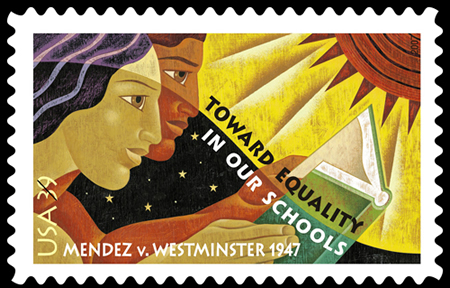

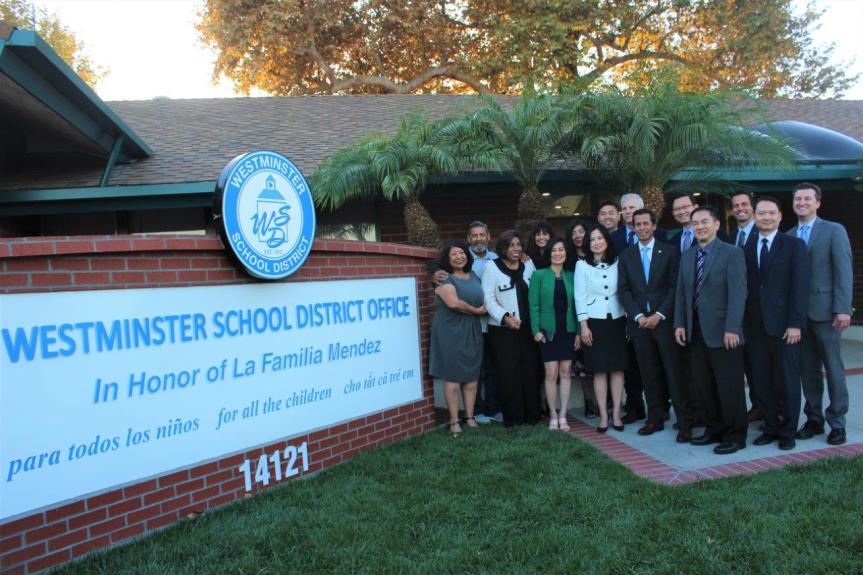
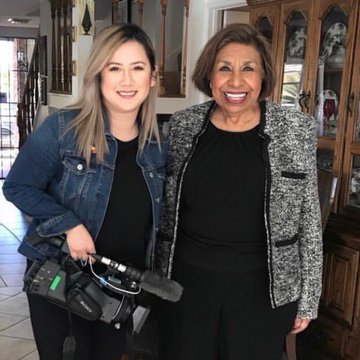
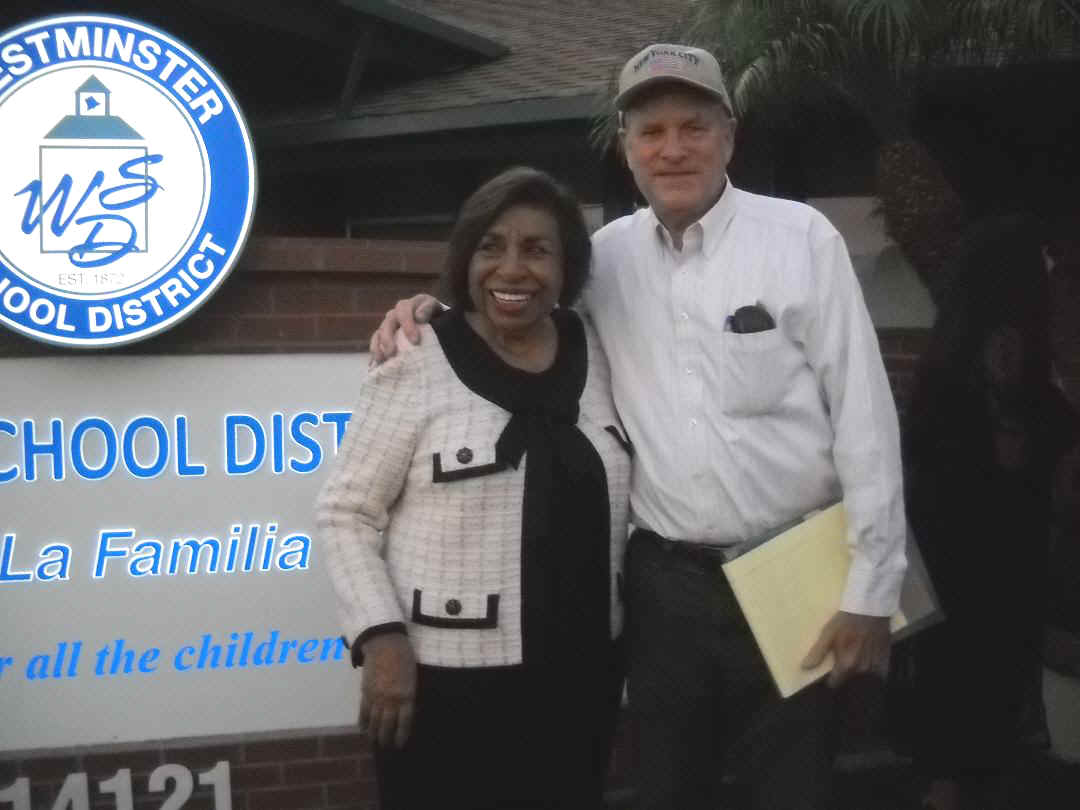
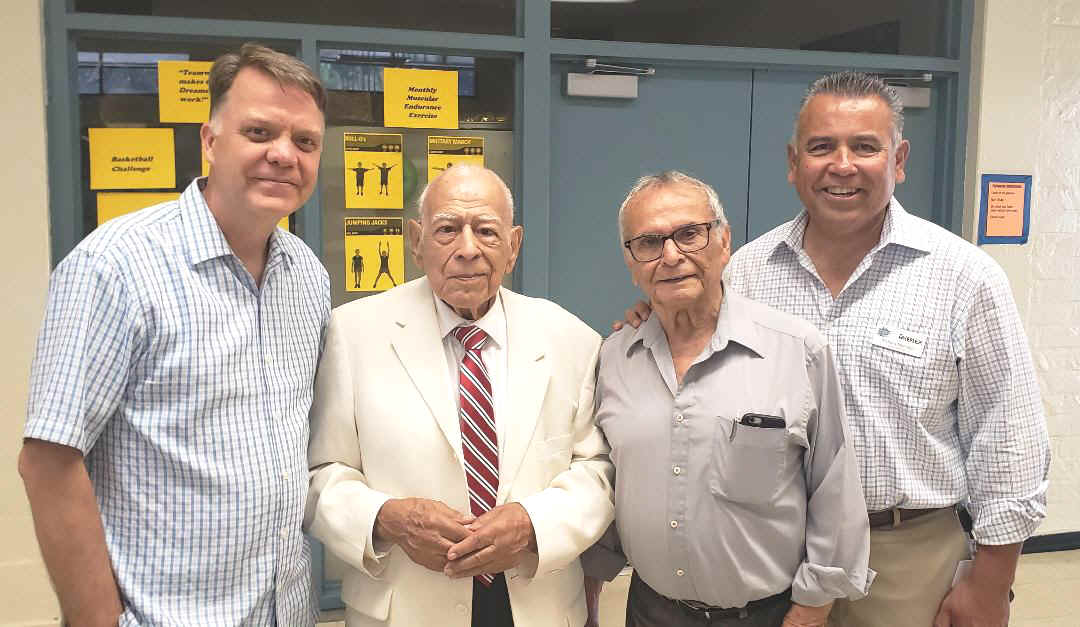
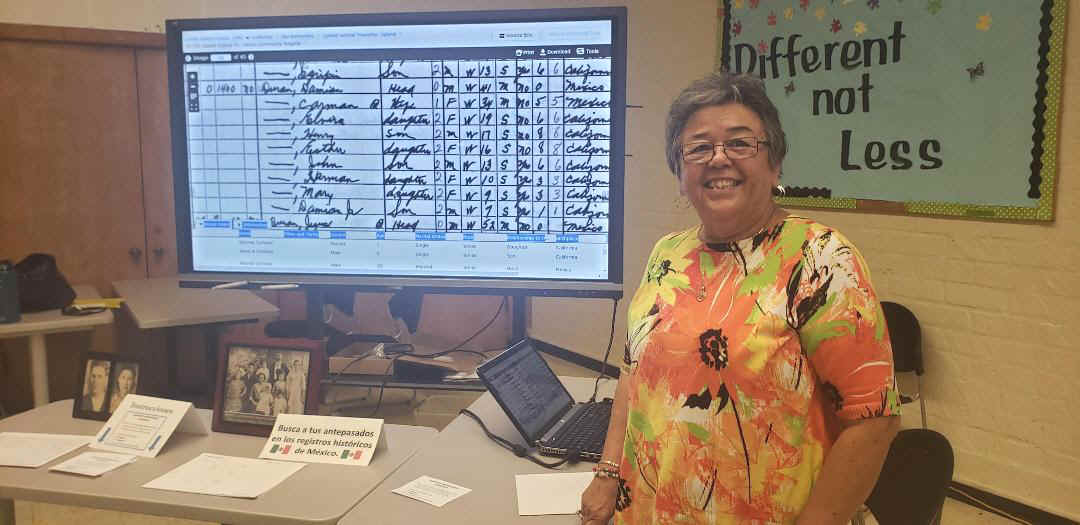
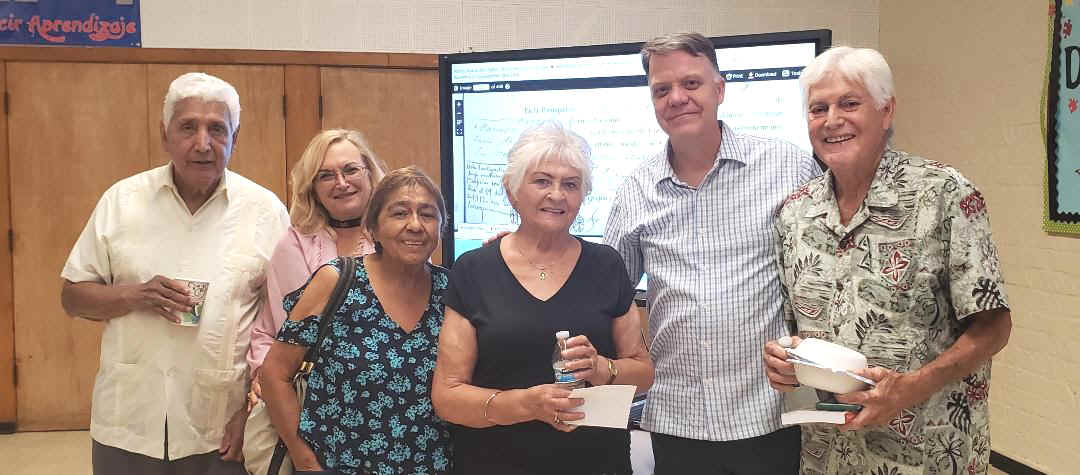
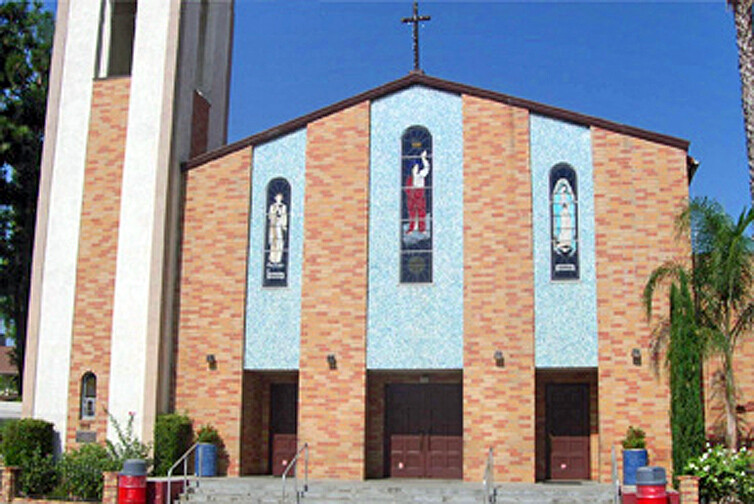


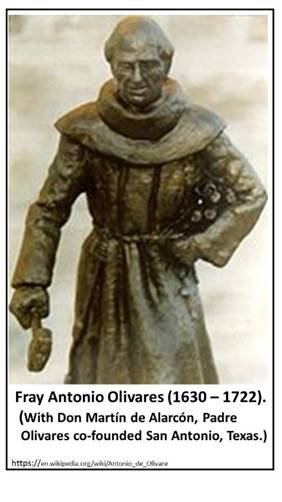
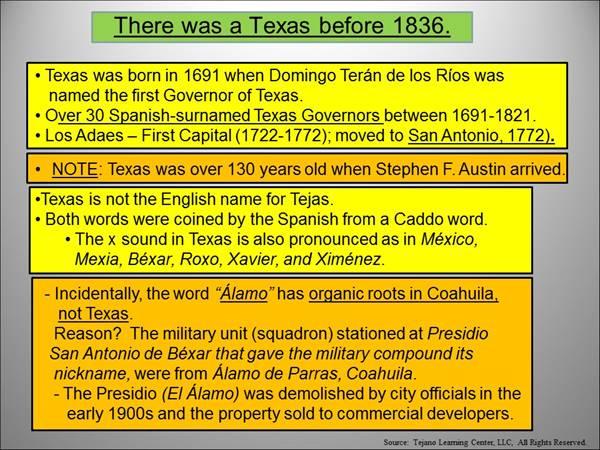
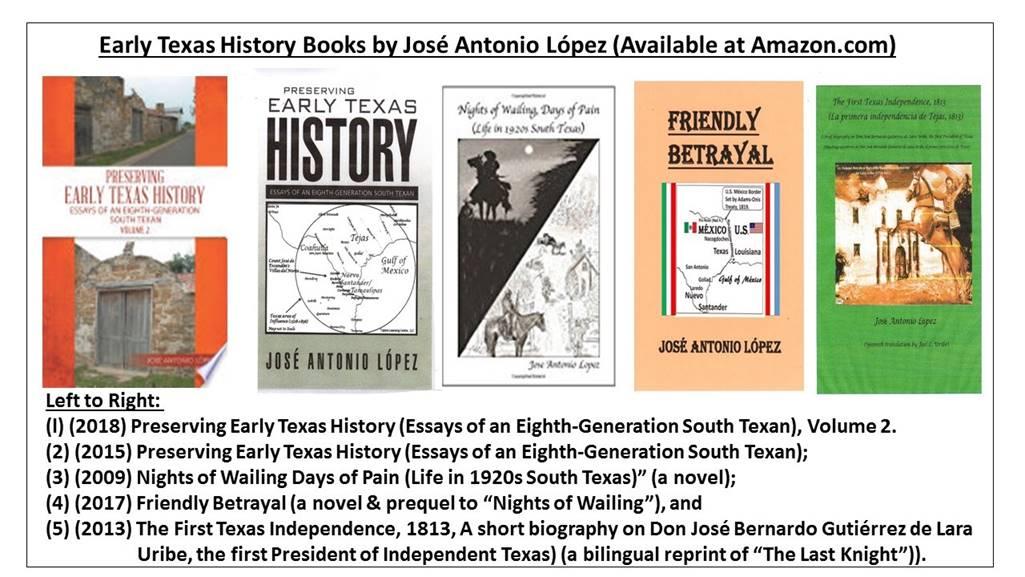
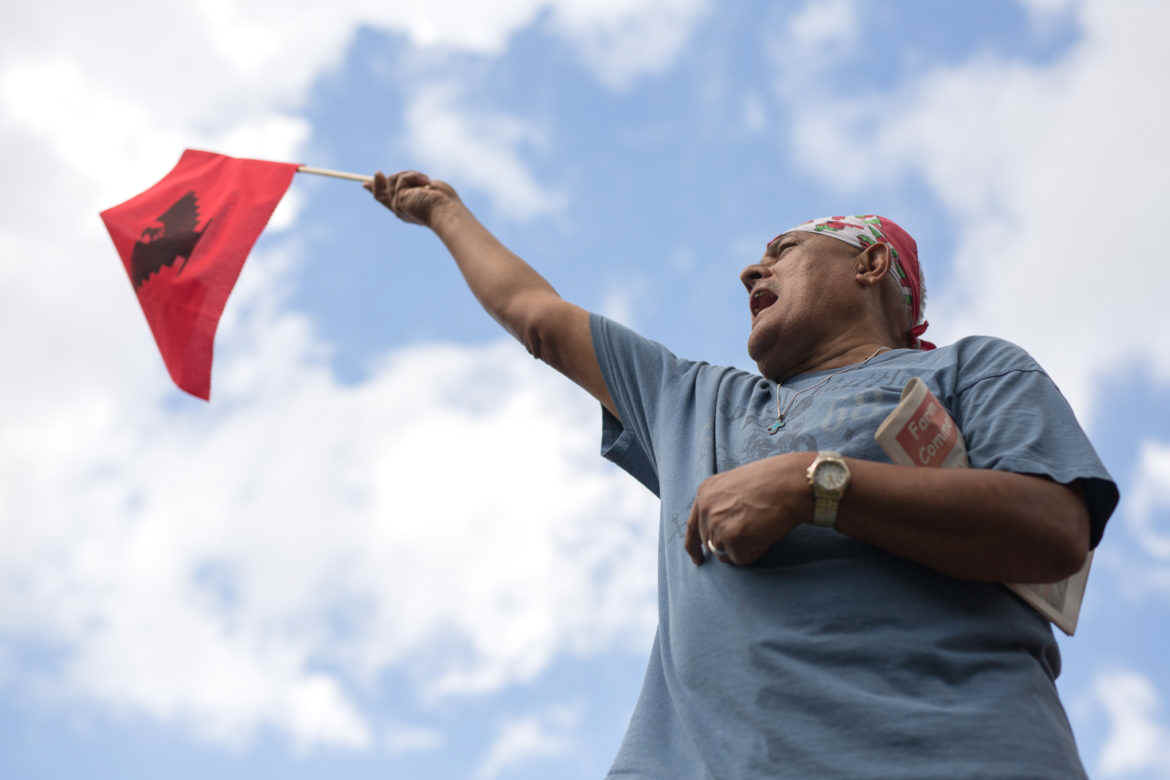


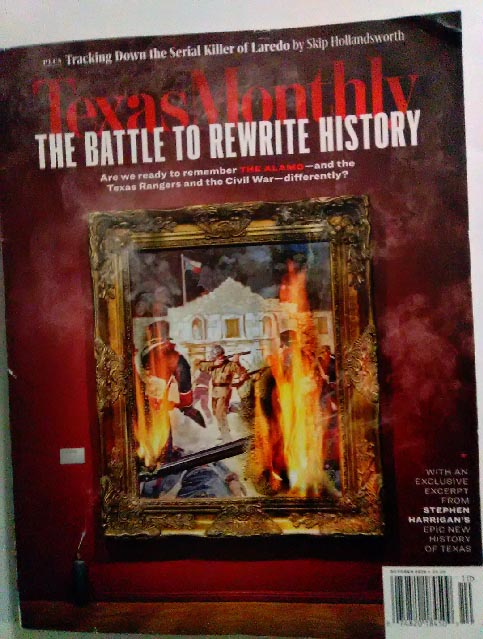 From my own personal experience, the battle to rewrite history
started in 1968 when I worked for Dr. Hubert J. Miller, history
professor and chairman of the History Department at St. Mary's
University. I had my small table in the corner and behind his desk
in a little office on the second floor of the Richter Family
Math-Engineering Building. Working for him was an invaluable
learning experience. The topic that was foremost in his mind and
that he discussed with me on a daily basis was how he planned to
incorporate the study of the Mexican American history and heritage
into the course of History 201--U.S. History to 1877. I typed the
six-page syllabus which contained four pages of bibliography.
From my own personal experience, the battle to rewrite history
started in 1968 when I worked for Dr. Hubert J. Miller, history
professor and chairman of the History Department at St. Mary's
University. I had my small table in the corner and behind his desk
in a little office on the second floor of the Richter Family
Math-Engineering Building. Working for him was an invaluable
learning experience. The topic that was foremost in his mind and
that he discussed with me on a daily basis was how he planned to
incorporate the study of the Mexican American history and heritage
into the course of History 201--U.S. History to 1877. I typed the
six-page syllabus which contained four pages of bibliography.
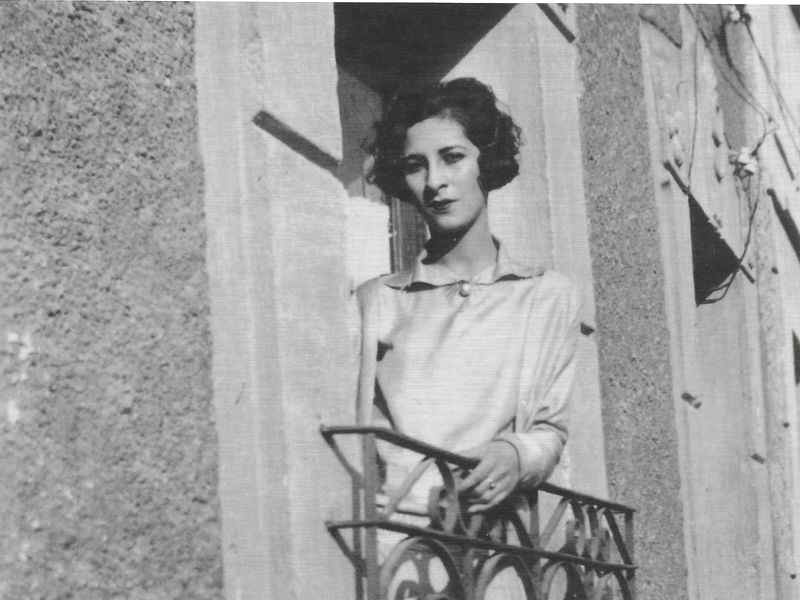
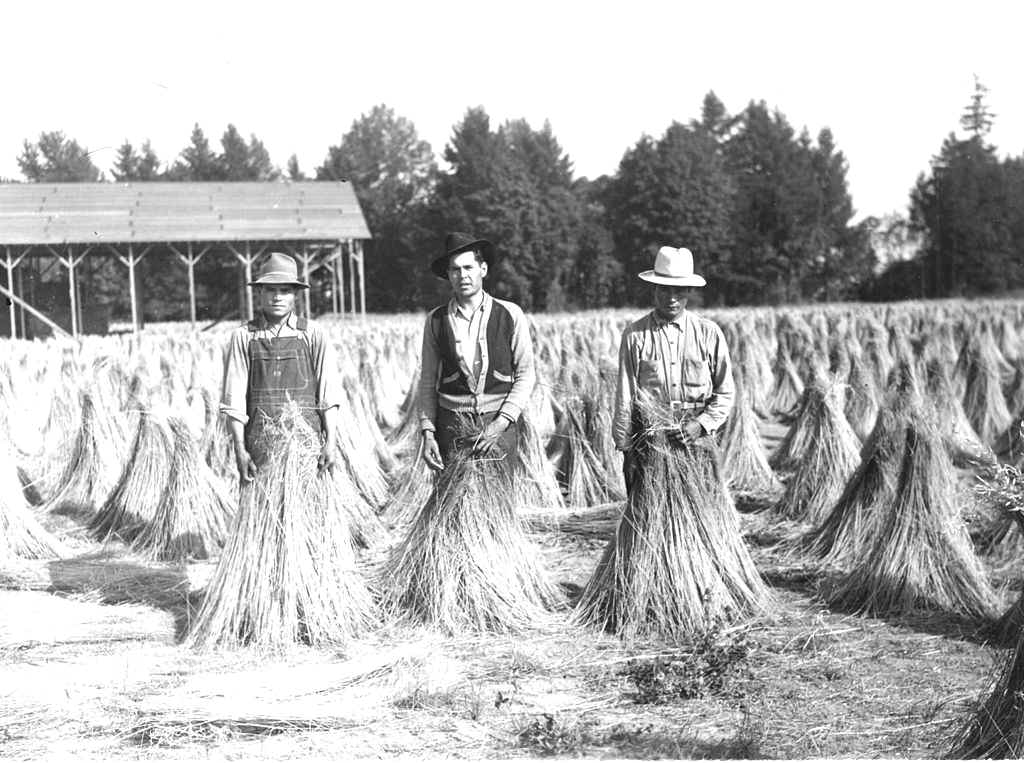
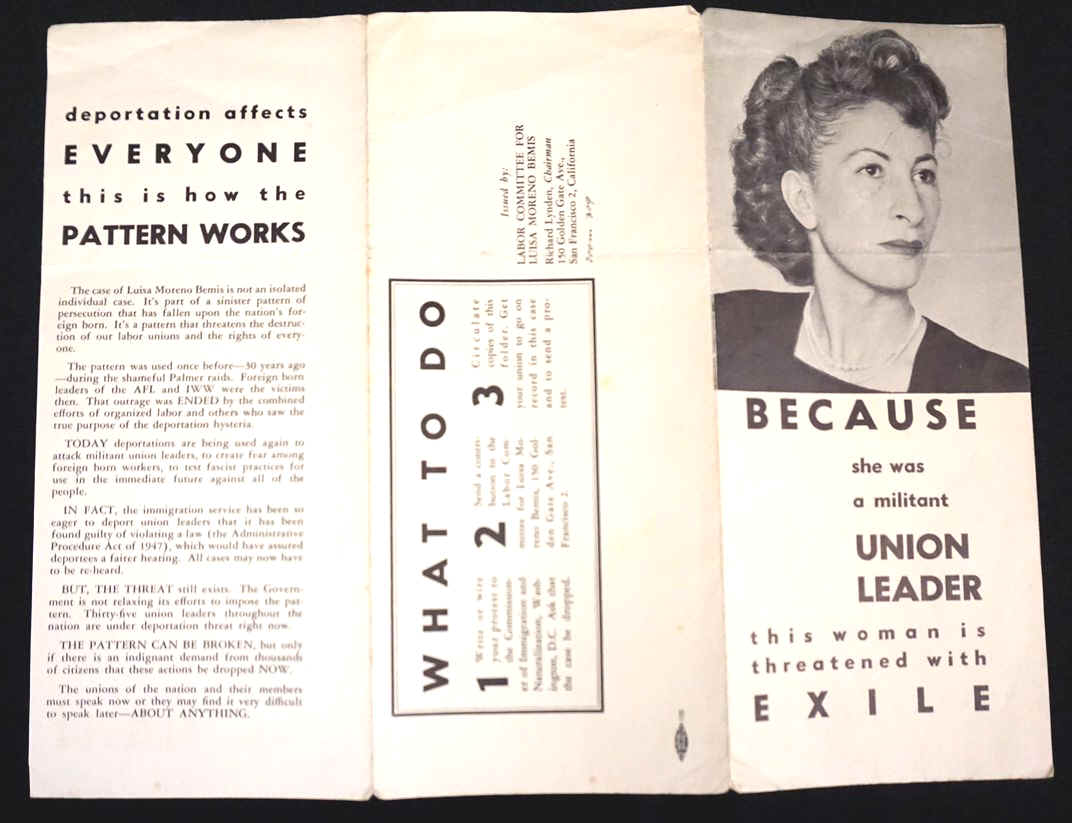
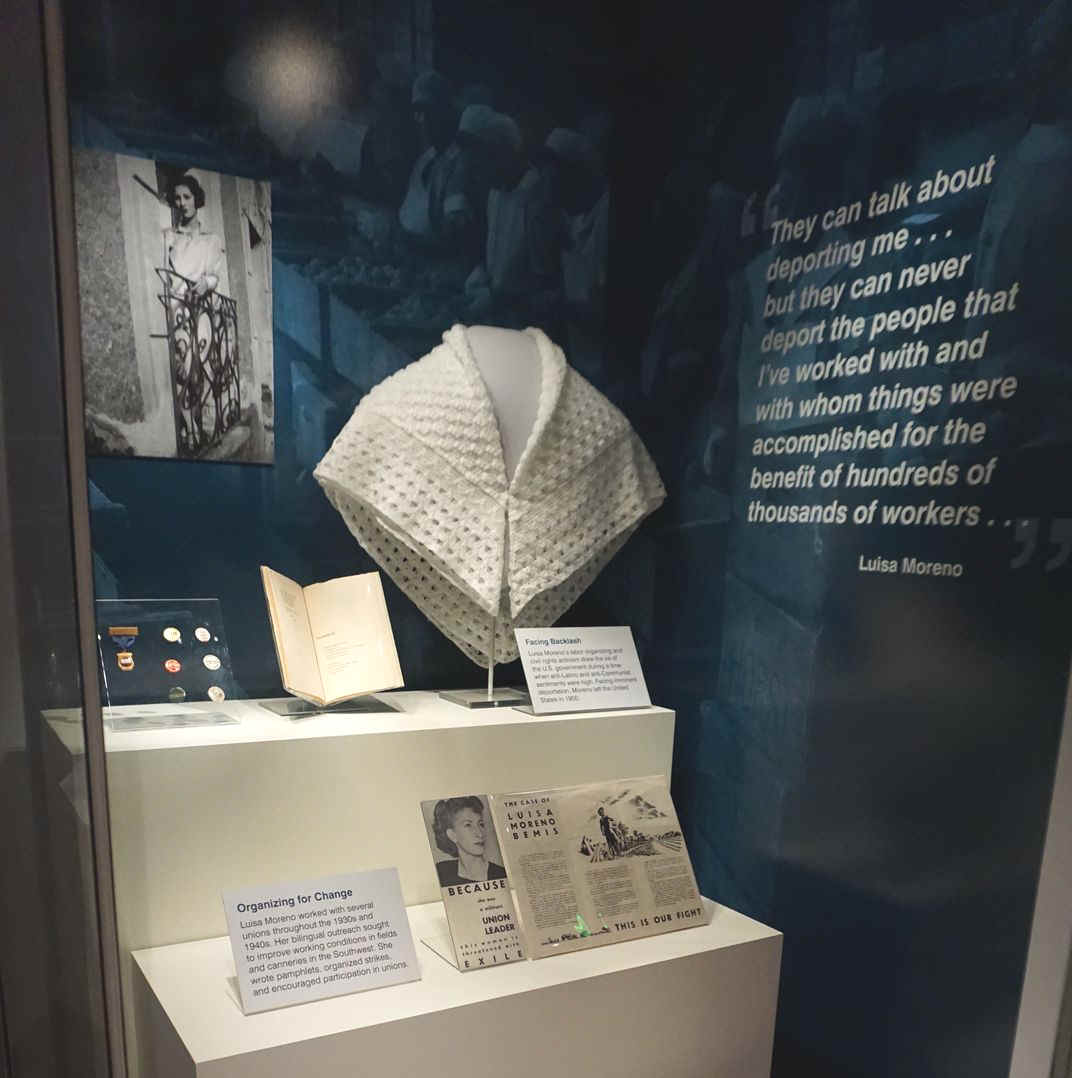
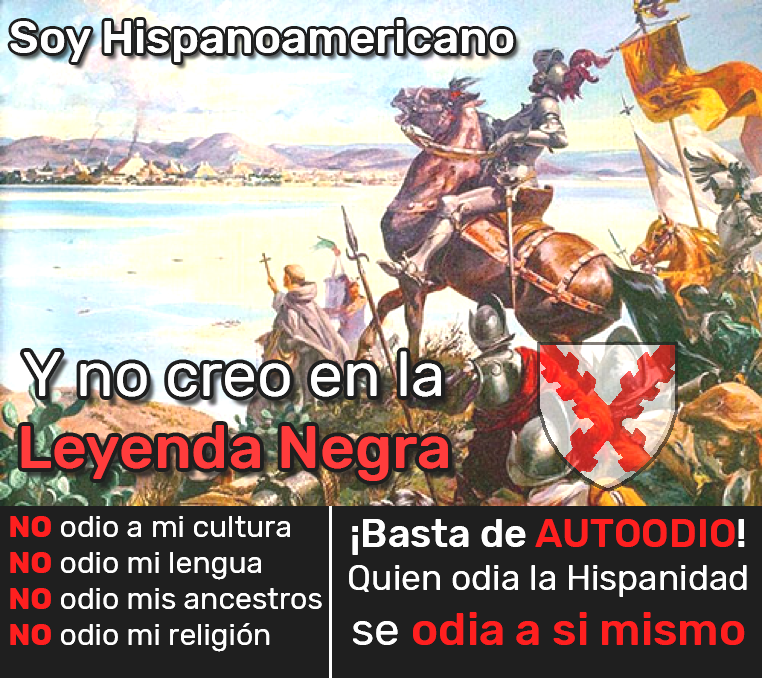
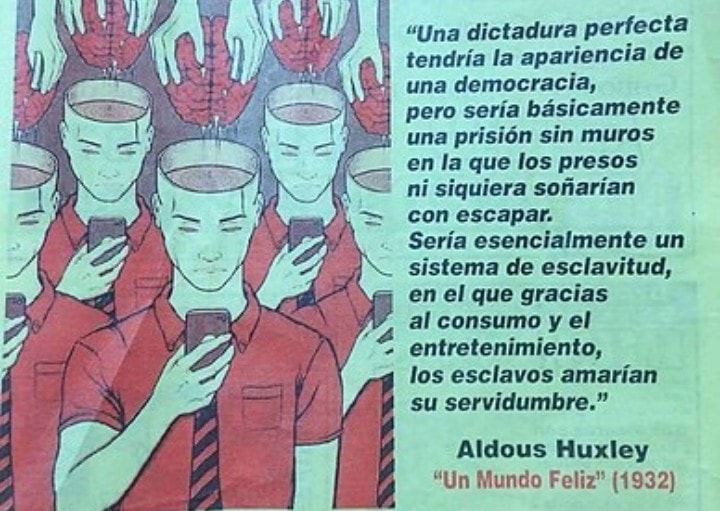
 WASHINGTON—Michelle
Malkin, author and political commentator, was inspired to write her
newest book after caravans of migrants from Central America began
piling illegally across the U.S.–Mexico border in November 2018.
WASHINGTON—Michelle
Malkin, author and political commentator, was inspired to write her
newest book after caravans of migrants from Central America began
piling illegally across the U.S.–Mexico border in November 2018.
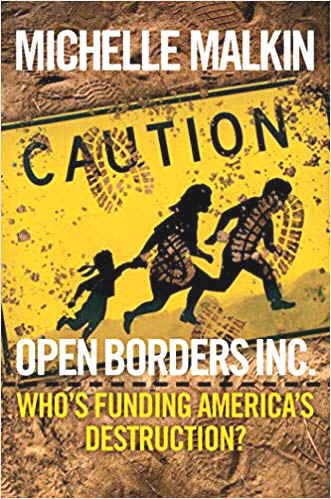 Malkin
names hundreds of nonprofit groups and churches, with billion-dollar
budgets, that are involved in eliminating America’s borders and
creating a global governance. She names corporations, Silicon Valley
CEOs, and Hollywood elites who push for a borderless America, and
the liberal media that she says is complicit. She calls hedge fund
billionaire George Soros the CEO of “Open Borders Inc.”
Malkin
names hundreds of nonprofit groups and churches, with billion-dollar
budgets, that are involved in eliminating America’s borders and
creating a global governance. She names corporations, Silicon Valley
CEOs, and Hollywood elites who push for a borderless America, and
the liberal media that she says is complicit. She calls hedge fund
billionaire George Soros the CEO of “Open Borders Inc.”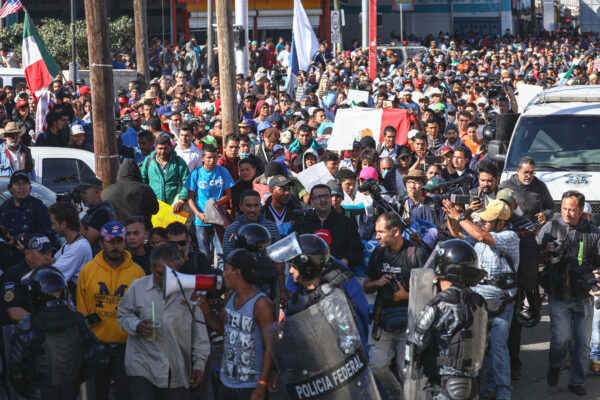 “Many
of them [are] either subsidized by George Soros or ensconced in
far-left law schools. [They] go down to the border and are providing
a plethora of ‘Know Your Rights’ seminars, essentially coaching
people to undermine the integrity of our asylum system by giving
them fake stories,” she said.
“Many
of them [are] either subsidized by George Soros or ensconced in
far-left law schools. [They] go down to the border and are providing
a plethora of ‘Know Your Rights’ seminars, essentially coaching
people to undermine the integrity of our asylum system by giving
them fake stories,” she said.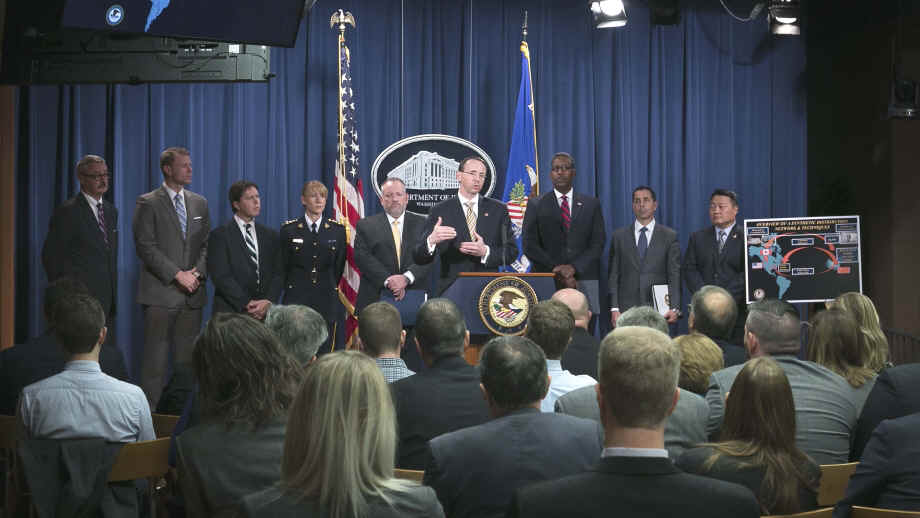
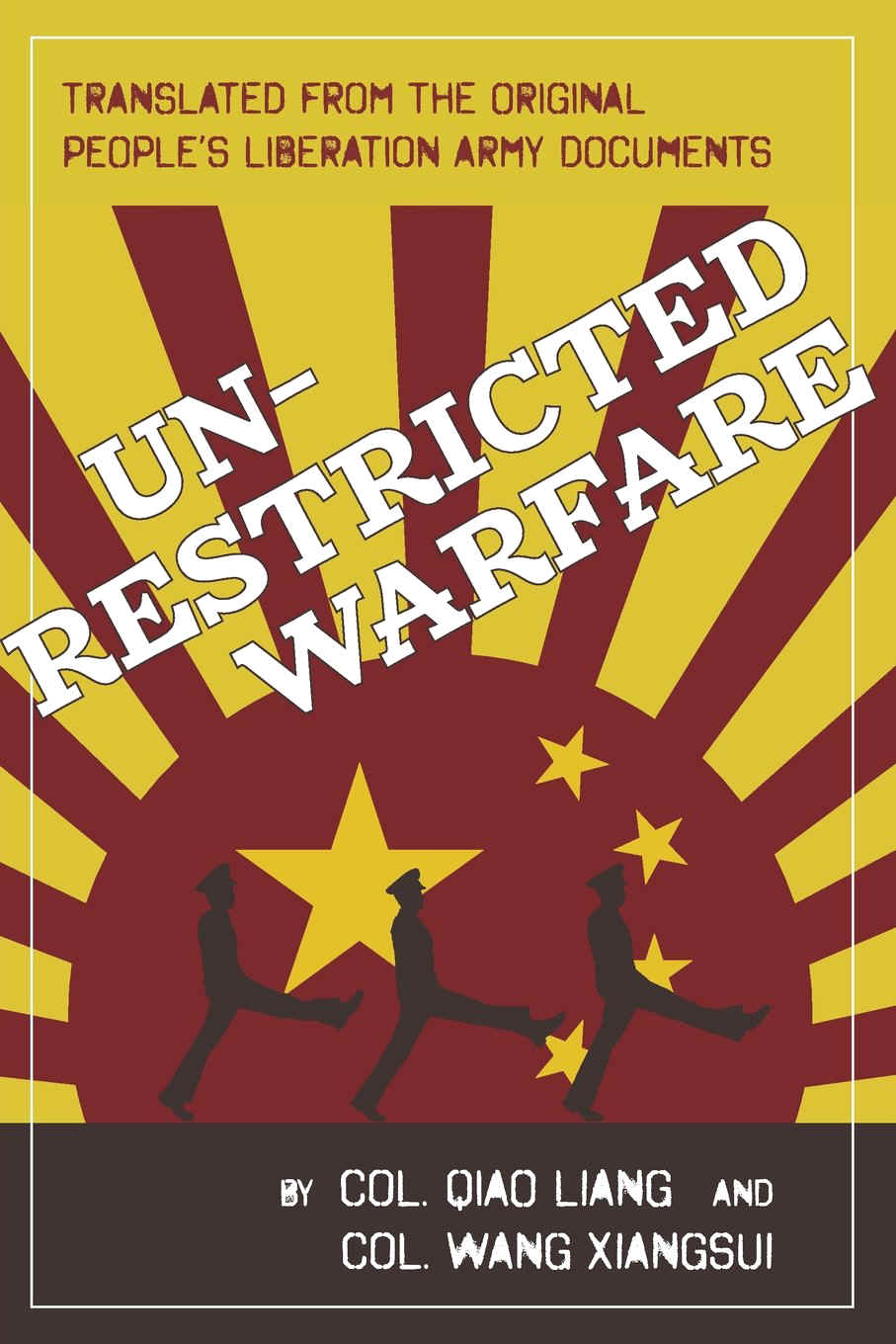 Jeff
Nyquist, an author and researcher of Chinese and Russian
strategy, said corruption is the “overriding element”
governing why Beijing is engaging in drug warfare. He told The
Epoch Times that the fentanyl trafficking ultimately leads to
the infiltration of the United States.
Jeff
Nyquist, an author and researcher of Chinese and Russian
strategy, said corruption is the “overriding element”
governing why Beijing is engaging in drug warfare. He told The
Epoch Times that the fentanyl trafficking ultimately leads to
the infiltration of the United States.

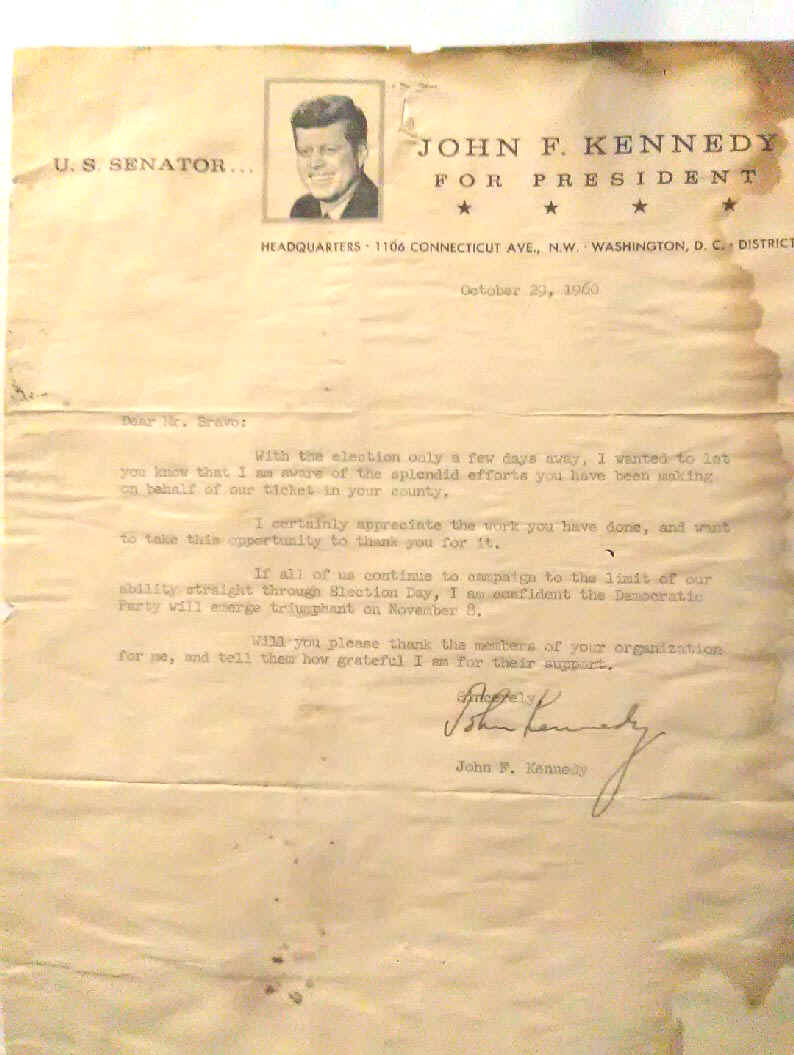
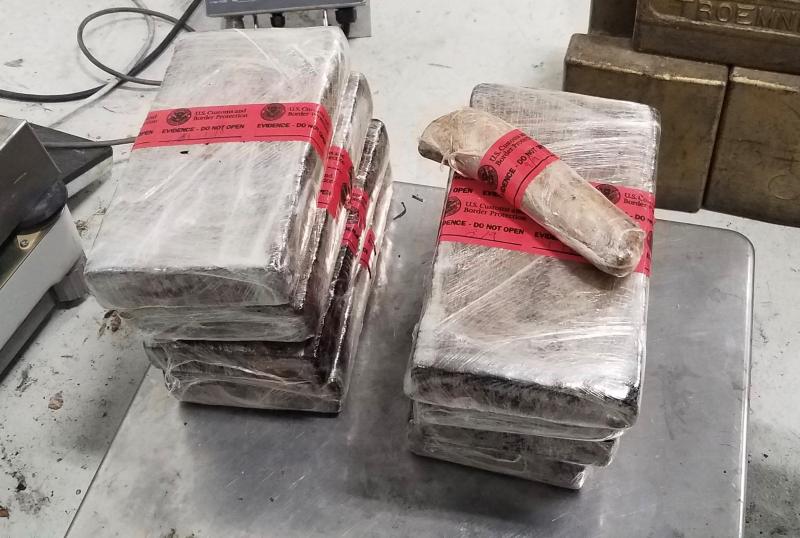


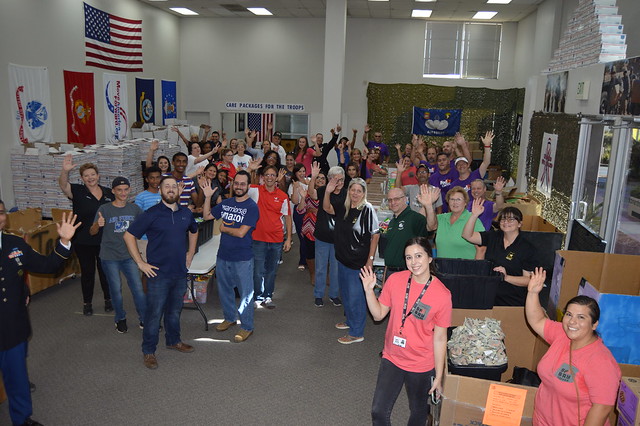
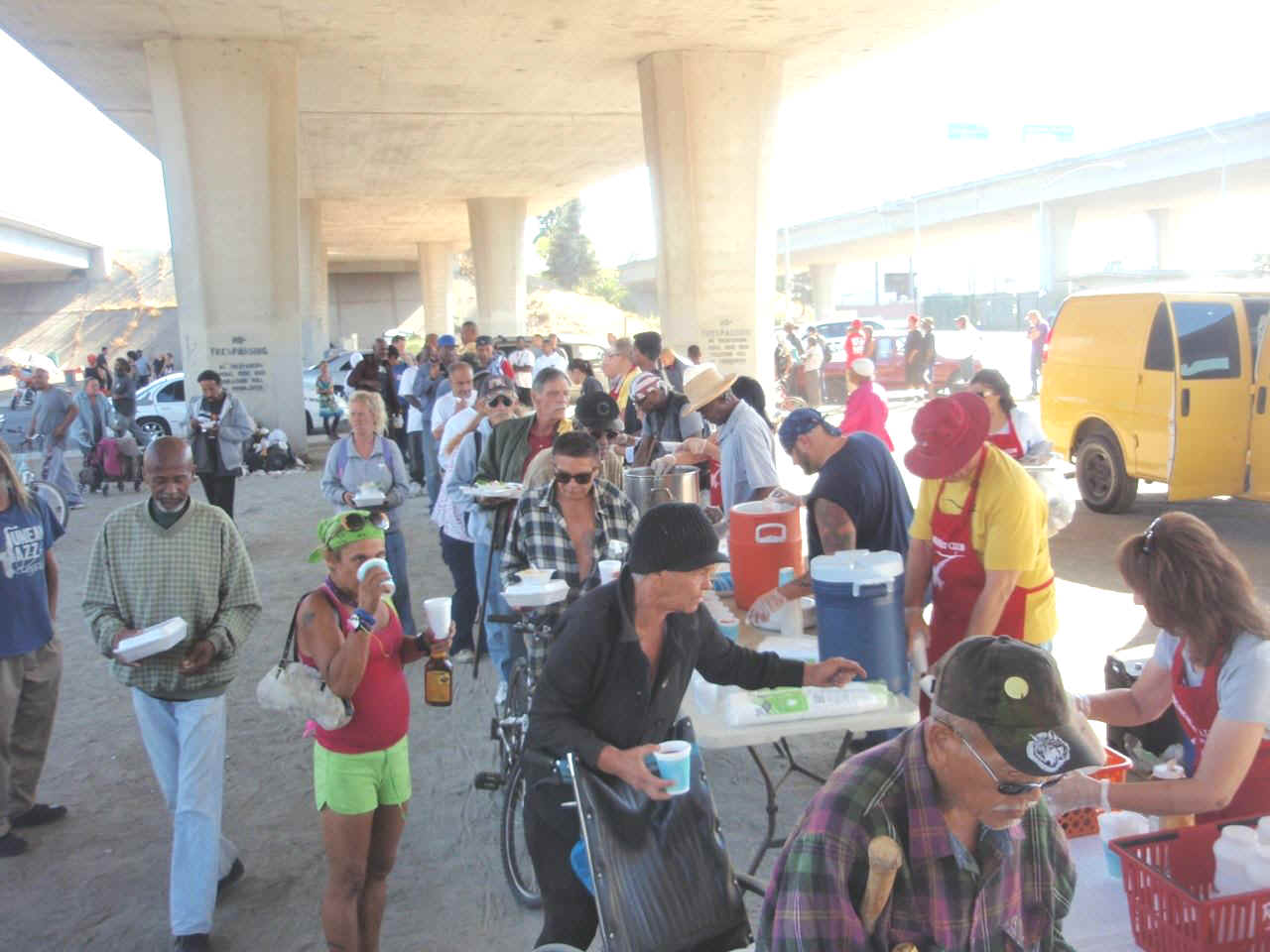
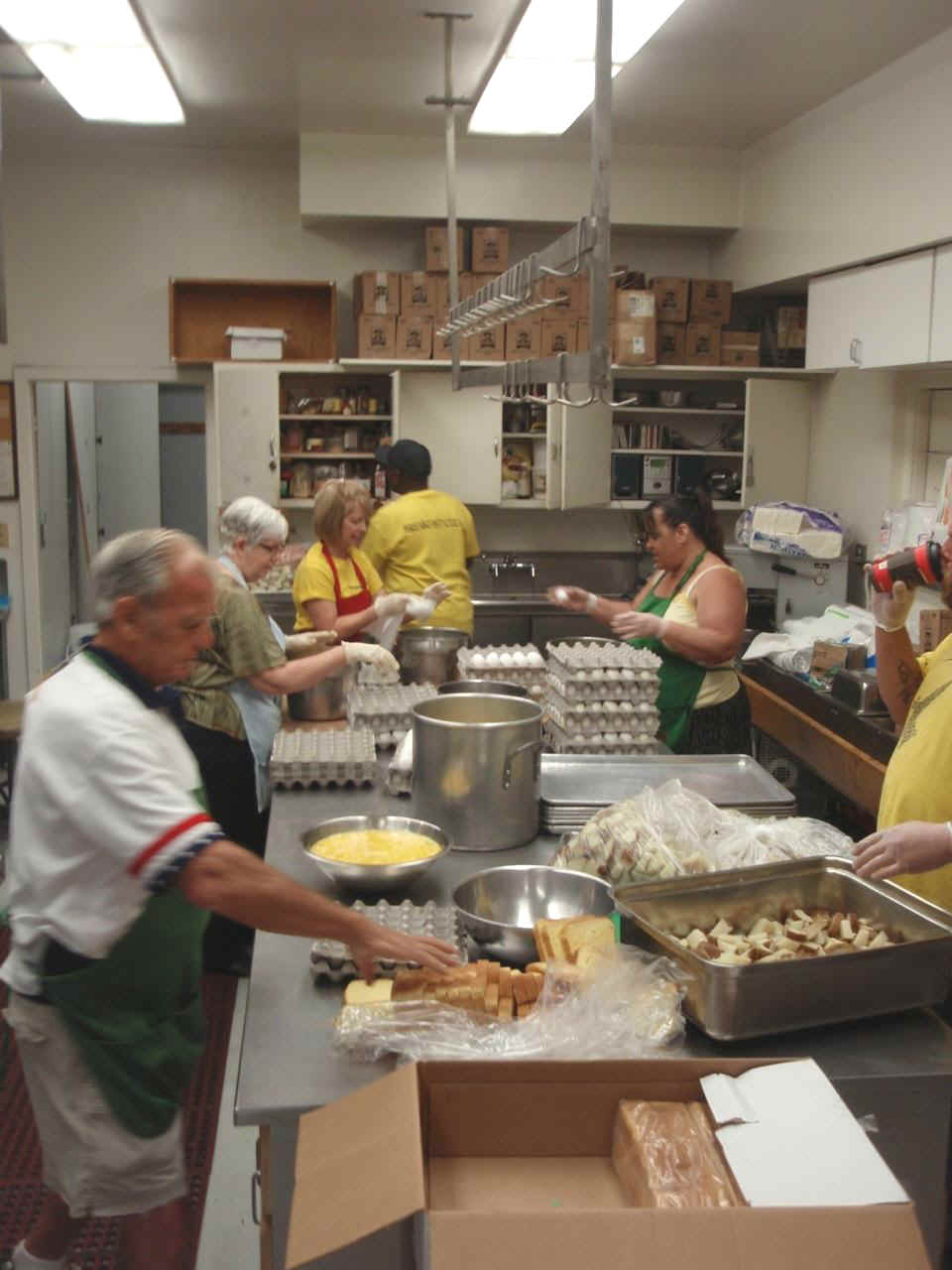

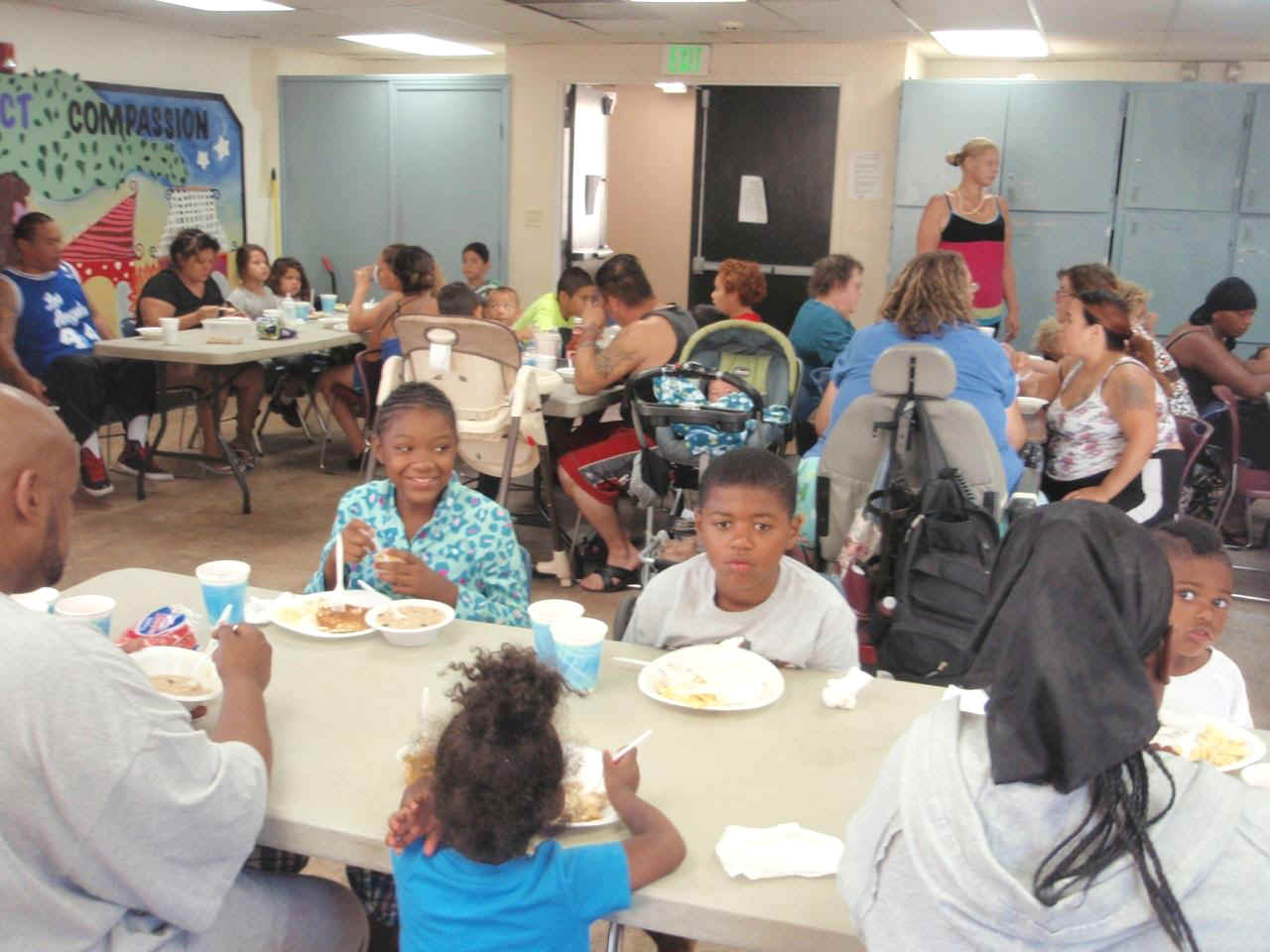
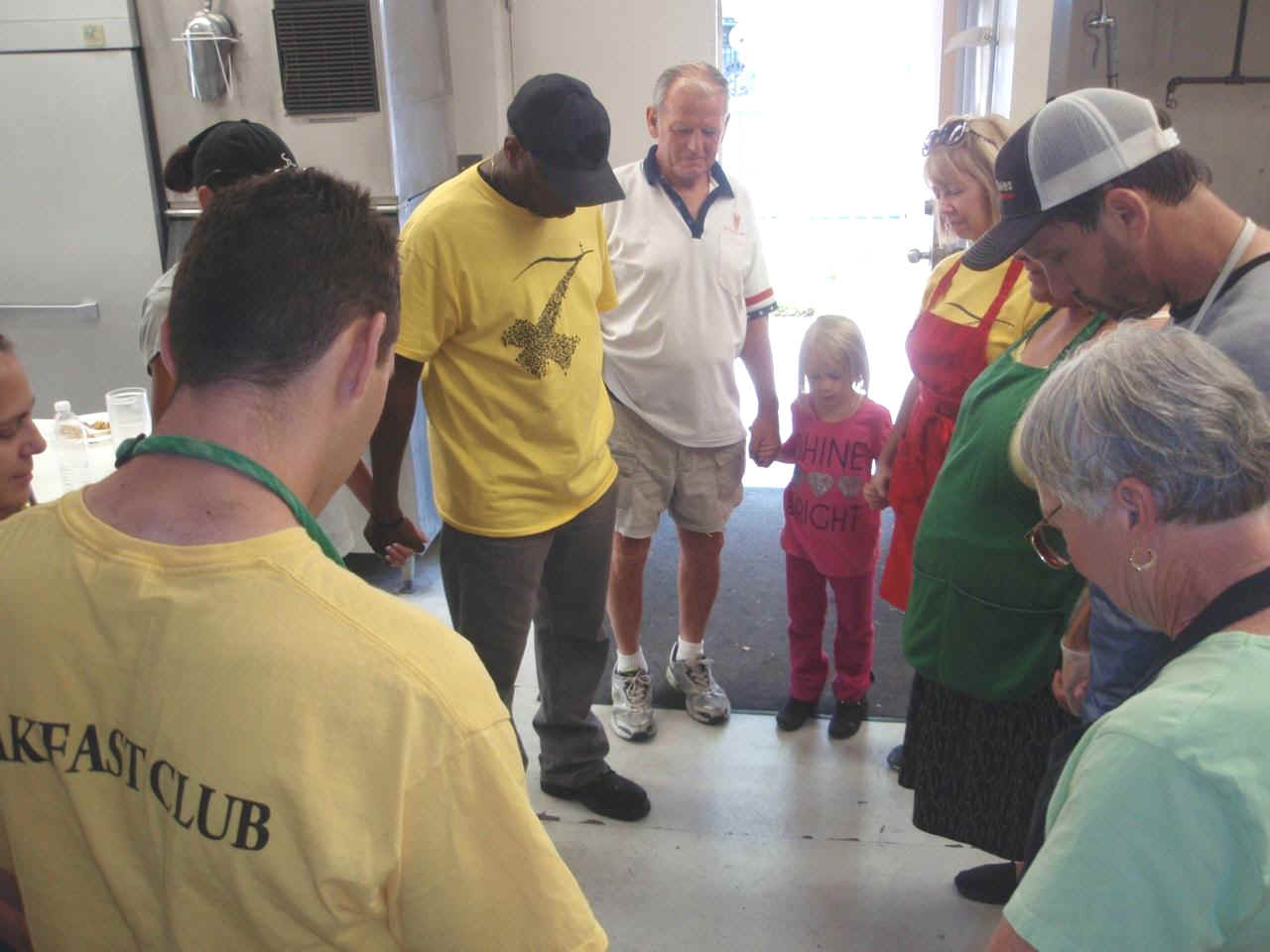
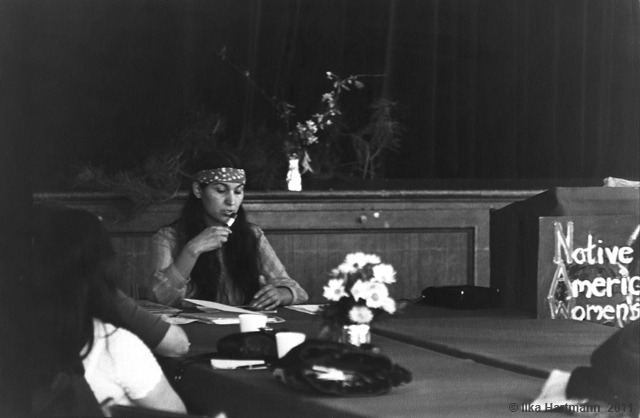
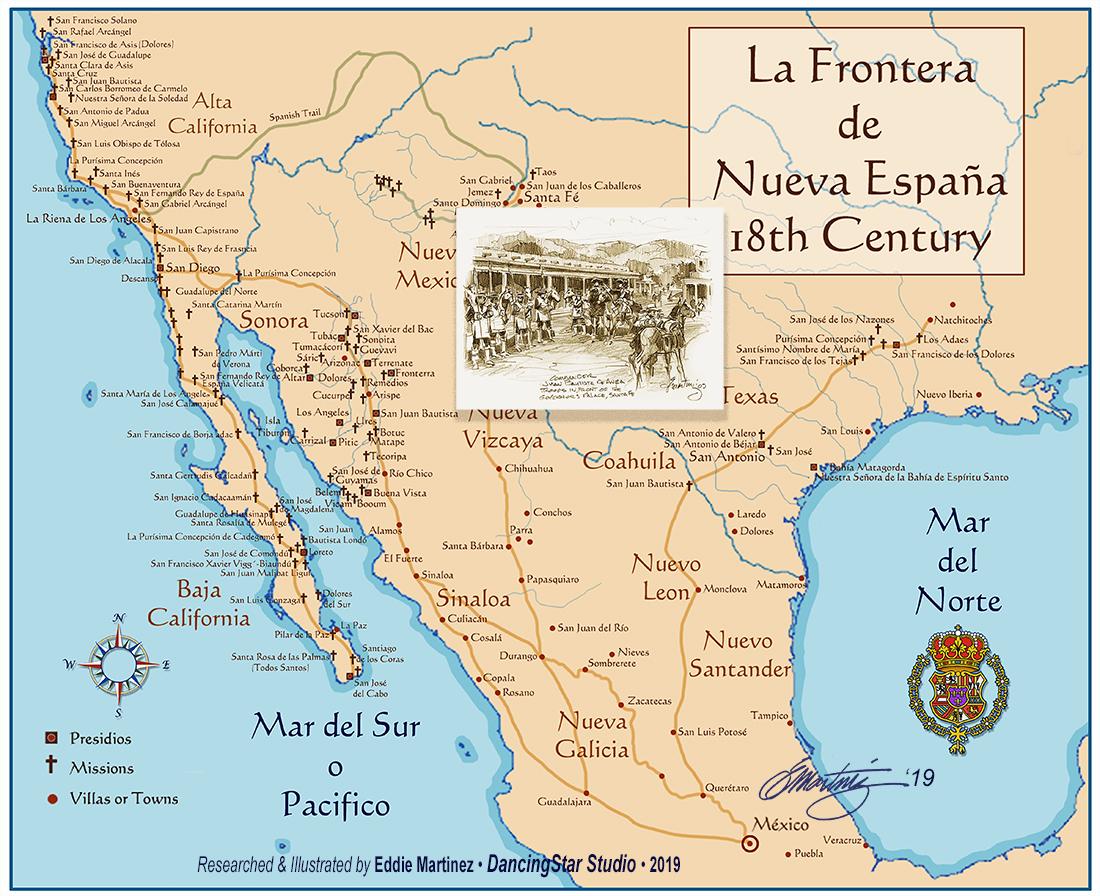
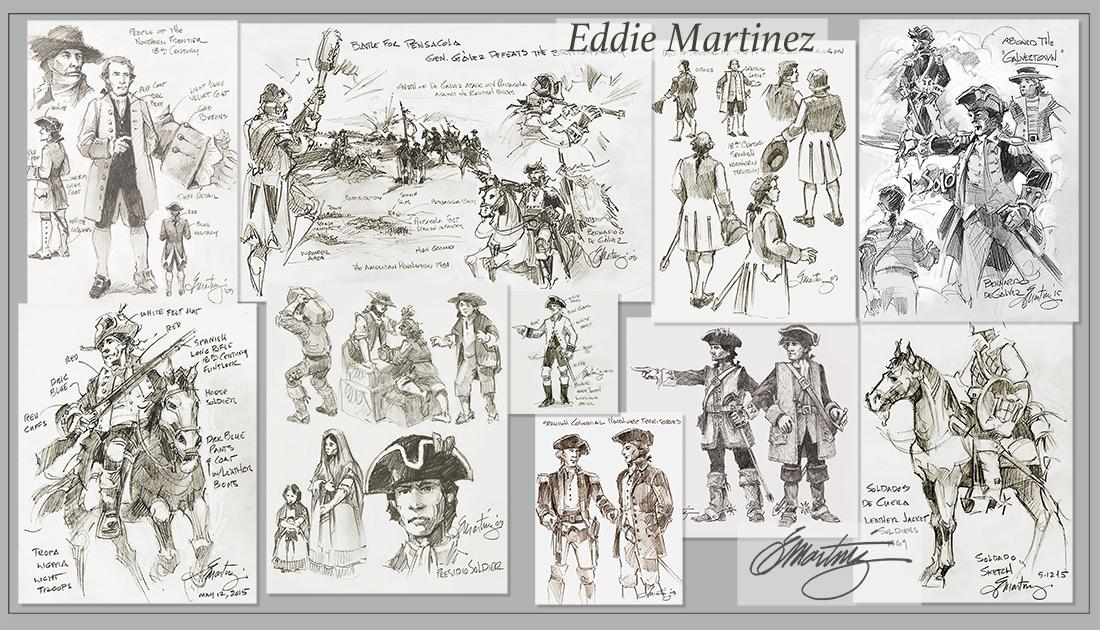
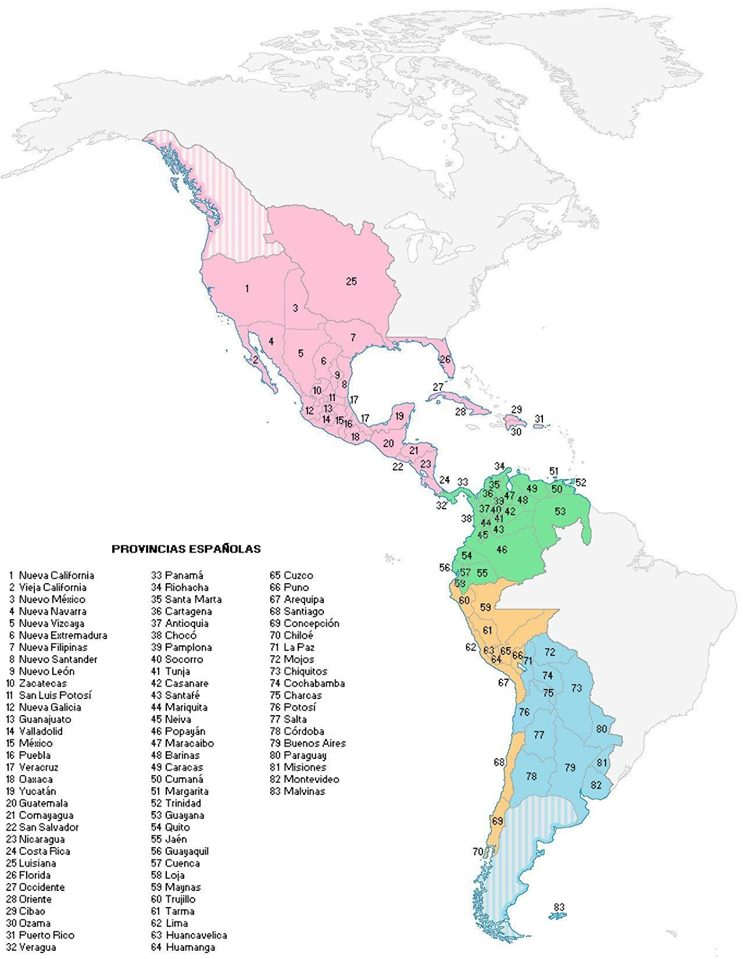
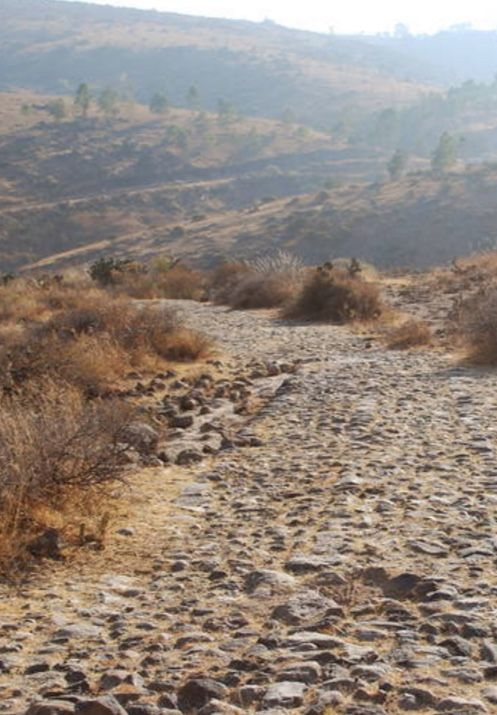 Para
un viajero curioso, la historia de los Estados Unidos de América es
también un relato de caminos y fronteras. Referente por ejemplo a
la presencia europea, una de sus páginas más tempranas y
fascinantes son las rutas españolas que se extendían por toda
América del Norte. Iban desde los límites de México hasta la
frontera canadiense y Alaska por el norte, y transversalmente
atravesando el país desde la Florida hasta California.
Para
un viajero curioso, la historia de los Estados Unidos de América es
también un relato de caminos y fronteras. Referente por ejemplo a
la presencia europea, una de sus páginas más tempranas y
fascinantes son las rutas españolas que se extendían por toda
América del Norte. Iban desde los límites de México hasta la
frontera canadiense y Alaska por el norte, y transversalmente
atravesando el país desde la Florida hasta California.
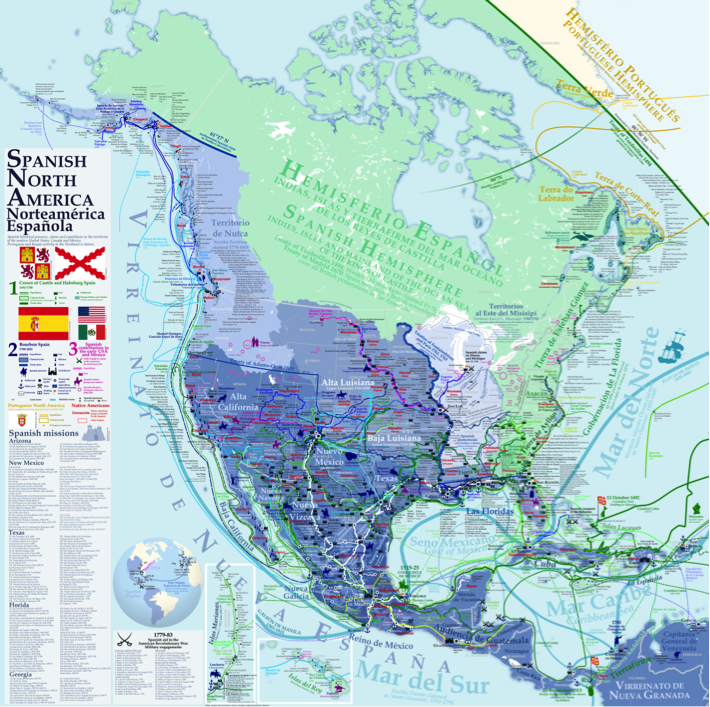
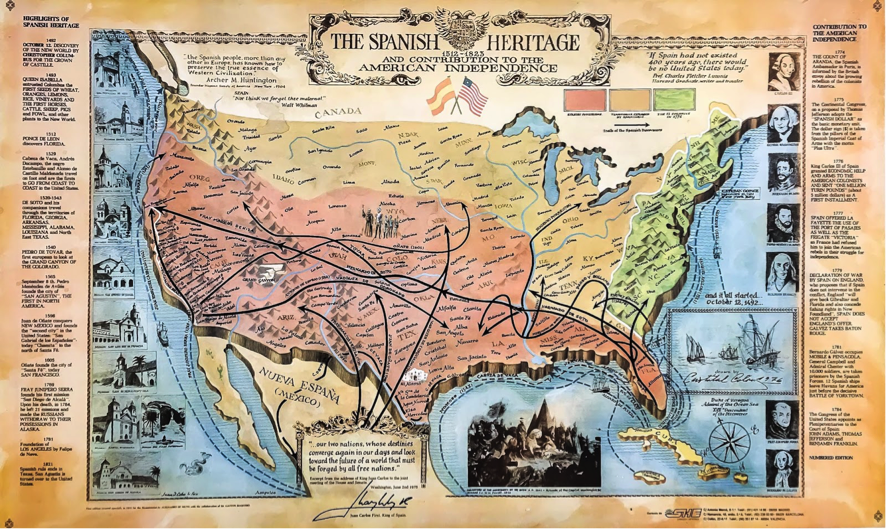
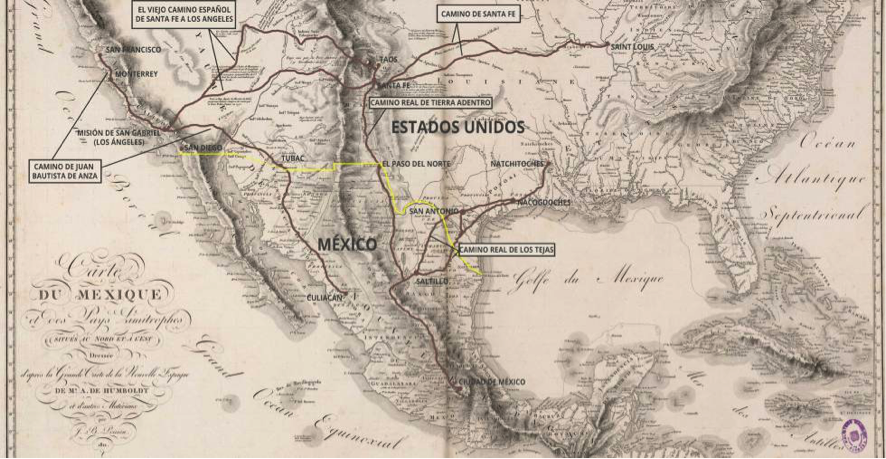
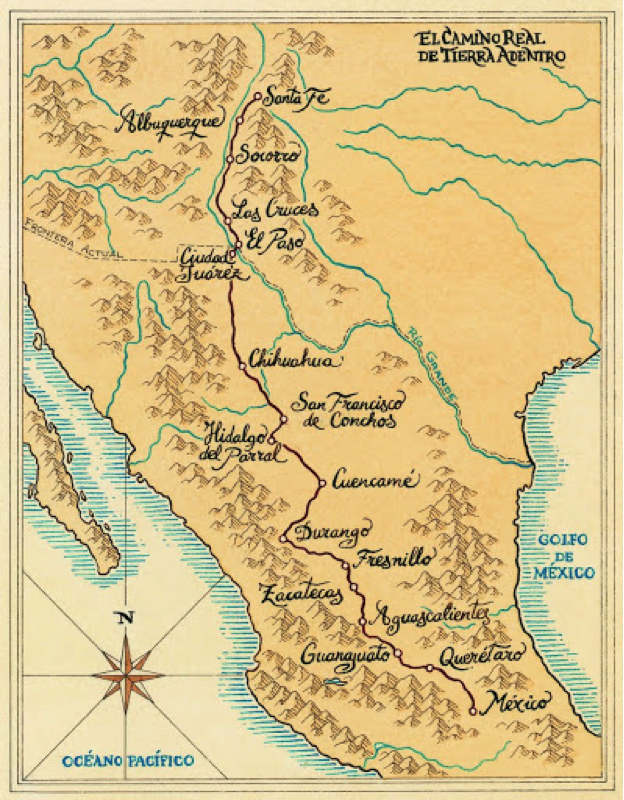
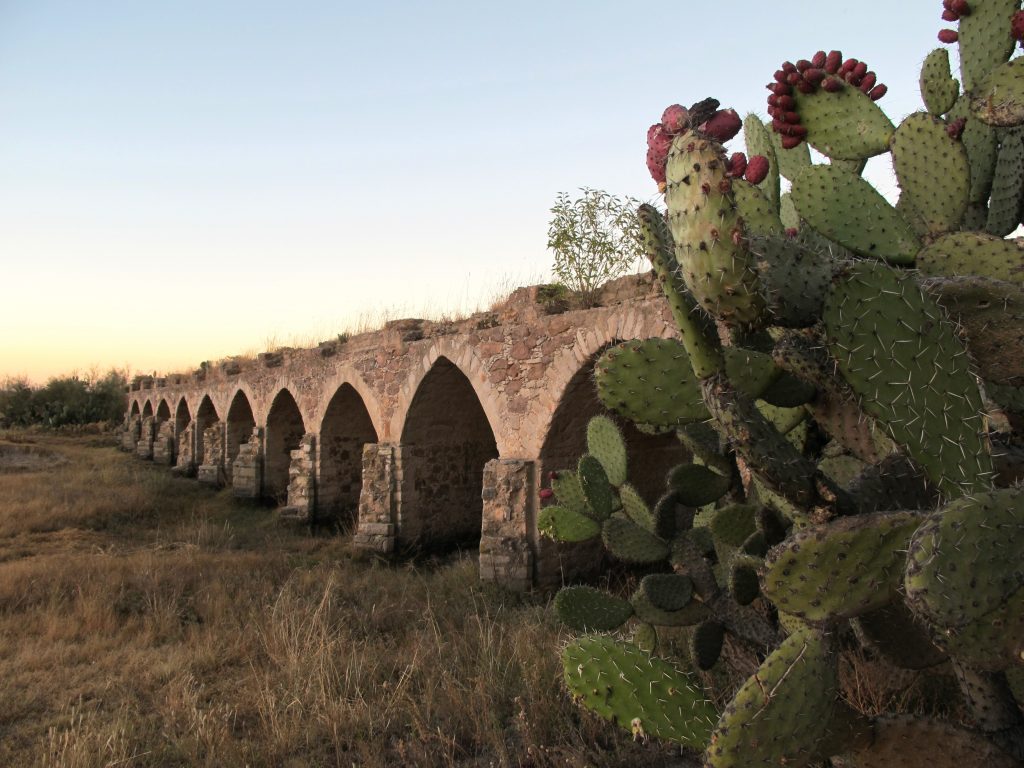
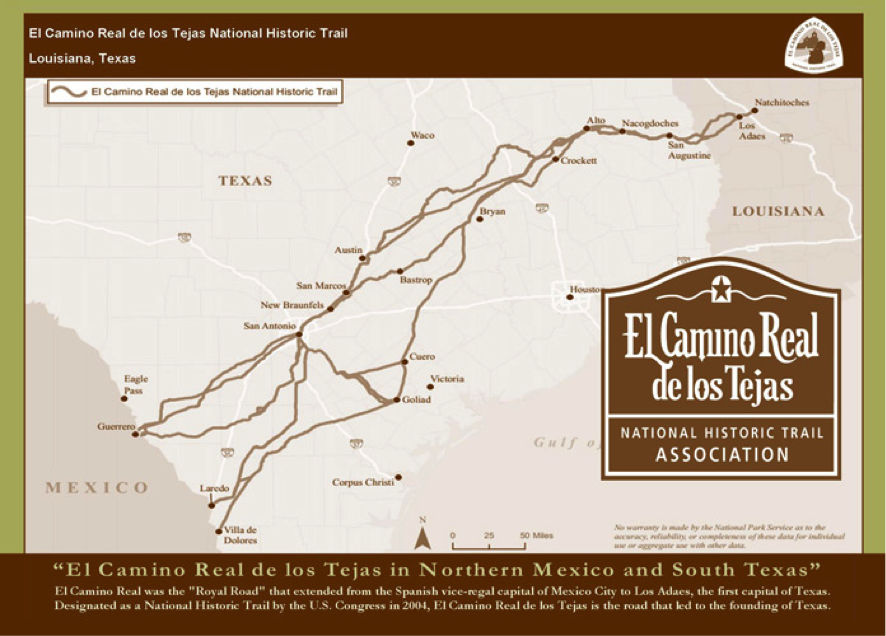
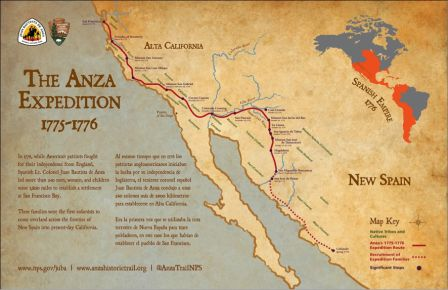
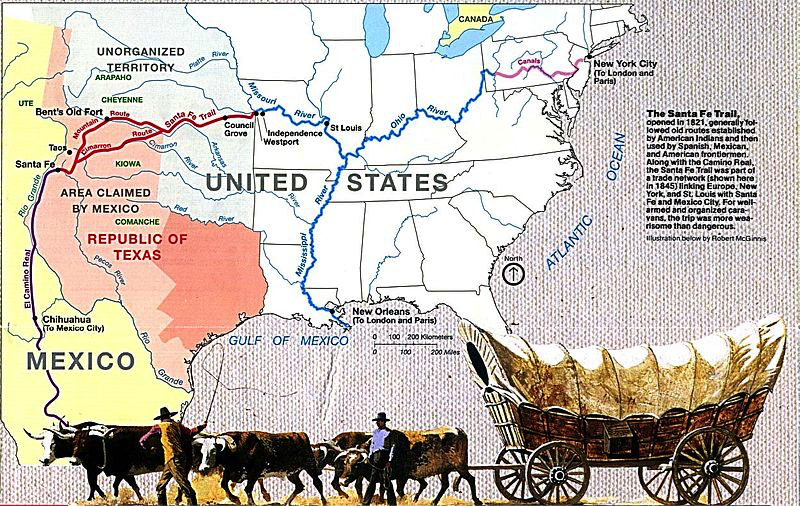
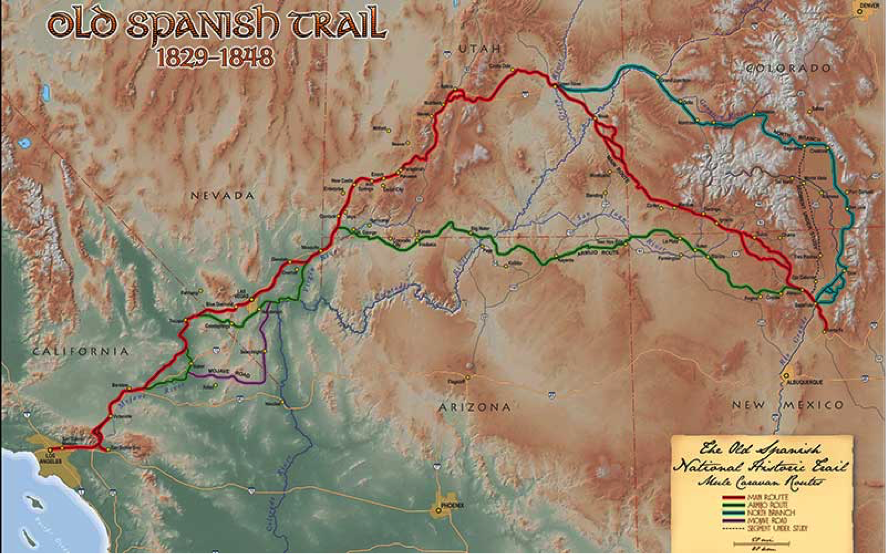
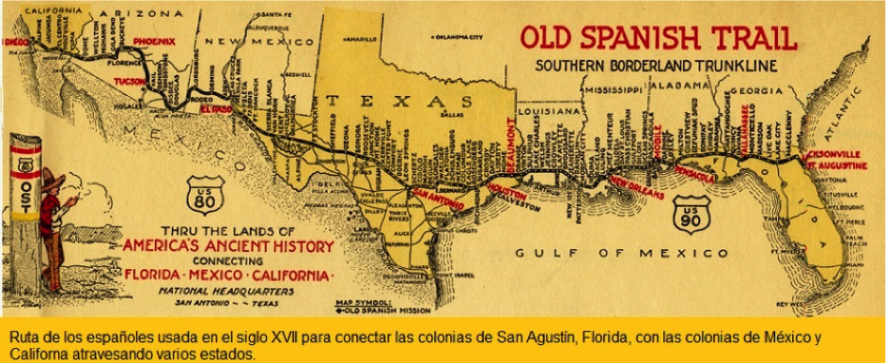

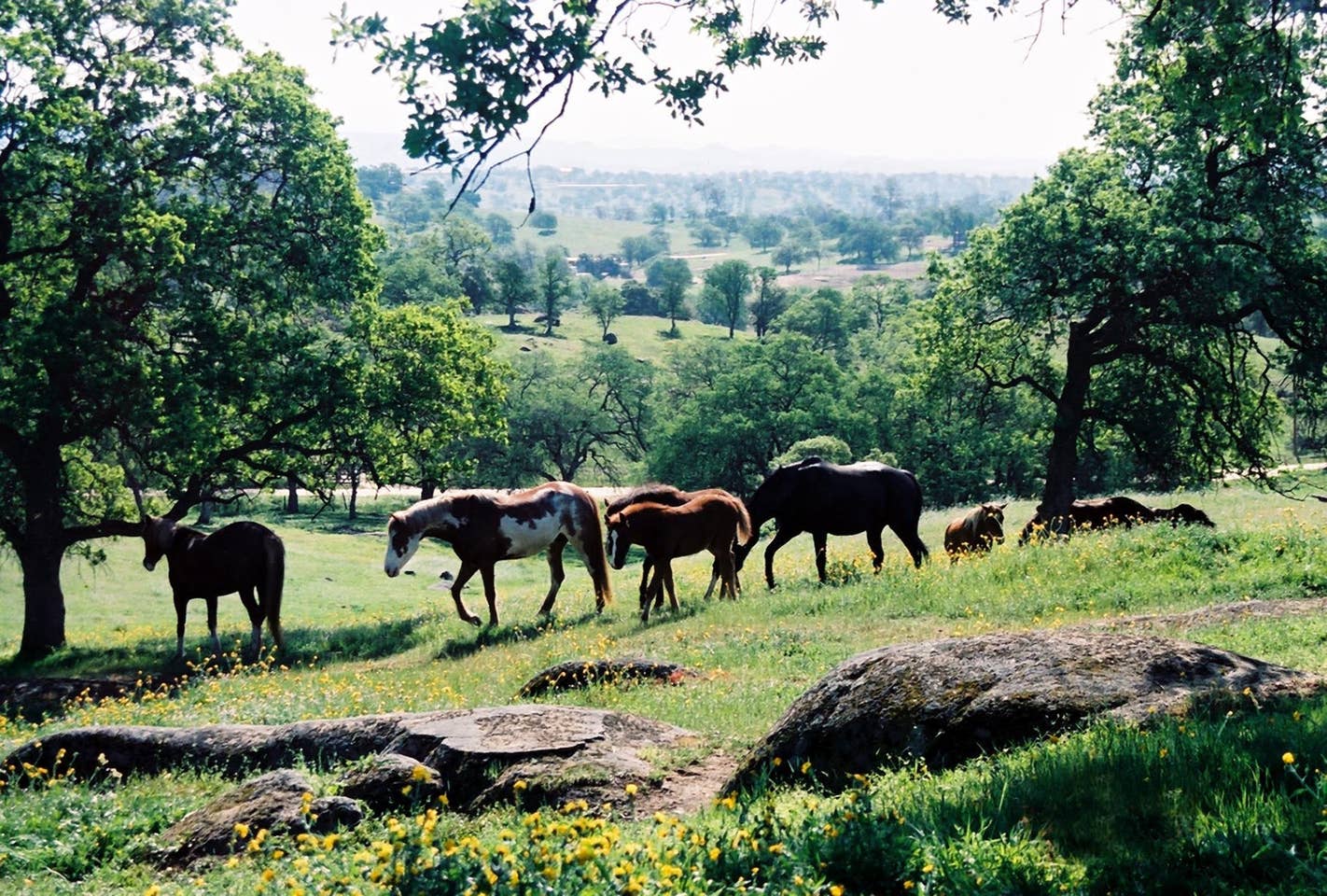
 Descended
from blooded Spanish/Mexican stock originally brought to the New
World by way of seed stock from the Caribbean breeding stations, the
Wilbur-Cruce breed is a fragile, yet healthy, well documented
remnant reaching back to the Mexican ranch and missionary breeding
programs of the 1700 and 1800's that were based in what is now the
American southwest. The last remaining horses trace to an Arizona
ranch established in 1885 with Mexican stock from Father Francisco
Eusibio Kino from his historic Rancho Delores in Sonora, Mexico DNA
Genetic markers for the Garrano of Portugal, the Arabian of the
Middle East, the Turkomen of Central Asia, and the Caspian Horse of
Persia are common ancient markers still found in the Wilbur-Cruce
horses. Weighing in between 700-800 pounds and ranging from 13 to
nearly 15 hands, the three distinct types originally brought to
Mexico by the Spanish survive today - the athletic Barb ranch
working type, the more refined jennet riding horse, and the bold
Carthusian/Villano warhorse type in a wide color pallet that
includes most solid colors as well as tobiano, overo, and sabino.
Numbering less than 150, the range of the Wilbur-Cruce is restricted
to California and the American Southwest.
Descended
from blooded Spanish/Mexican stock originally brought to the New
World by way of seed stock from the Caribbean breeding stations, the
Wilbur-Cruce breed is a fragile, yet healthy, well documented
remnant reaching back to the Mexican ranch and missionary breeding
programs of the 1700 and 1800's that were based in what is now the
American southwest. The last remaining horses trace to an Arizona
ranch established in 1885 with Mexican stock from Father Francisco
Eusibio Kino from his historic Rancho Delores in Sonora, Mexico DNA
Genetic markers for the Garrano of Portugal, the Arabian of the
Middle East, the Turkomen of Central Asia, and the Caspian Horse of
Persia are common ancient markers still found in the Wilbur-Cruce
horses. Weighing in between 700-800 pounds and ranging from 13 to
nearly 15 hands, the three distinct types originally brought to
Mexico by the Spanish survive today - the athletic Barb ranch
working type, the more refined jennet riding horse, and the bold
Carthusian/Villano warhorse type in a wide color pallet that
includes most solid colors as well as tobiano, overo, and sabino.
Numbering less than 150, the range of the Wilbur-Cruce is restricted
to California and the American Southwest.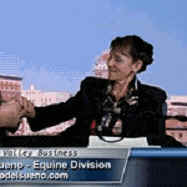
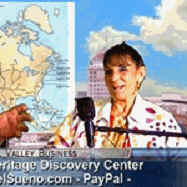
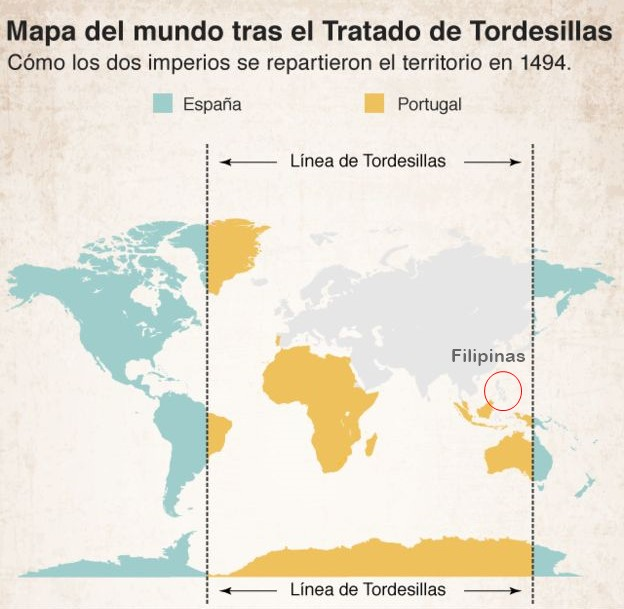
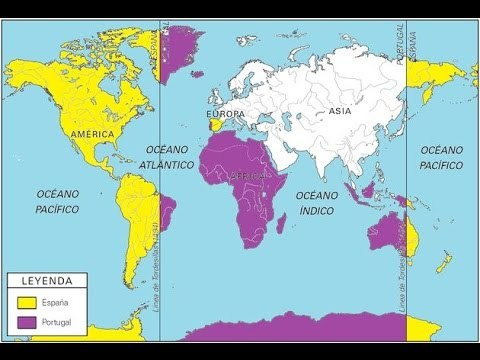
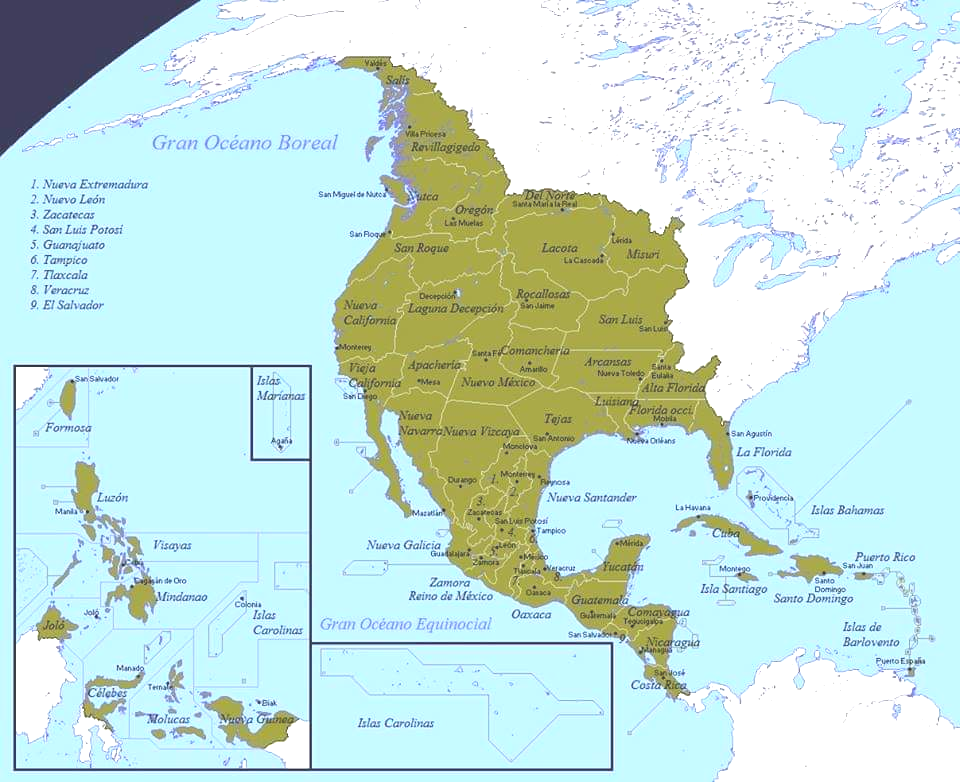
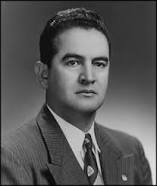 Hector
Perez Garcia, M.D.
Hector
Perez Garcia, M.D. 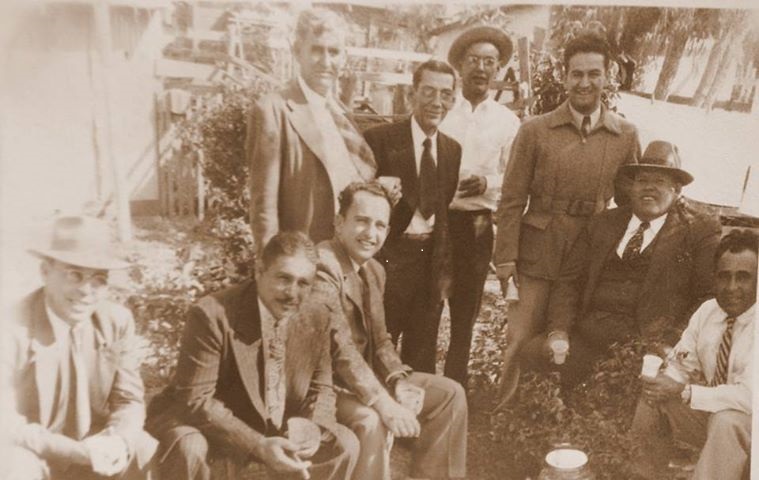
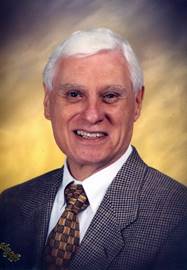
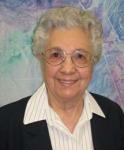
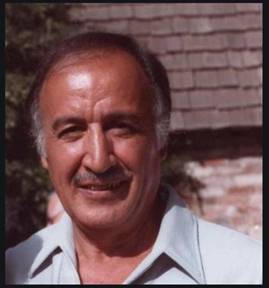

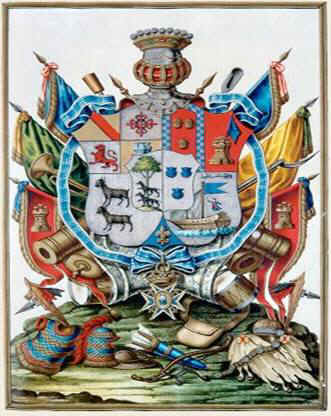

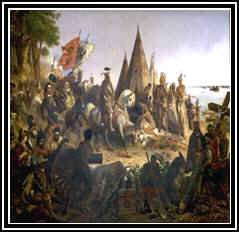
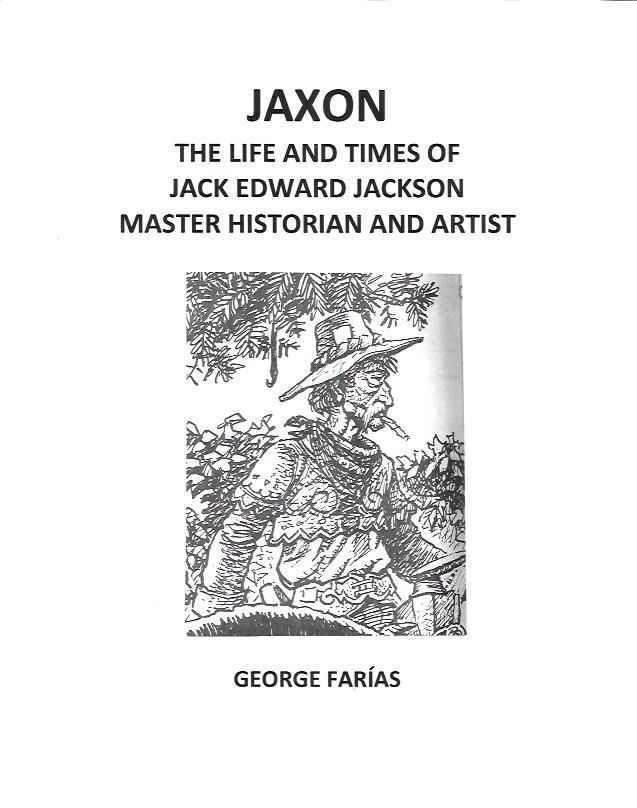
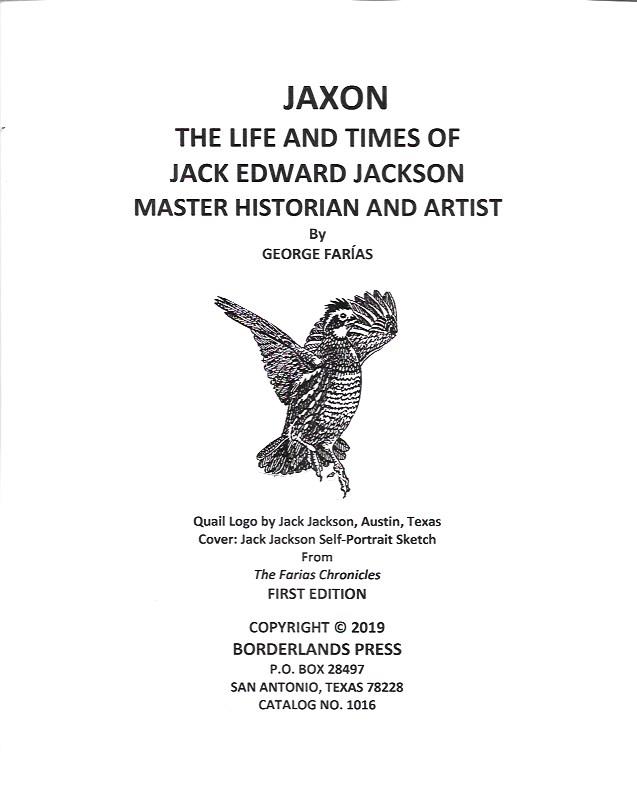
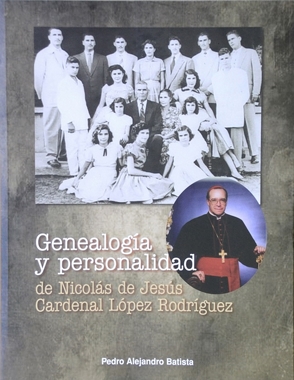
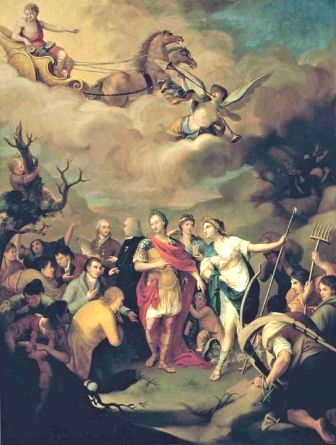
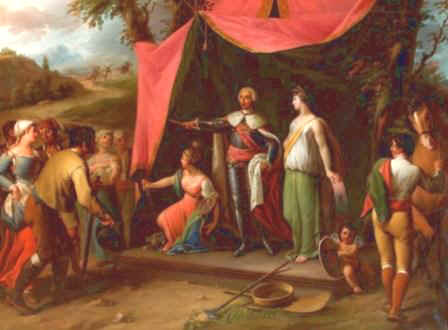

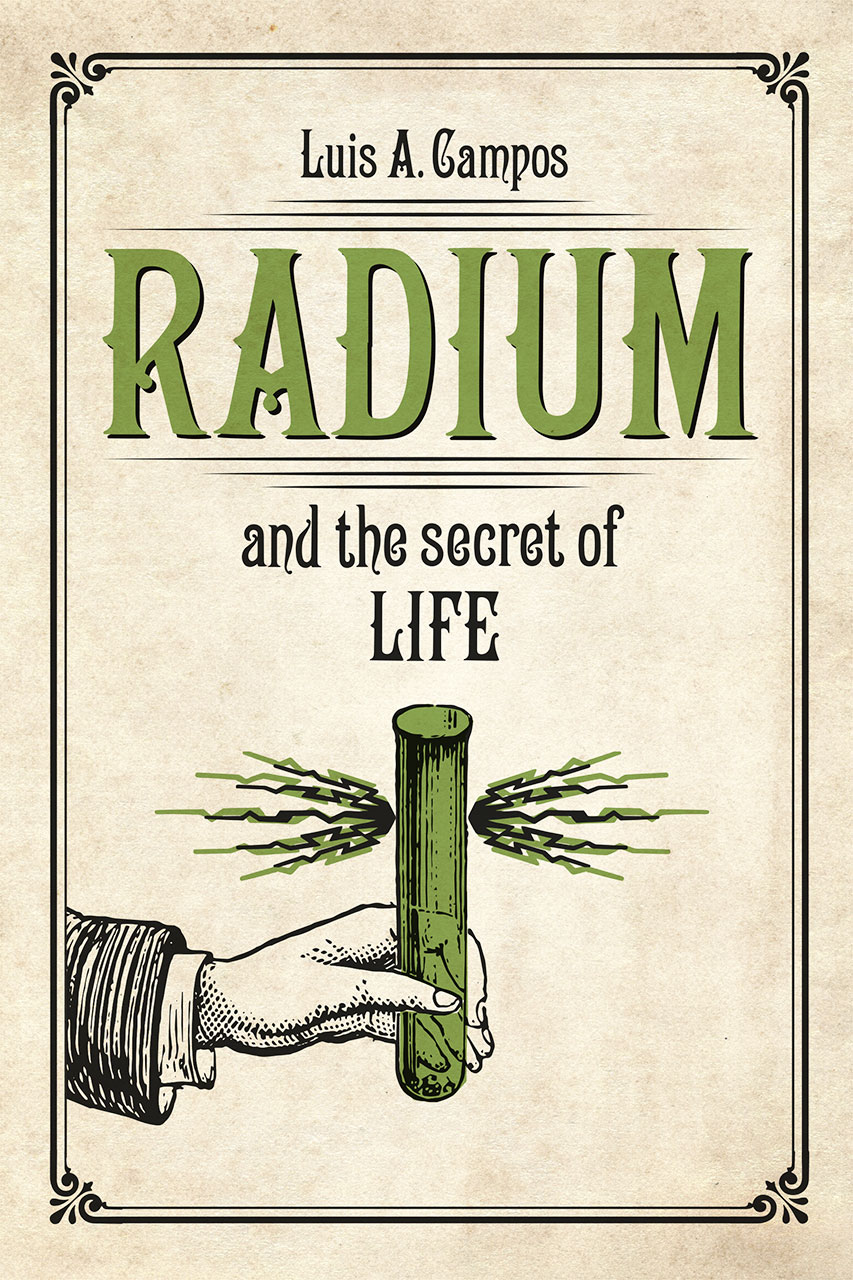
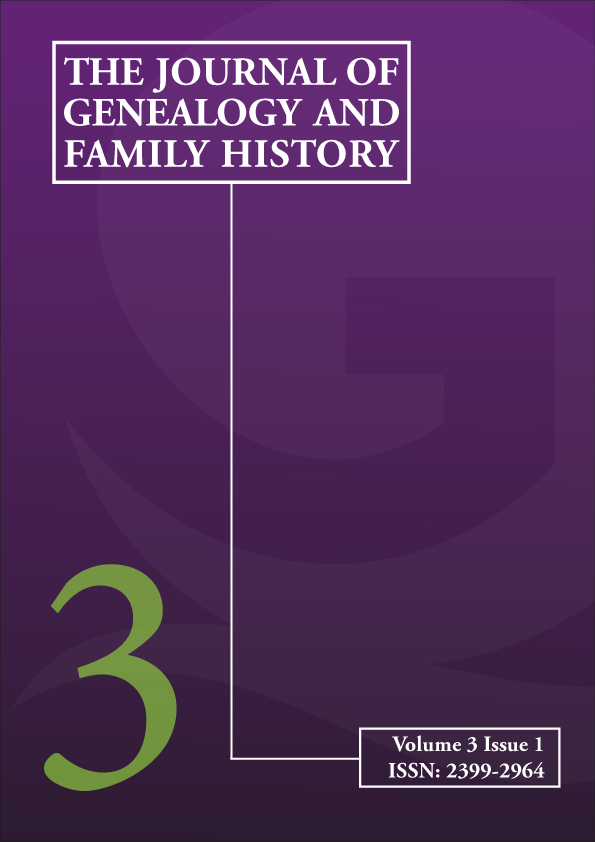
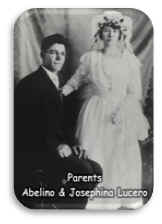
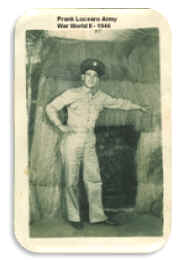

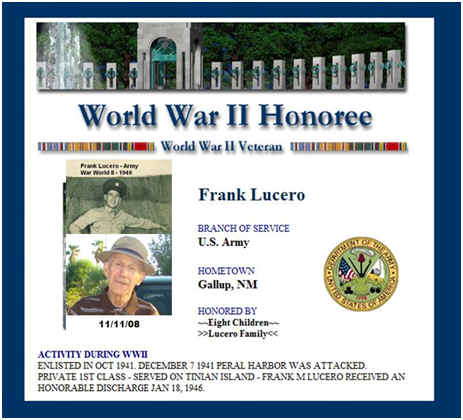
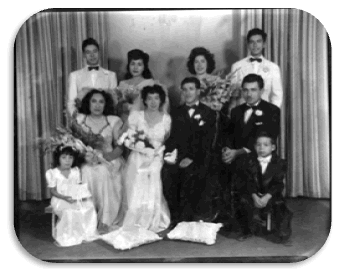


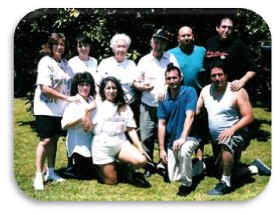

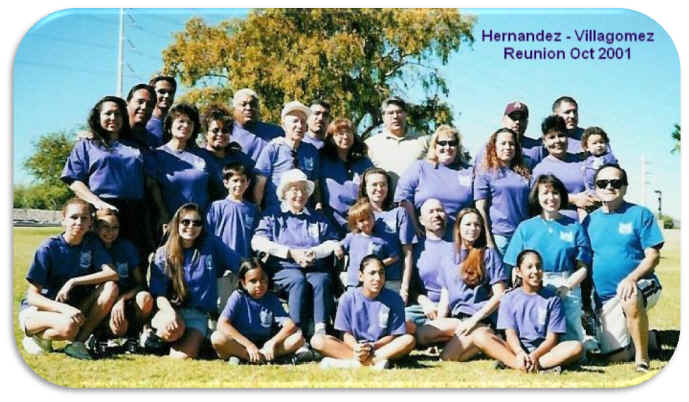
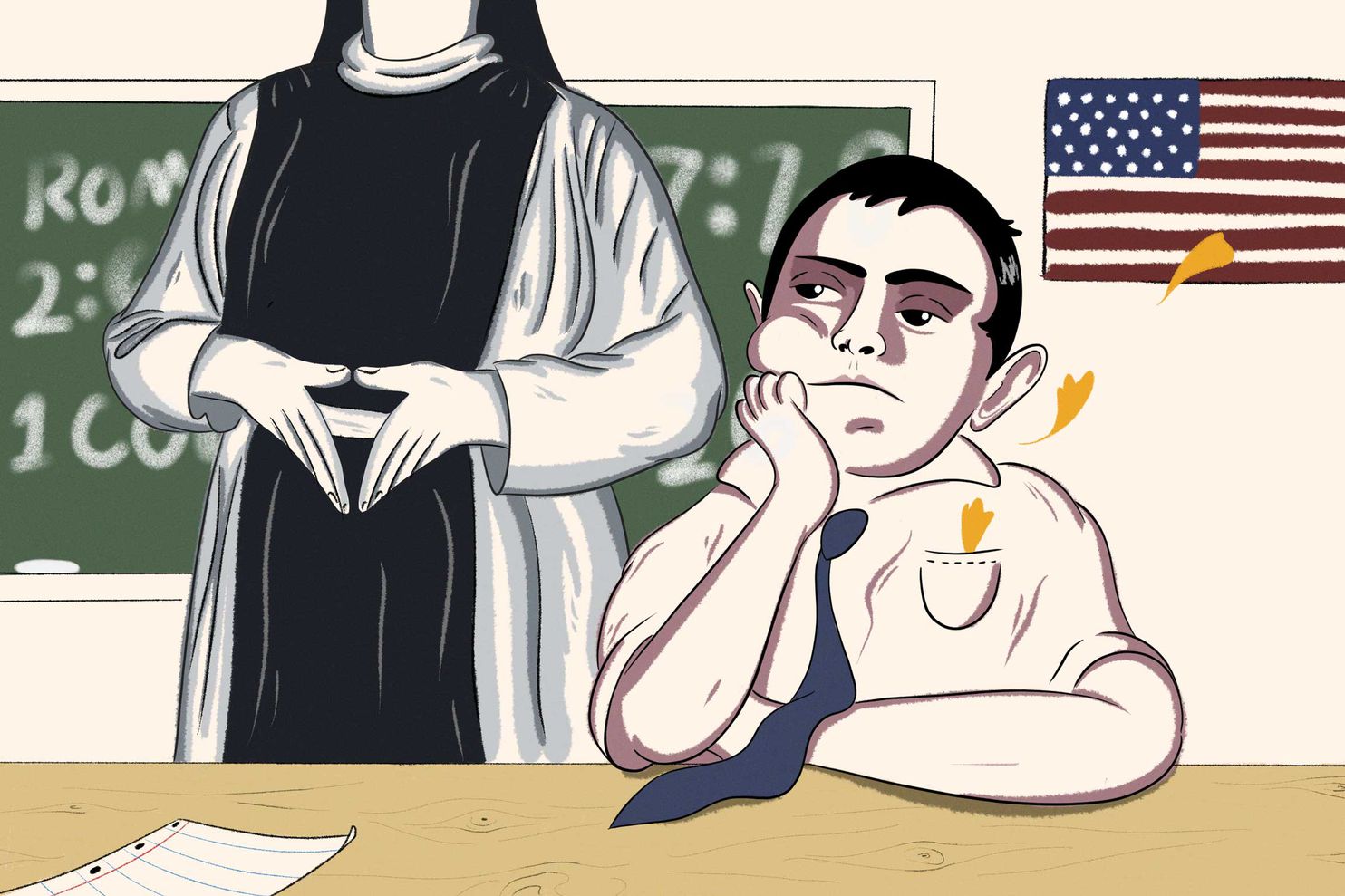
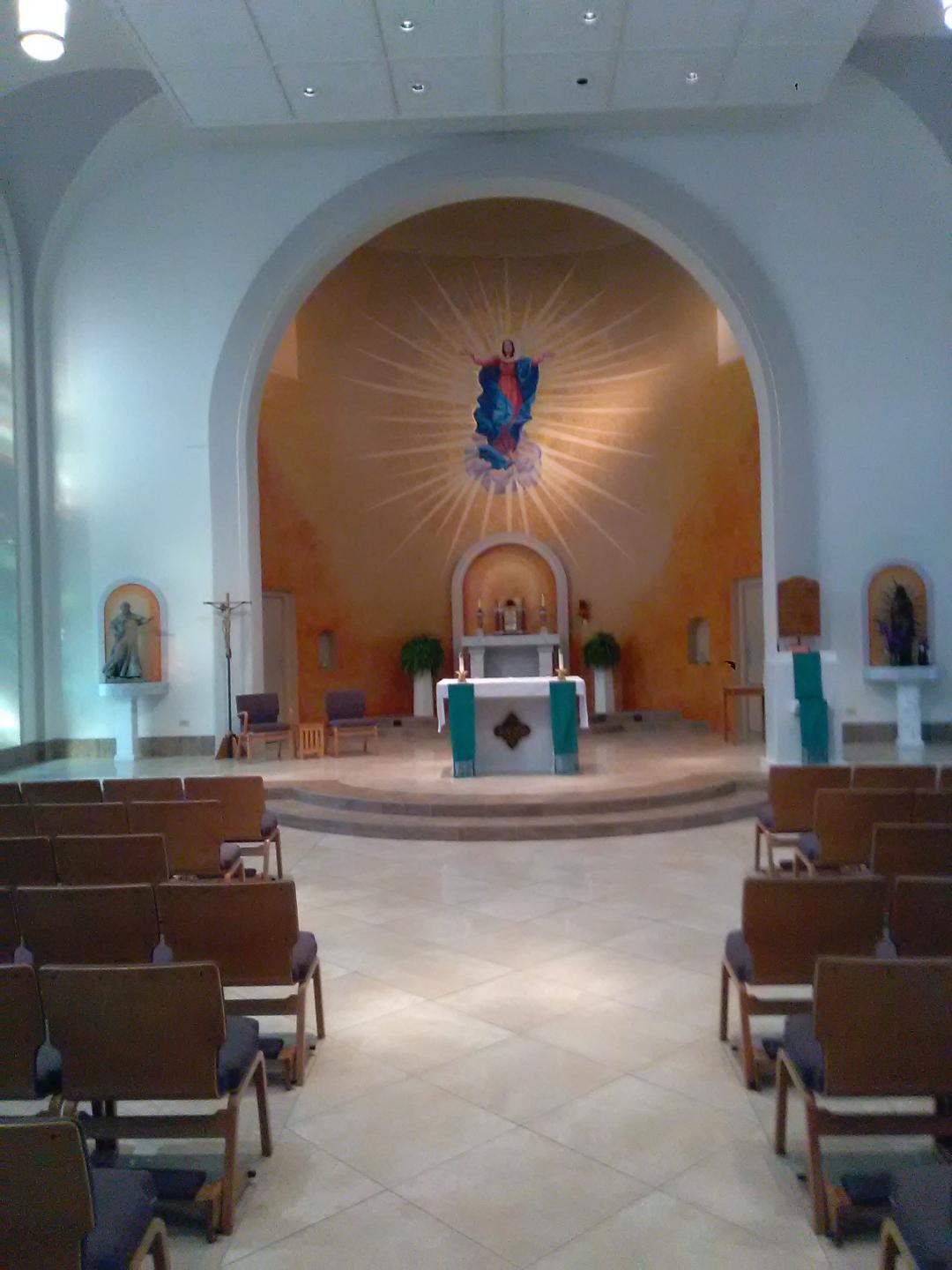

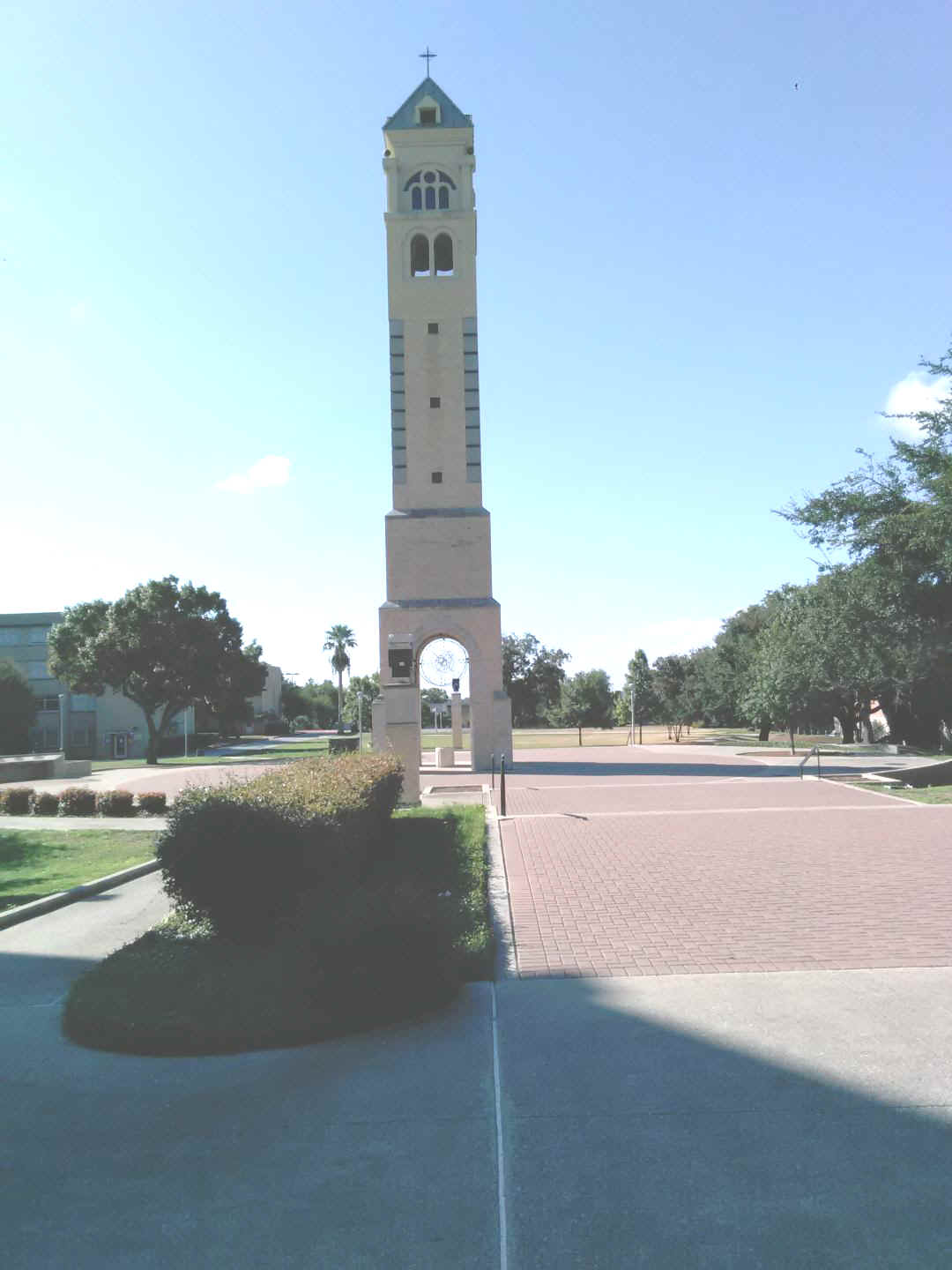 I
proceeded to my dorm (Charles Francis Hall) where I stayed from 1967
until 1970. The outside of the building looks the same but the
inside has been totally remodeled. For instance, I went down the
hall of the first floor to check for my Room 107 and instead I found
a classroom that took the place of several dorm rooms. And then, I
went up the third floor where we had a television set with plenty of
comfortable chairs and instead I found an art studio. I then
realized that Charles Francis Hall is no longer a residence hall.
Then, I walked over to the Father Louis J. Blume Library and to the
Richter Math-Engineering Center, which at one time housed the
history department, and where I worked in the afternoons as part of
the work-study program.
I
proceeded to my dorm (Charles Francis Hall) where I stayed from 1967
until 1970. The outside of the building looks the same but the
inside has been totally remodeled. For instance, I went down the
hall of the first floor to check for my Room 107 and instead I found
a classroom that took the place of several dorm rooms. And then, I
went up the third floor where we had a television set with plenty of
comfortable chairs and instead I found an art studio. I then
realized that Charles Francis Hall is no longer a residence hall.
Then, I walked over to the Father Louis J. Blume Library and to the
Richter Math-Engineering Center, which at one time housed the
history department, and where I worked in the afternoons as part of
the work-study program. 
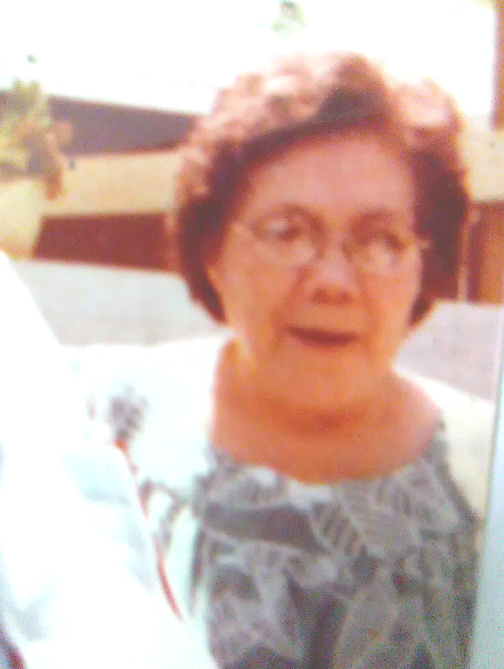 What would I give to just hear my madrecita's voice one more
time. Sadly, she closed her eyes for the last
time on December 31, 2003, at 11:01 P.M. She was only 76 years
old. Just a few days before, on December 21, on a Sunday afternoon,
I had an emergency quintuple bypass surgery. And of all the days in
the year, on my Dad's birthday, December 23, Mamá was admitted to
the same hospital where I was staying (St. Luke's hospital in San
Antonio), with congested heart failure. My Dad had passed away in
1997. My mother and I spent Christmas together at the hospital. We
were just a few feet away from each other. She was in the Intensive
Care Unit and I had just been moved to a
room. A few days after I was discharged to go home and
start my convalescing, while she stayed in the hospital. On New
Year's Eve, I received the sad news from my niece. I do miss her
terribly. I never realized the profundity and the unselfish
love Mamá had for me. She and I were very close. I was her "consentido,"
maybe because while she was in labor, the mid-wife saved my life.
Instead of coming out normal, I somehow got twisted inside the
placenta and ended up feet first. The umbilical cord got tangled
around my head and neck.
What would I give to just hear my madrecita's voice one more
time. Sadly, she closed her eyes for the last
time on December 31, 2003, at 11:01 P.M. She was only 76 years
old. Just a few days before, on December 21, on a Sunday afternoon,
I had an emergency quintuple bypass surgery. And of all the days in
the year, on my Dad's birthday, December 23, Mamá was admitted to
the same hospital where I was staying (St. Luke's hospital in San
Antonio), with congested heart failure. My Dad had passed away in
1997. My mother and I spent Christmas together at the hospital. We
were just a few feet away from each other. She was in the Intensive
Care Unit and I had just been moved to a
room. A few days after I was discharged to go home and
start my convalescing, while she stayed in the hospital. On New
Year's Eve, I received the sad news from my niece. I do miss her
terribly. I never realized the profundity and the unselfish
love Mamá had for me. She and I were very close. I was her "consentido,"
maybe because while she was in labor, the mid-wife saved my life.
Instead of coming out normal, I somehow got twisted inside the
placenta and ended up feet first. The umbilical cord got tangled
around my head and neck. 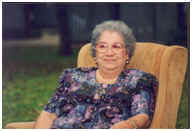







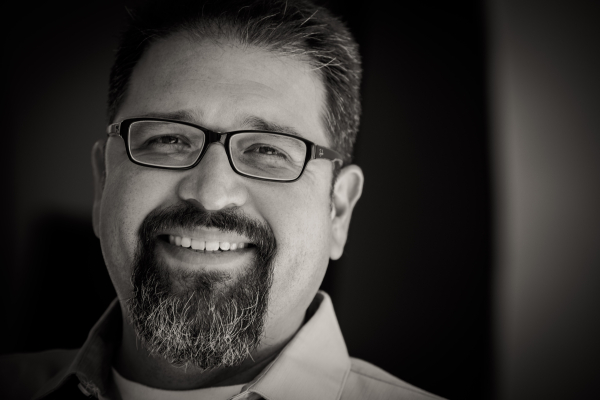
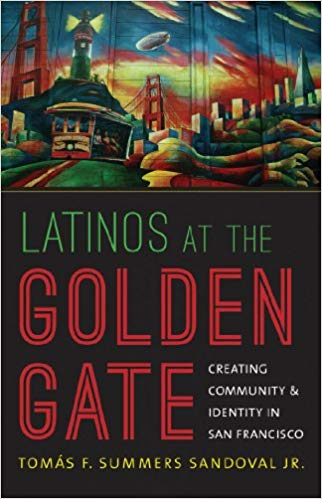 I'm
Tomás Summers Sandoval, a Chicano from Southern California,
associate professor of Chicanx/Latinx Studies and History at Pomona
College, and the author of Latinos at the Golden Gate (2013). You
can learn more about me and my work at my website."
I'm
Tomás Summers Sandoval, a Chicano from Southern California,
associate professor of Chicanx/Latinx Studies and History at Pomona
College, and the author of Latinos at the Golden Gate (2013). You
can learn more about me and my work at my website." 
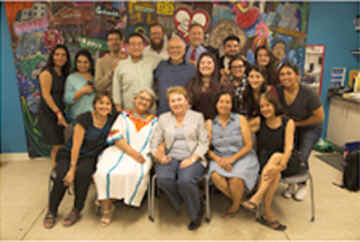
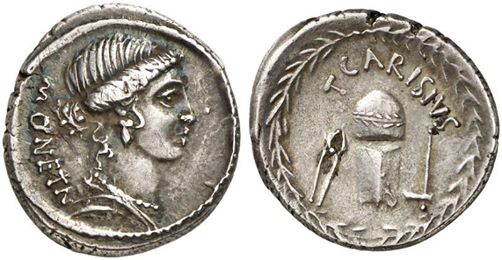
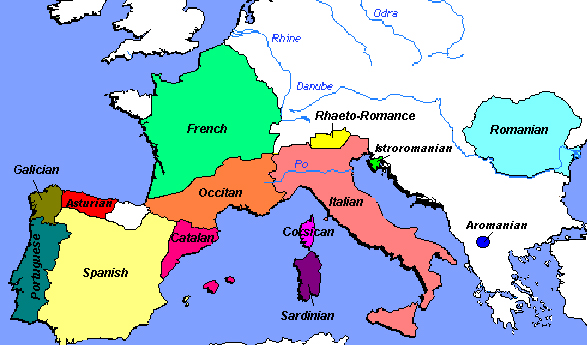


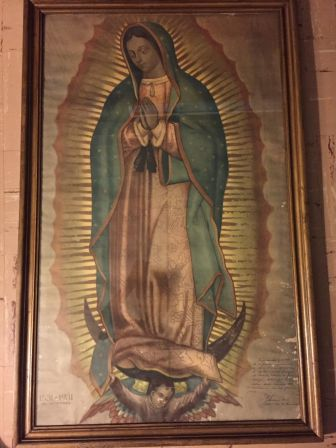

 The
history of Mexican Americans spans more than five centuries and
varies from region to region across the United States. Yet most of
our history books devote at most a chapter to Chicano history, with
even less attention to the story of Chicanas.
The
history of Mexican Americans spans more than five centuries and
varies from region to region across the United States. Yet most of
our history books devote at most a chapter to Chicano history, with
even less attention to the story of Chicanas.

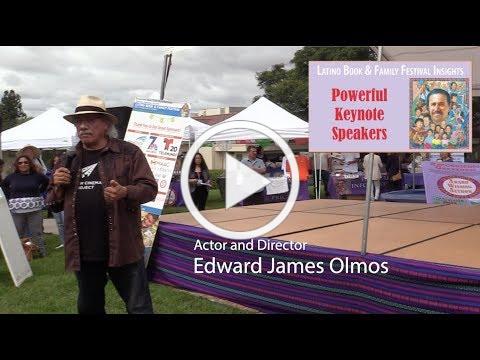
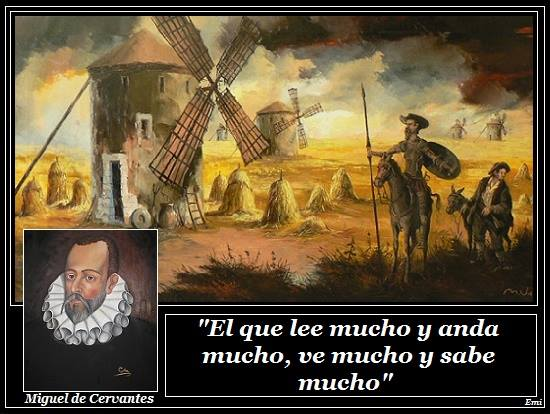
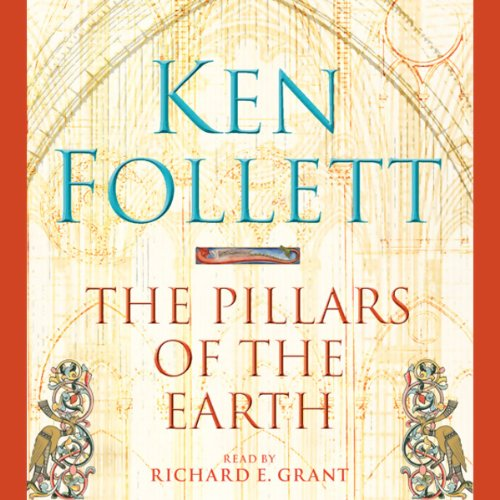


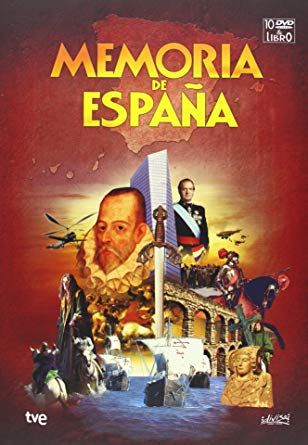
 `Memoria de España' is a documentary series of 27 chapters, each of
around 50 minutes run-time, produced by RTVE, the Spanish State TV
Network, screened at prime-time following the main evening news
bulletin, and doing very well in its ranking of audience share.
`Memoria de España' is a documentary series of 27 chapters, each of
around 50 minutes run-time, produced by RTVE, the Spanish State TV
Network, screened at prime-time following the main evening news
bulletin, and doing very well in its ranking of audience share.
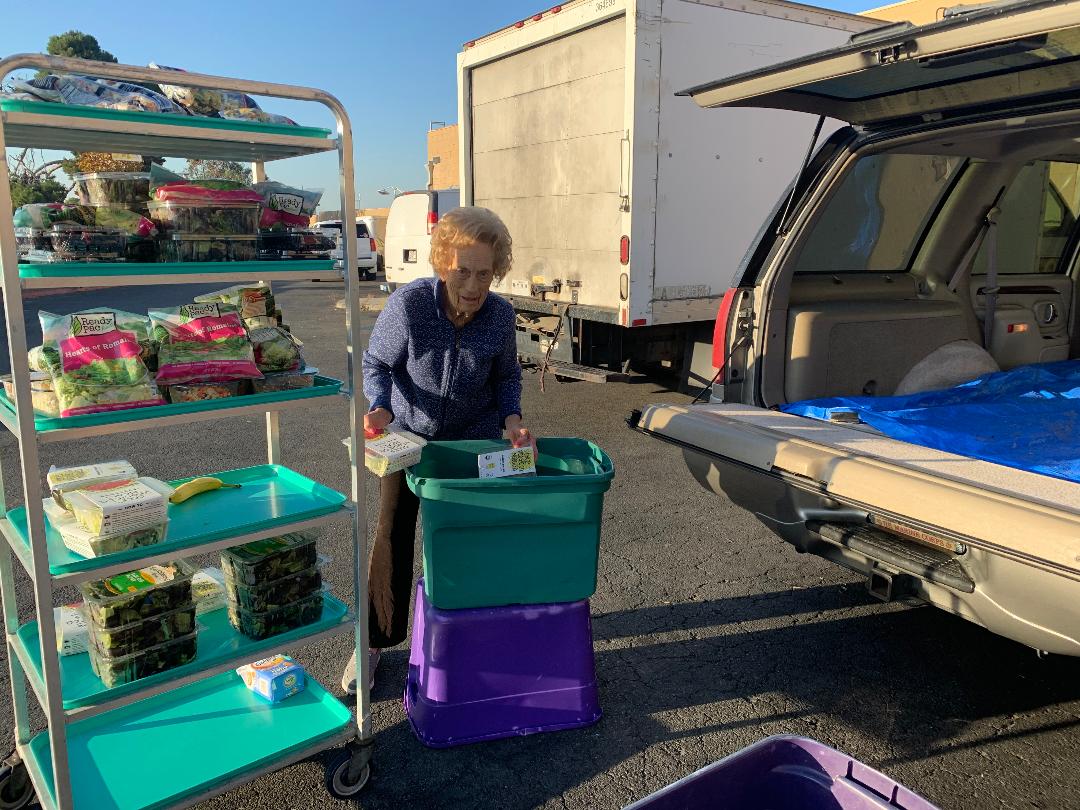




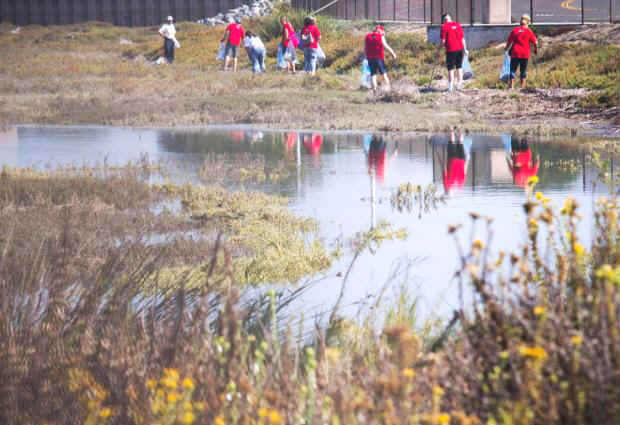

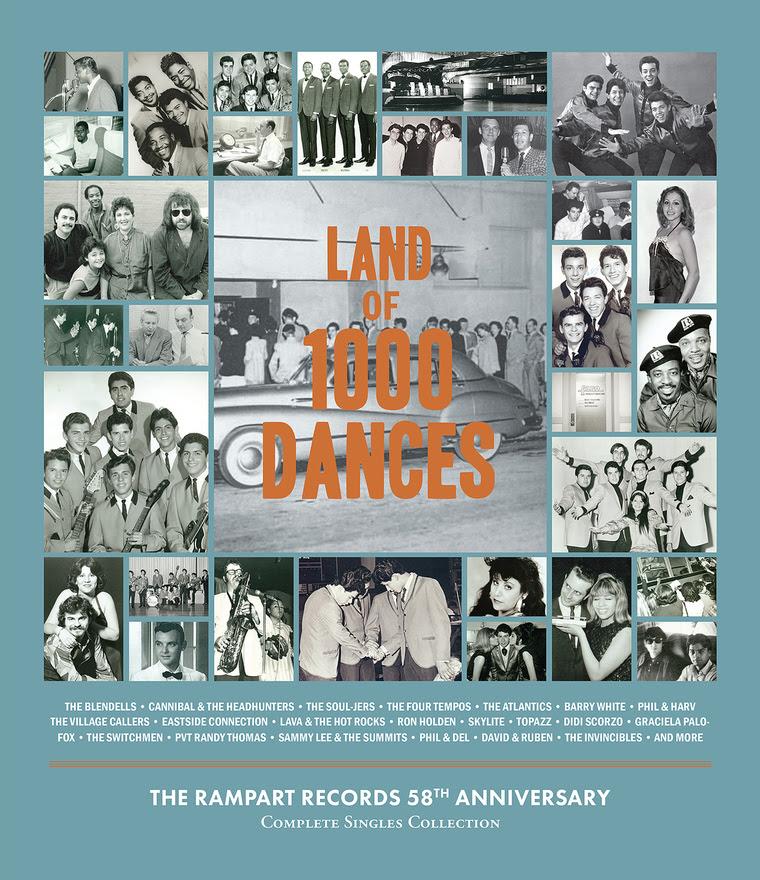
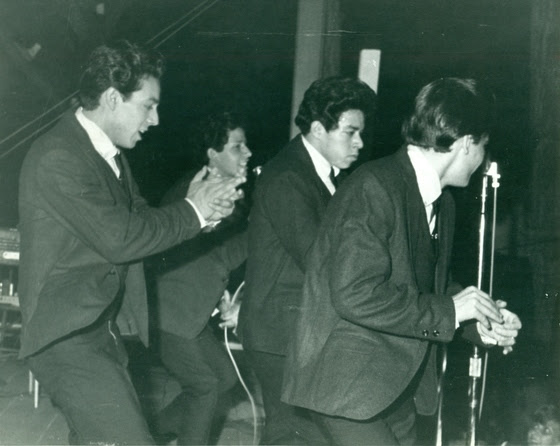
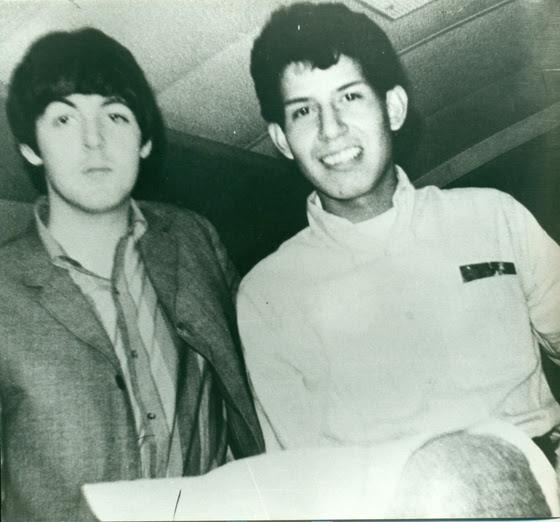
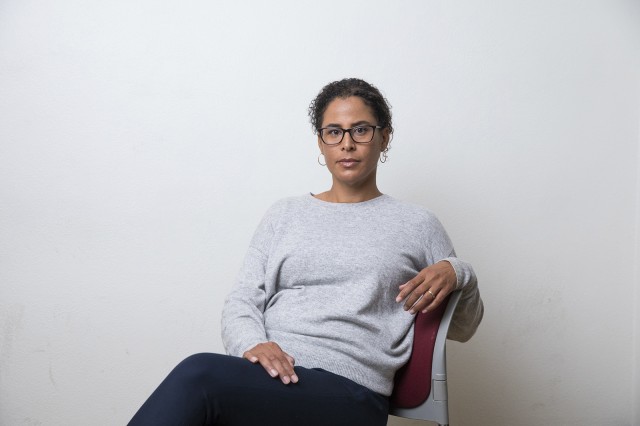
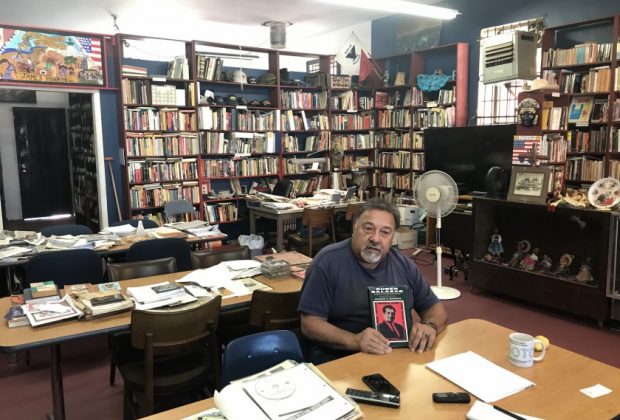
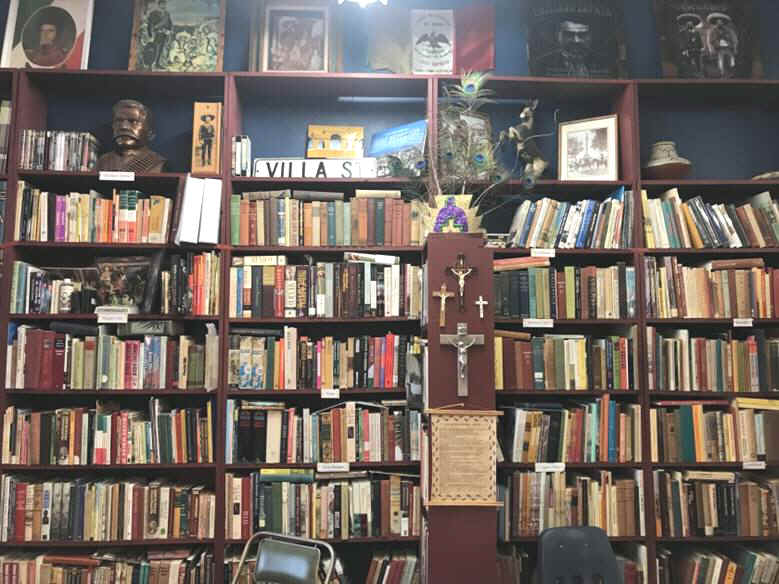
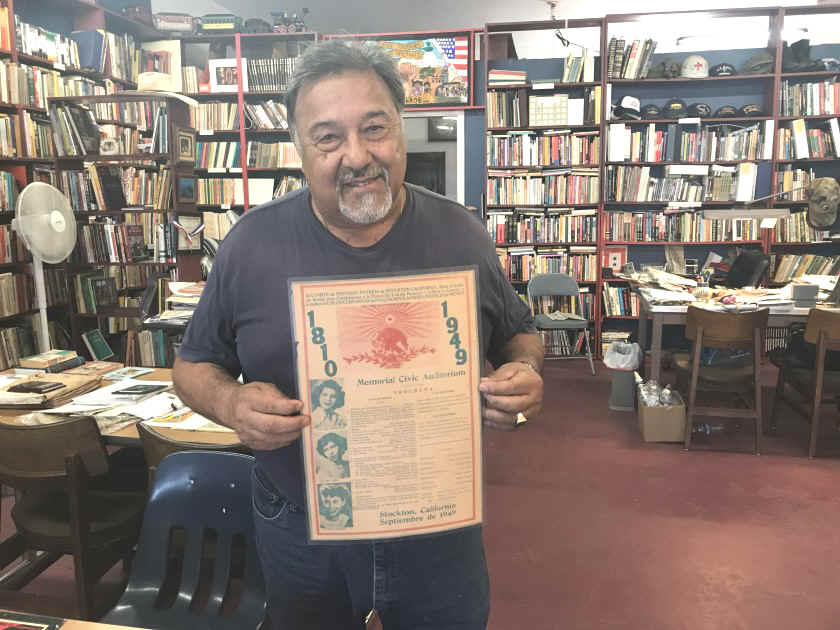
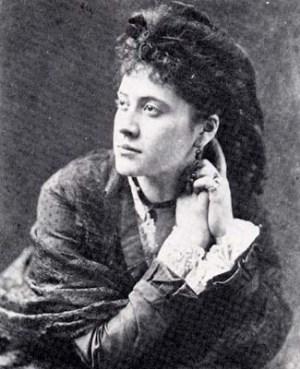 Maria Amparo Ruiz was born in 1832, in Loreto, Baja California.
She was a young teenager when she saw U.S. military forces invade
her homeland during the U.S.-Mexico War of 1846-48. That
life-changing episode was forever etched in her mind as it was for
every Californio.
Maria Amparo Ruiz was born in 1832, in Loreto, Baja California.
She was a young teenager when she saw U.S. military forces invade
her homeland during the U.S.-Mexico War of 1846-48. That
life-changing episode was forever etched in her mind as it was for
every Californio.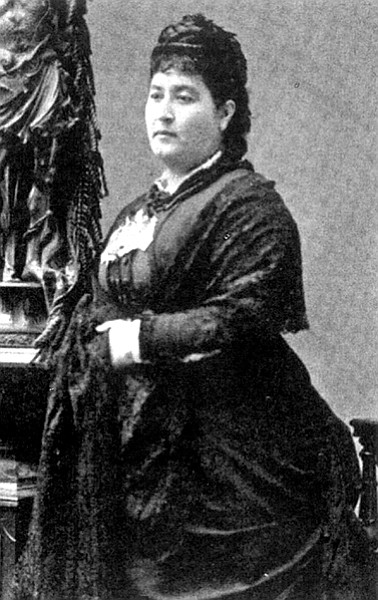 Please note that Maria lived in our nation’s capital during the
turbulent Civil War and reconstruction years. It was also a time in
the U.S. when Spanish Mexican Mestizo and Native American people
were disparaged through deep-rooted hateful rhetoric driven by
Presidents Andrew Jackson and James K. Polk, and Senator John C.
Calhoun. However, Maria Amparo aptly held her own and, as mentioned
above, her societal contacts included a close relationship with Mary
Todd Lincoln.
Please note that Maria lived in our nation’s capital during the
turbulent Civil War and reconstruction years. It was also a time in
the U.S. when Spanish Mexican Mestizo and Native American people
were disparaged through deep-rooted hateful rhetoric driven by
Presidents Andrew Jackson and James K. Polk, and Senator John C.
Calhoun. However, Maria Amparo aptly held her own and, as mentioned
above, her societal contacts included a close relationship with Mary
Todd Lincoln.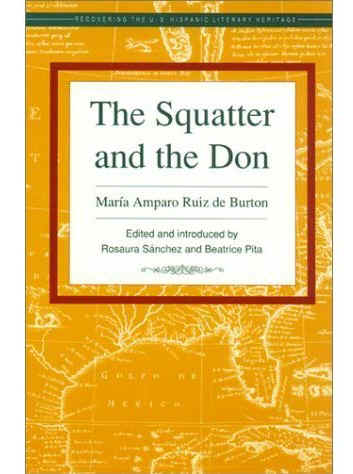 Of consolation is the fact that Maria Amparo Ruiz de Burton was a
true trailblazer who fought back. She sounded the alarm by
courageously recording that “liberty and justice for all” didn’t
apply equally across the board in the U.S.
Of consolation is the fact that Maria Amparo Ruiz de Burton was a
true trailblazer who fought back. She sounded the alarm by
courageously recording that “liberty and justice for all” didn’t
apply equally across the board in the U.S.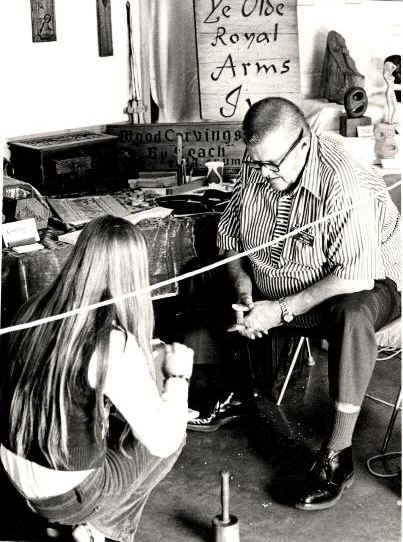 Thought
you might like this.....My Dad, Rodney Leslie Crump, was a woodcarver, as a
hobby until he did it full time after retiring from
business. He was a member of a Guild and frequently exhibited
at fairs and community events. He enjoyed sharing his skill
and knowledge.
Thought
you might like this.....My Dad, Rodney Leslie Crump, was a woodcarver, as a
hobby until he did it full time after retiring from
business. He was a member of a Guild and frequently exhibited
at fairs and community events. He enjoyed sharing his skill
and knowledge.

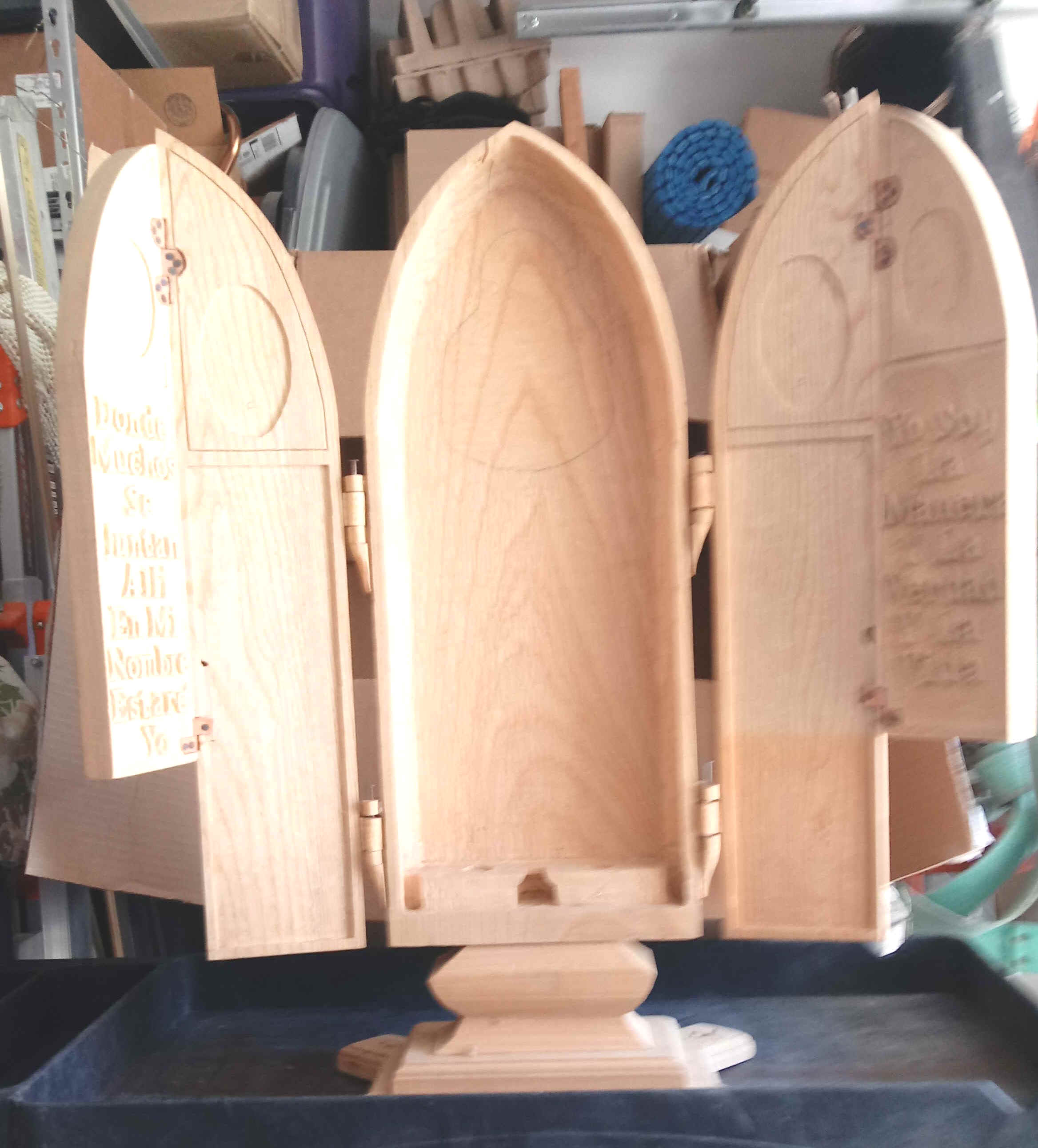

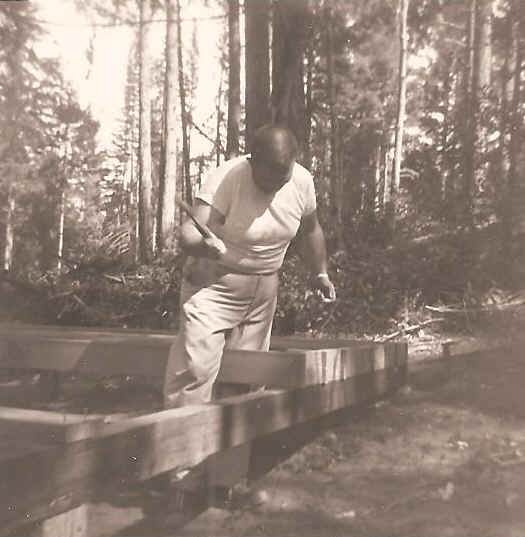
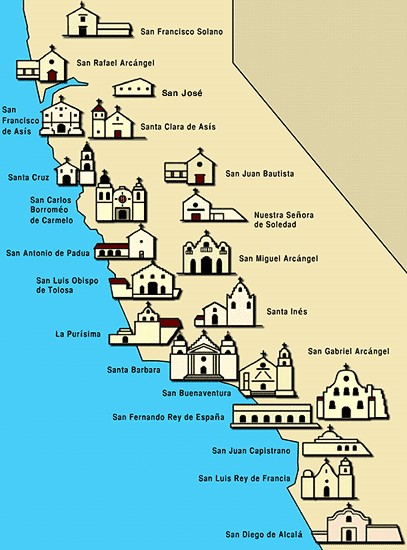
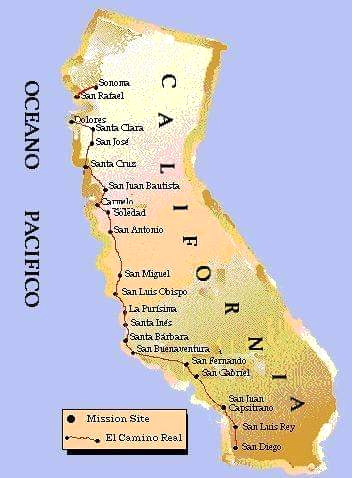
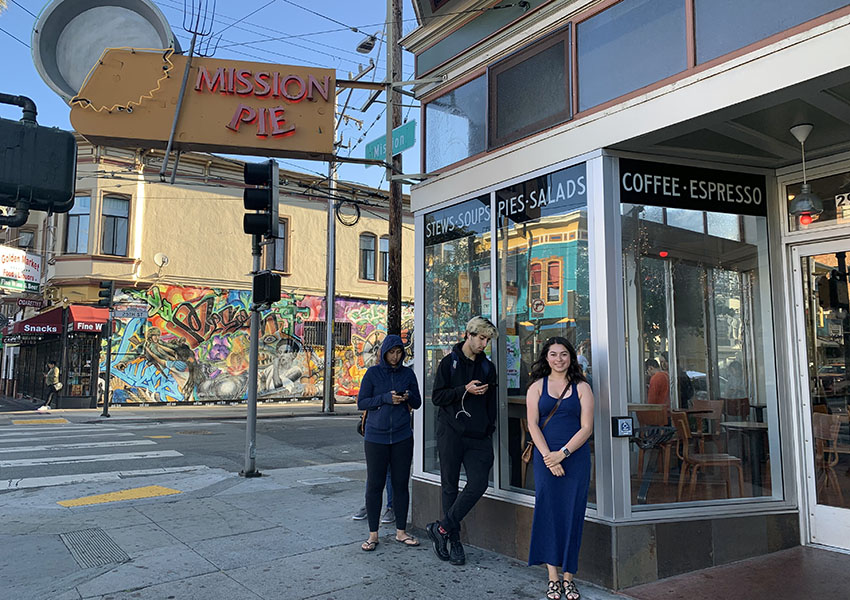
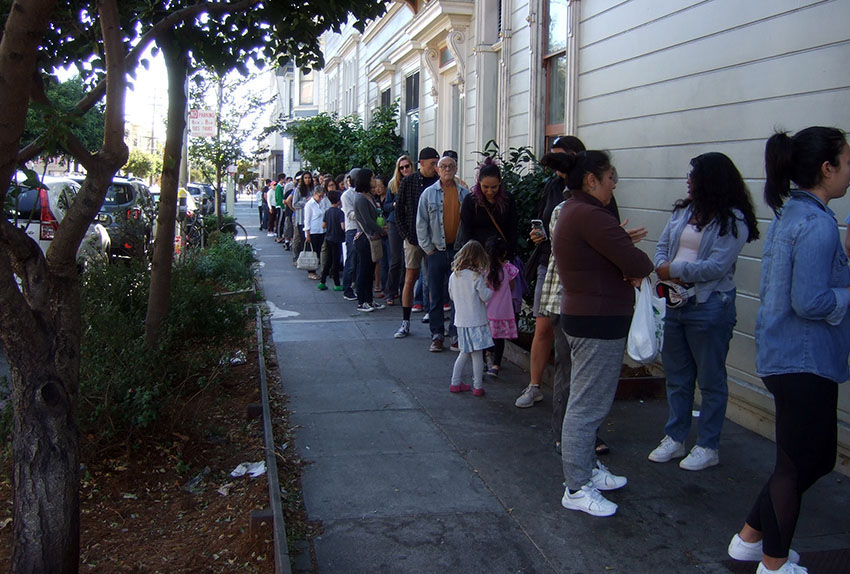
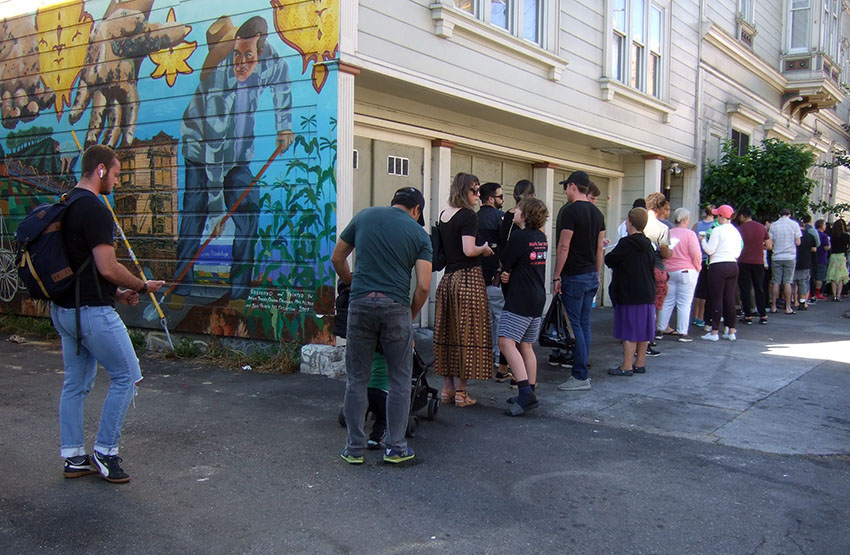
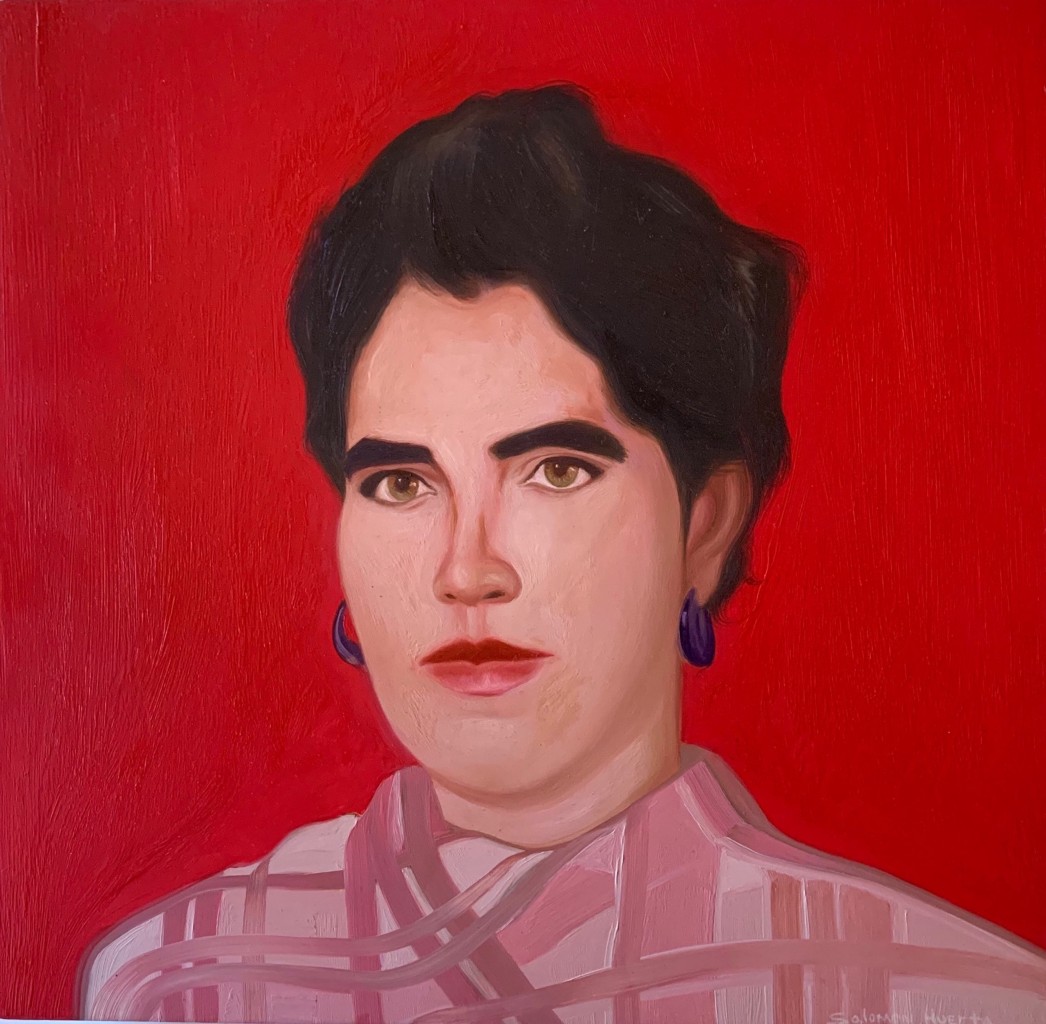
 Mario
Villanueva is the newly appointed executive director of the Washington
State Catholic Conference (WSCC). Villanueva will lead advocacy efforts
and represent the bishops of the Archdiocese of Seattle, the Diocese of
Spokane and the Diocese of Yakima on public policy matters.
Mario
Villanueva is the newly appointed executive director of the Washington
State Catholic Conference (WSCC). Villanueva will lead advocacy efforts
and represent the bishops of the Archdiocese of Seattle, the Diocese of
Spokane and the Diocese of Yakima on public policy matters.

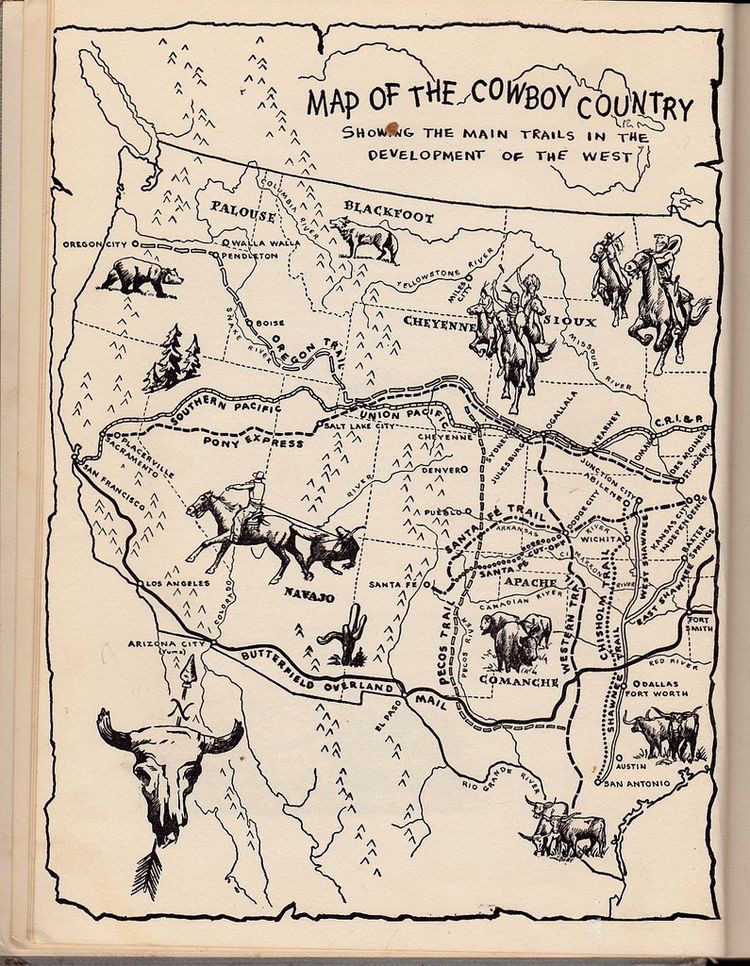
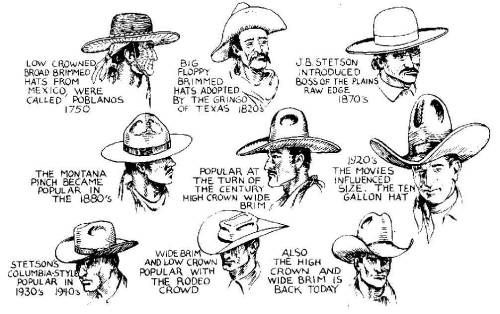
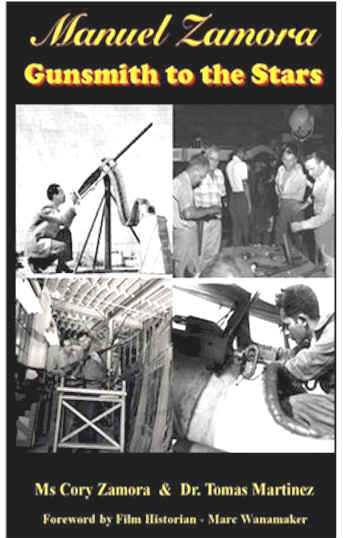
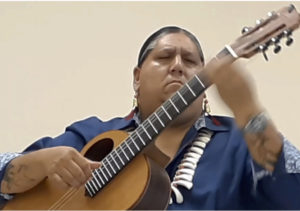 I
was thrilled to have a front-row seat at a recent performance by Gabriel
Ayala, award-winning, internationally known and acclaimed classical
guitarist. He played for Pope Benedict XVI at the 2012 canonization of
Saint Kateri Tekakwitha (the first Native American to achieve sainthood)
as well as at President Obama’s 2013 inauguration. And he has shared
the stage with Motown living legends The Four Tops, The Temptations,
Richie Havens, and many others.
I
was thrilled to have a front-row seat at a recent performance by Gabriel
Ayala, award-winning, internationally known and acclaimed classical
guitarist. He played for Pope Benedict XVI at the 2012 canonization of
Saint Kateri Tekakwitha (the first Native American to achieve sainthood)
as well as at President Obama’s 2013 inauguration. And he has shared
the stage with Motown living legends The Four Tops, The Temptations,
Richie Havens, and many others.
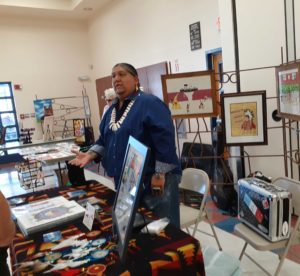 Although
Gabriel has received many awards and is internationally acclaimed,
humility is a prominent character trait. In an interview with a New
Mexico newspaper, Ayala noted that, “When I’m at ceremonies, I cut
wood just like anyone else and when it comes time to pray, I’m there,
just like everyone else who prays for a better tomorrow.” (Ruidoso
News, “Gabriel Ayala of the Yaqui will perform Feb. 17 at Sacred
Grounds,” Feb. 12, 2018) Gabriel’s humility comes from his
upbringing. Raised by his grandmother on the Pascua Yaqui reservation
outside of Tucson, Arizona, he owned only one pair of shoes at a time,
which he took off after school so as not to wear them out. With 16 aunts
and uncles on his mother’s side and 11 on his father’s side, and 100
first cousins, Gabriel says he may have been poor regarding material
things, but he was a millionaire when it came to family.
Although
Gabriel has received many awards and is internationally acclaimed,
humility is a prominent character trait. In an interview with a New
Mexico newspaper, Ayala noted that, “When I’m at ceremonies, I cut
wood just like anyone else and when it comes time to pray, I’m there,
just like everyone else who prays for a better tomorrow.” (Ruidoso
News, “Gabriel Ayala of the Yaqui will perform Feb. 17 at Sacred
Grounds,” Feb. 12, 2018) Gabriel’s humility comes from his
upbringing. Raised by his grandmother on the Pascua Yaqui reservation
outside of Tucson, Arizona, he owned only one pair of shoes at a time,
which he took off after school so as not to wear them out. With 16 aunts
and uncles on his mother’s side and 11 on his father’s side, and 100
first cousins, Gabriel says he may have been poor regarding material
things, but he was a millionaire when it came to family.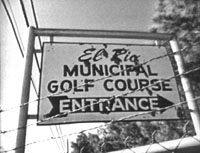 Ayala
performs at an historic center… The controversy over the golf course
led to the creation of the El Rio Neighborhood Center. It’s
fitting that “proud Yaqui” Gabriel Ayala performed at the historic
El Rio Neighborhood Center. This center is the product of a long
struggle of the Chicano community against the City of Tucson, a struggle
rooted in our community’s quest for self-determination. The city (via
the Mayor and Council) had promised to build a community center in
Barrio Hollywood and Barrio El Rio but then reneged on its promise. The
community (under the auspices of the El Rio Coalition and the banner
“El Rio for the People”) took the city to task over this betrayal,
and after months of pickets, marches, rallies, and confrontations
involving arrests, the community won, and the El Rio Neighborhood Center
was built right where Barrio Hollywood and Barrio El Rio intersect. The
Old Pascua Yaqui Village community was an integral component of the
“El Rio for the People” movement. [I was involved in this struggle
and was arrested several times during the struggle.]
Ayala
performs at an historic center… The controversy over the golf course
led to the creation of the El Rio Neighborhood Center. It’s
fitting that “proud Yaqui” Gabriel Ayala performed at the historic
El Rio Neighborhood Center. This center is the product of a long
struggle of the Chicano community against the City of Tucson, a struggle
rooted in our community’s quest for self-determination. The city (via
the Mayor and Council) had promised to build a community center in
Barrio Hollywood and Barrio El Rio but then reneged on its promise. The
community (under the auspices of the El Rio Coalition and the banner
“El Rio for the People”) took the city to task over this betrayal,
and after months of pickets, marches, rallies, and confrontations
involving arrests, the community won, and the El Rio Neighborhood Center
was built right where Barrio Hollywood and Barrio El Rio intersect. The
Old Pascua Yaqui Village community was an integral component of the
“El Rio for the People” movement. [I was involved in this struggle
and was arrested several times during the struggle.]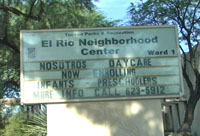 True
to its activist history, Barrio Hollywood has a robust neighborhood
association that continues to fight for the well-being of the barrio
residents. The association sponsors an annual Art Show that highlights
barrio talent as well as a monthly Open Mic at which barrio residents and
others can recite poetry, perform musically, etc. This year they combined
the Art Show with the Open Mic. Gabriel was one of the Open Mic
performers. He explained that he has a deep affection and respect for Open
Mics because that is where he performed when he started out and was
building his career. Thus, he still performs at Open Mics associated with
causes and groups he supports.
True
to its activist history, Barrio Hollywood has a robust neighborhood
association that continues to fight for the well-being of the barrio
residents. The association sponsors an annual Art Show that highlights
barrio talent as well as a monthly Open Mic at which barrio residents and
others can recite poetry, perform musically, etc. This year they combined
the Art Show with the Open Mic. Gabriel was one of the Open Mic
performers. He explained that he has a deep affection and respect for Open
Mics because that is where he performed when he started out and was
building his career. Thus, he still performs at Open Mics associated with
causes and groups he supports.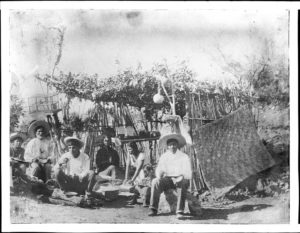 The
Yaquis are a huge cultural and economic force in the Tucson-Southern
Arizona area. Their Easter ceremonies draw tens of thousands of people to
Old Pascua, to Barrio Libre (another Yaqui community), and to the
Reservation. With its two casinos, Resort hotel, and professional-grade
golf course, the tribe’s economic footprint is immense. The tribe
employs hundreds of people, who stimulate the local economy by way of
purchases and retail taxes, etc. and purchases goods from local vendors,
which also generates tax revenues and supports many local jobs. The tribe
also contributes generously to local schools and non-profit organizations
and projects. Indeed, Tucson is fortunate to have the Yaquis in its midst.
The
Yaquis are a huge cultural and economic force in the Tucson-Southern
Arizona area. Their Easter ceremonies draw tens of thousands of people to
Old Pascua, to Barrio Libre (another Yaqui community), and to the
Reservation. With its two casinos, Resort hotel, and professional-grade
golf course, the tribe’s economic footprint is immense. The tribe
employs hundreds of people, who stimulate the local economy by way of
purchases and retail taxes, etc. and purchases goods from local vendors,
which also generates tax revenues and supports many local jobs. The tribe
also contributes generously to local schools and non-profit organizations
and projects. Indeed, Tucson is fortunate to have the Yaquis in its midst.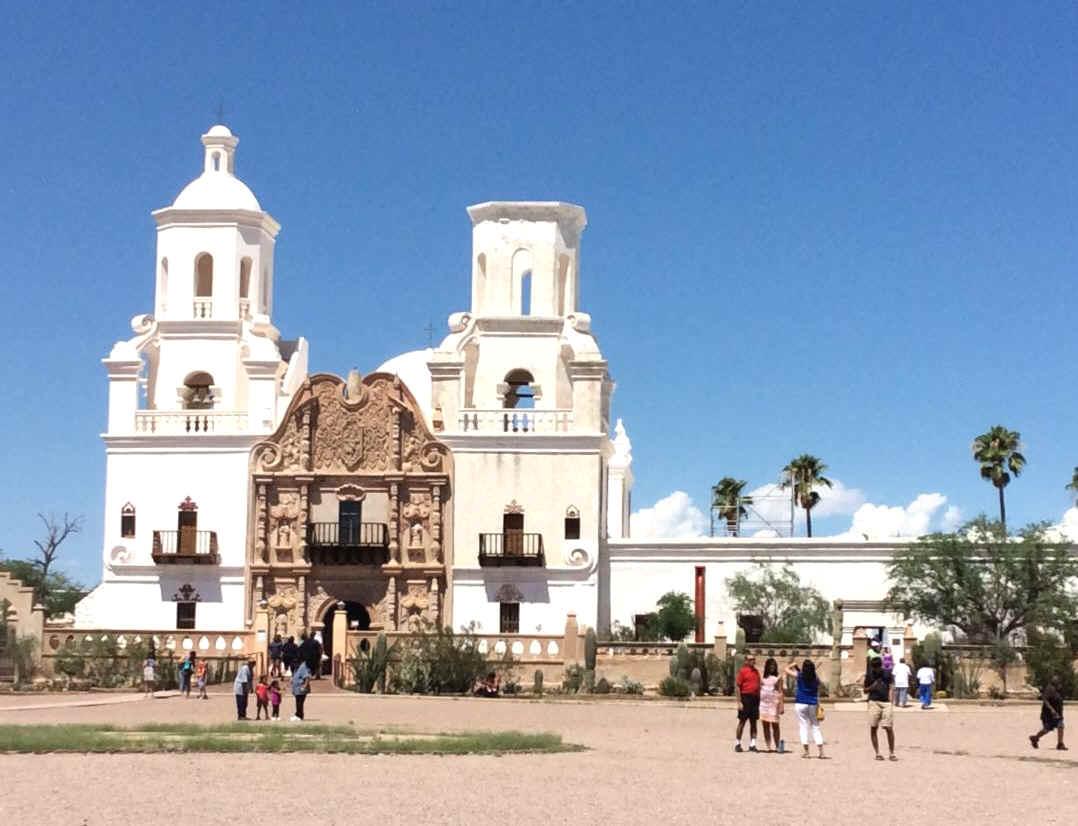
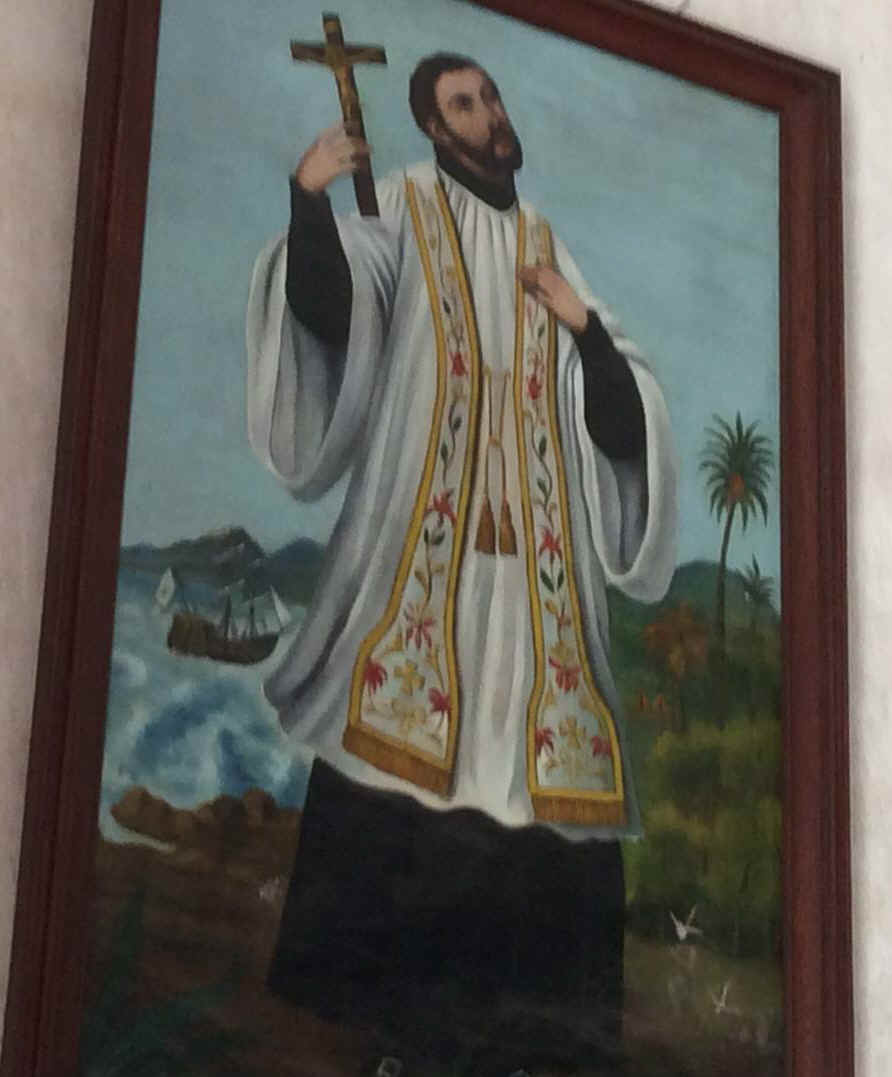
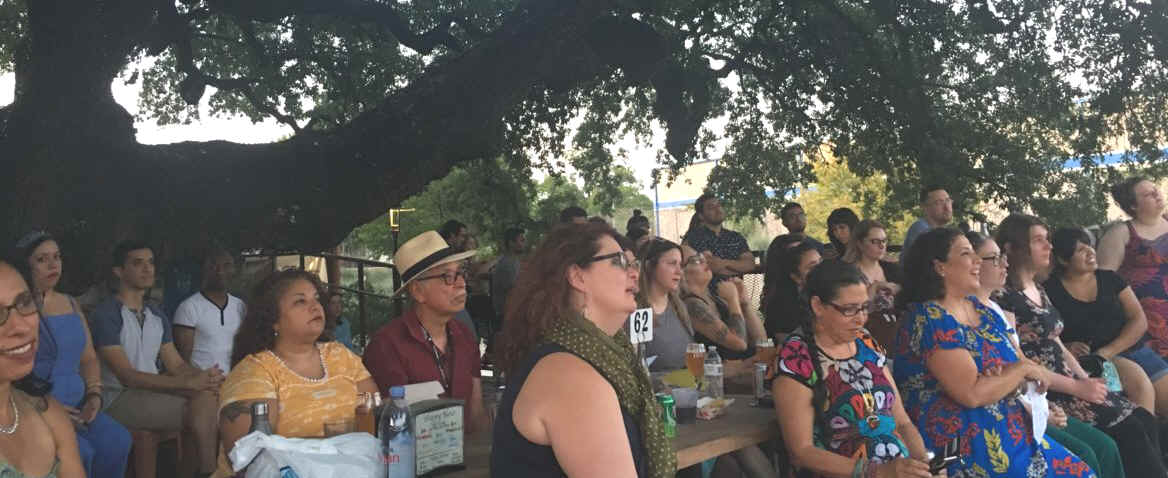
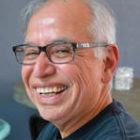 Jesús
Mena is the son of undocumented Mexican immigrants from the Rio
Grande Valley. He was a prize-winner in the UC-Irvine Chicano
Literary Contest. His stories won first prize in the San Miguel de
Allende Writers' Conference. He served as managing editor of the
anthology, "201:Homenaje a la Ciudad de Los Angeles." His
columns and commentaries have been published in the Los Angeles
Times, San Francisco Chronicle, Oakland Tribune, Hispanic Link, and
aired on NPR's All Things Considered. His oral history of pioneer
immigrant activist Bert Corona is featured in Latinx Los Angeles:
Nonfiction Dispatches from a Decolonial Rebellion. Mena worked as a
journalist for the Brownsville Herald, Orange County Register and
Oakland Tribune and was director of communications at UC-Berkeley
and the Harvard University Kennedy School of Government.
Jesús
Mena is the son of undocumented Mexican immigrants from the Rio
Grande Valley. He was a prize-winner in the UC-Irvine Chicano
Literary Contest. His stories won first prize in the San Miguel de
Allende Writers' Conference. He served as managing editor of the
anthology, "201:Homenaje a la Ciudad de Los Angeles." His
columns and commentaries have been published in the Los Angeles
Times, San Francisco Chronicle, Oakland Tribune, Hispanic Link, and
aired on NPR's All Things Considered. His oral history of pioneer
immigrant activist Bert Corona is featured in Latinx Los Angeles:
Nonfiction Dispatches from a Decolonial Rebellion. Mena worked as a
journalist for the Brownsville Herald, Orange County Register and
Oakland Tribune and was director of communications at UC-Berkeley
and the Harvard University Kennedy School of Government.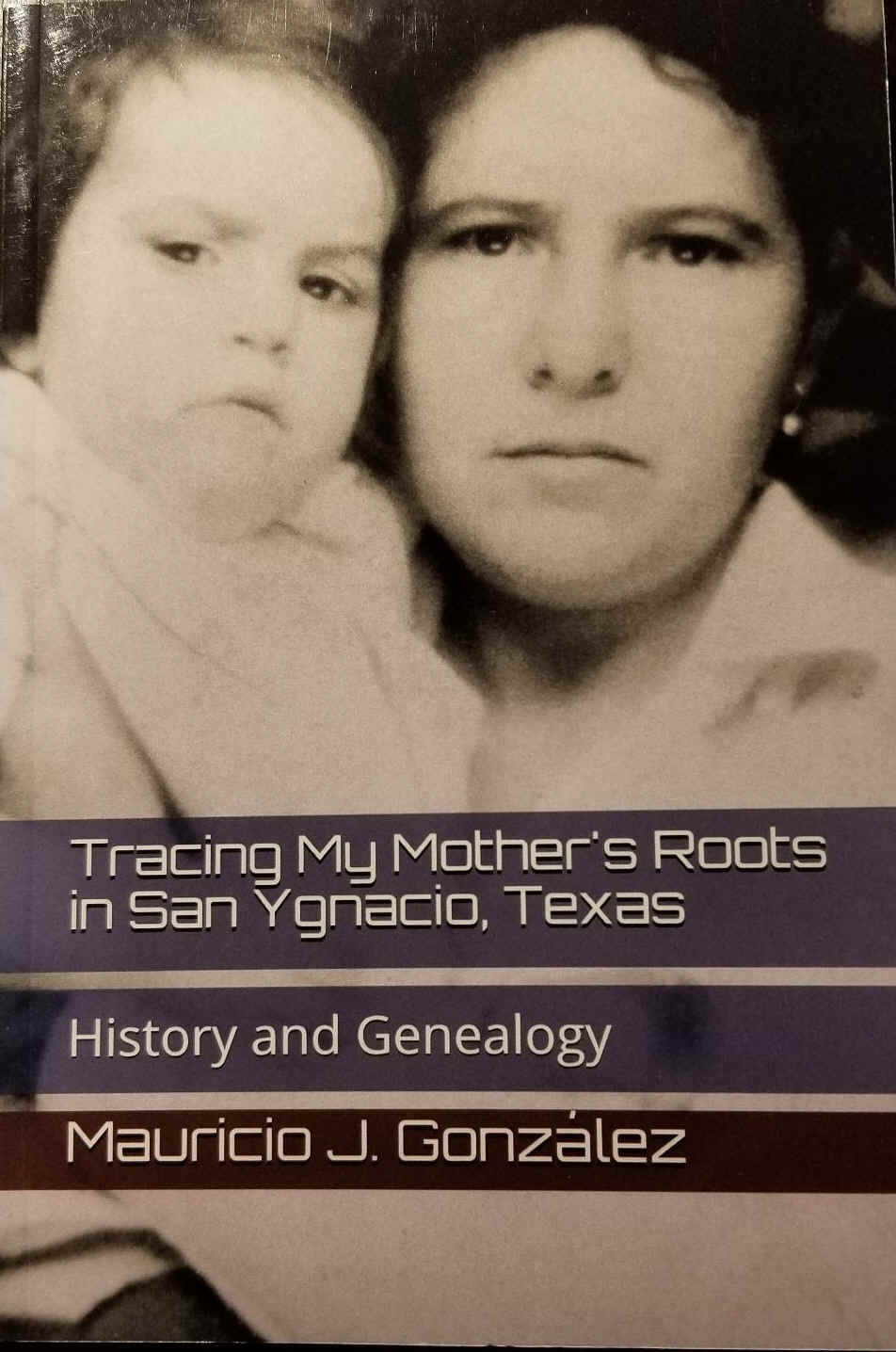
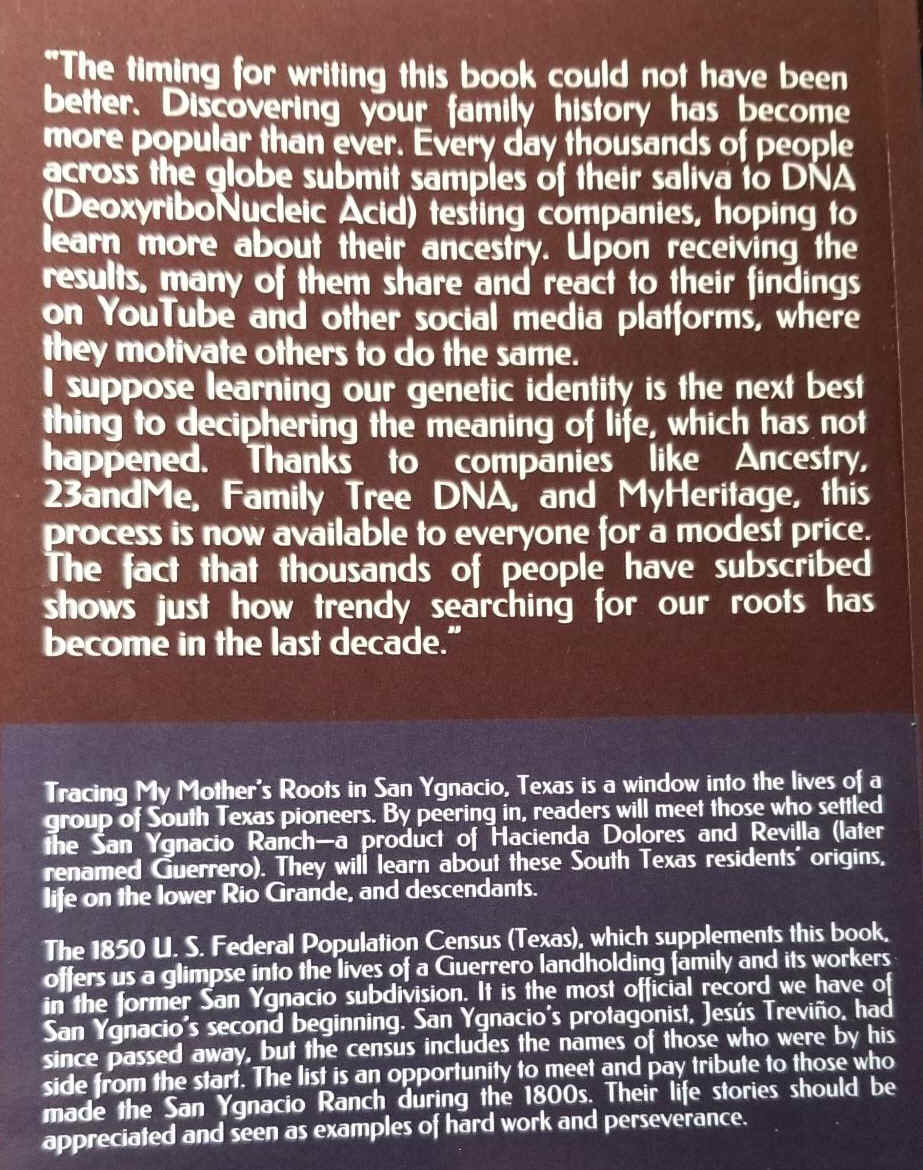
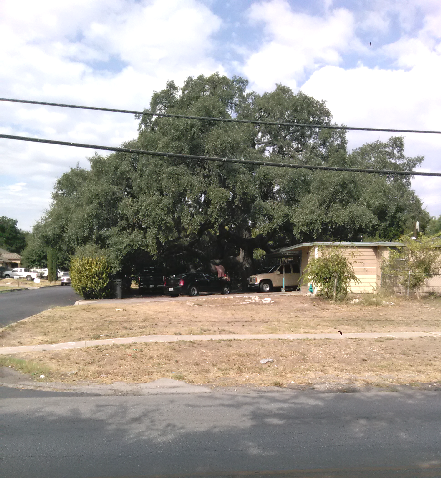 There
is a corner house located one and a half blocks from our house in
San Antonio and every time we drive by there to get to Medina Base
Road and then on to Loop 410, I always admire an awesome, very old
Oak tree because it reminds me of the poem, "Trees," by
Joyce Kilmer. I may not remember the entire poem at my age now, but
some lines do come through from my subconscious to my cognitive
mental faculties. You may ask, why this particular poem? Well, when
I was in the fourth grade with Sister M. Emmanuel at St. Augustine
School, she made the whole class memorize this poem. There were
about forty students in the class and each one of us had to stand in
front of the class and recite "Trees" by Joyce Kilmer.
There
is a corner house located one and a half blocks from our house in
San Antonio and every time we drive by there to get to Medina Base
Road and then on to Loop 410, I always admire an awesome, very old
Oak tree because it reminds me of the poem, "Trees," by
Joyce Kilmer. I may not remember the entire poem at my age now, but
some lines do come through from my subconscious to my cognitive
mental faculties. You may ask, why this particular poem? Well, when
I was in the fourth grade with Sister M. Emmanuel at St. Augustine
School, she made the whole class memorize this poem. There were
about forty students in the class and each one of us had to stand in
front of the class and recite "Trees" by Joyce Kilmer. 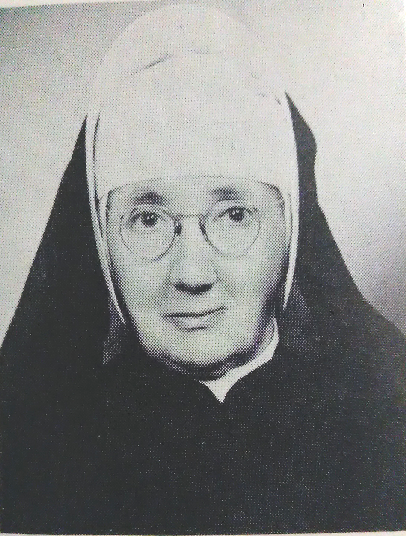 "Trees" by Joyce Kilmer
"Trees" by Joyce Kilmer
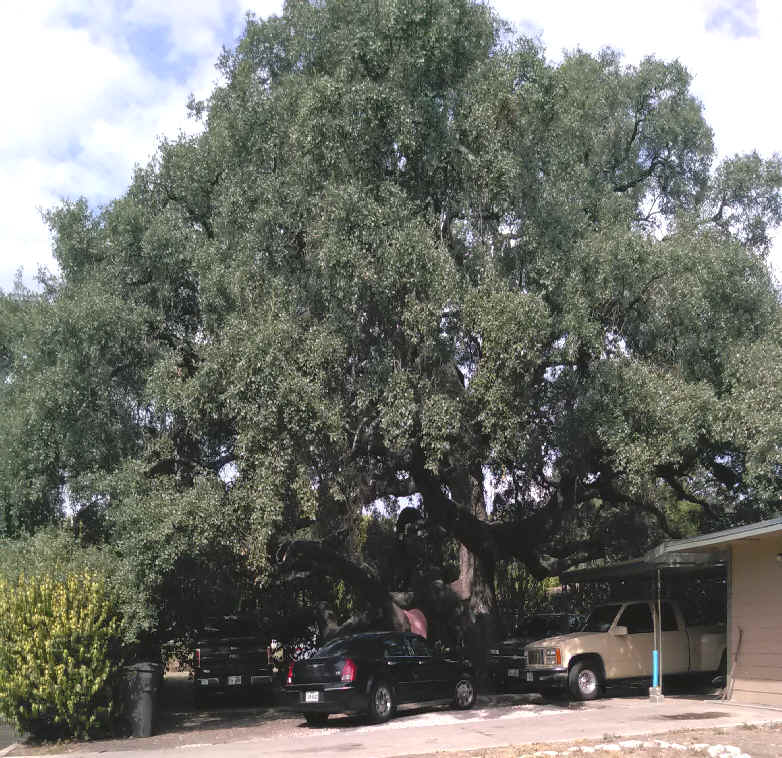
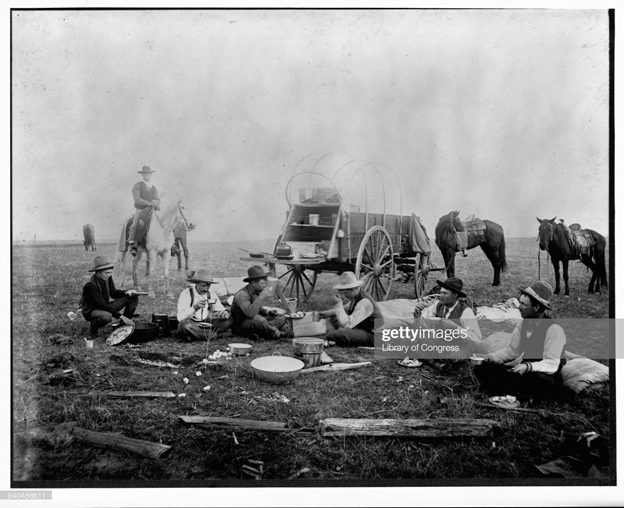

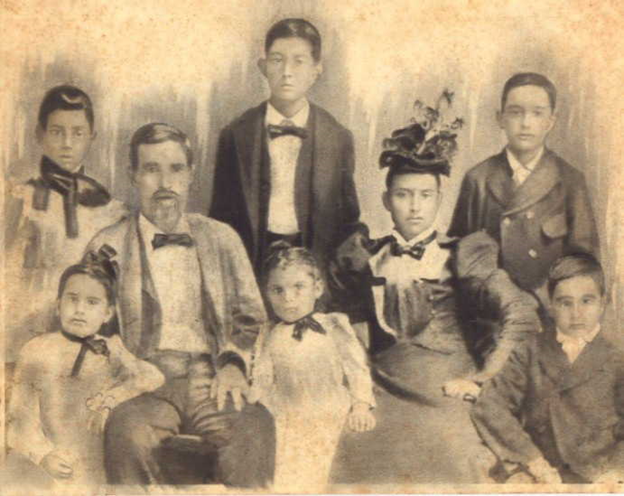
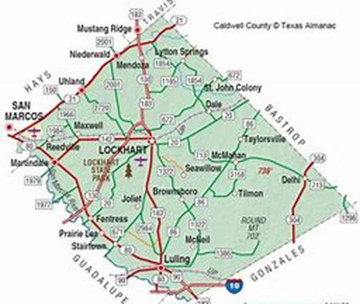
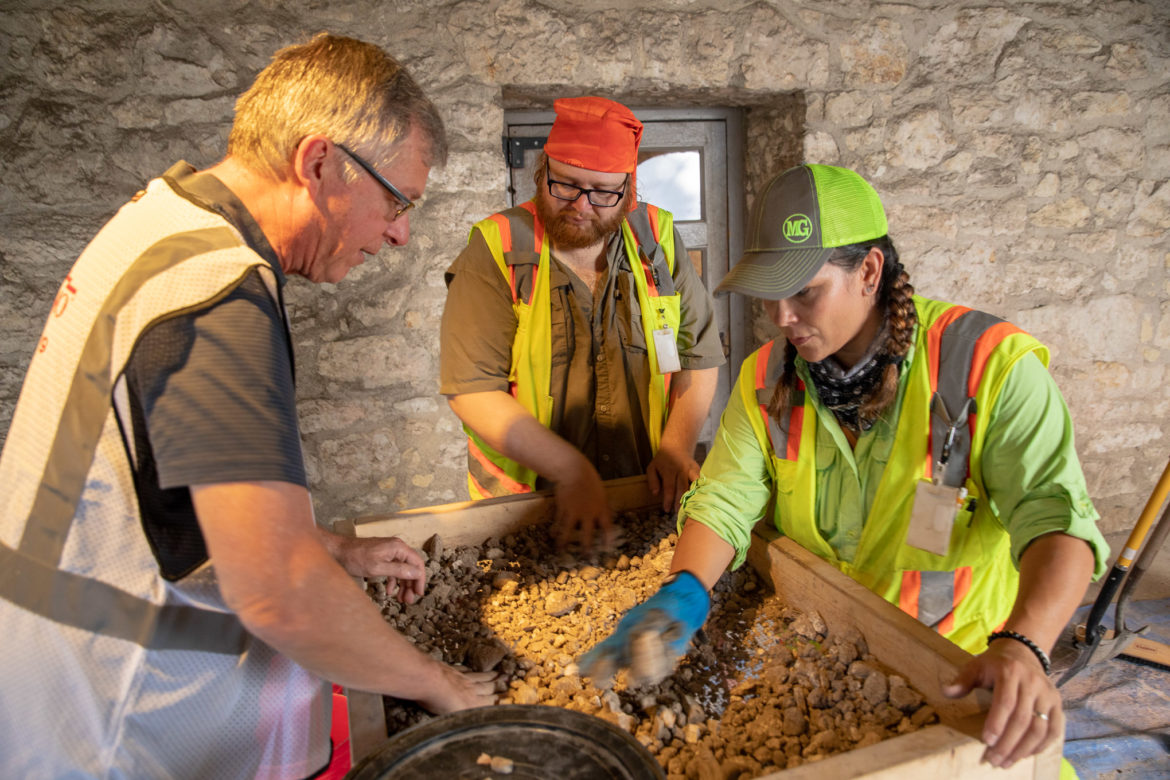
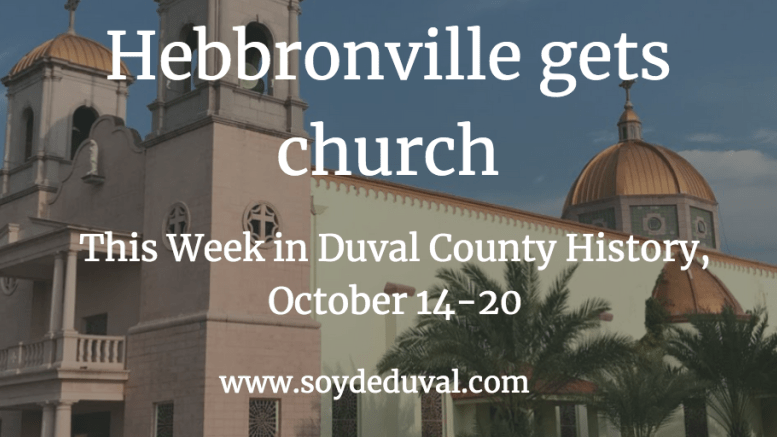
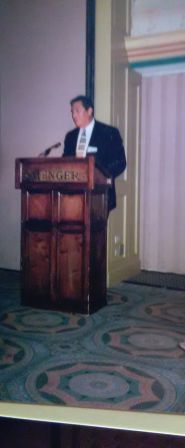 All
these years since the publication of my award
winning political biography, Border
Boss: Manuel B. Bravo and Zapata County,
in April of 1999 by Texas A&M University
Press, I never thought that there would be a
connection with my book and the Texas Almanac.
One day while we were enjoying our stay in our
cottage in Zapata, I did a cursory review of
the books in our vast personal library.
Many of the books belong to us and others were
given to us by Jo Emma's parents, knowing how
much I love to read. In particular, the
one book that caught my attention was an old Texas
Almanac, 2002-2003, which I had not
had the opportunity to glance through it
before. Now, I made the time to review
it. I found some interesting Texas
trivia that we all know, for example, the
State Flower is the bluebonnet; the State Bird
is the mockingbird; and the State Tree is the
pecan tree. What I did not know was that
the State Dish is the Chili; the State Fiber
and Fabric is Cotton; the State Fish is the
Guadalupe bass; the State Fruit is the Texas
red grapefruit; the State Insect is the
Monarch butterfly; the State Musical
instrument is the guitar; the State Native
Pepper is the chiltepin; the State Plant is
the prickly pear cactus; and the State Pepper
is the Jalapeño pepper; and so on.
All
these years since the publication of my award
winning political biography, Border
Boss: Manuel B. Bravo and Zapata County,
in April of 1999 by Texas A&M University
Press, I never thought that there would be a
connection with my book and the Texas Almanac.
One day while we were enjoying our stay in our
cottage in Zapata, I did a cursory review of
the books in our vast personal library.
Many of the books belong to us and others were
given to us by Jo Emma's parents, knowing how
much I love to read. In particular, the
one book that caught my attention was an old Texas
Almanac, 2002-2003, which I had not
had the opportunity to glance through it
before. Now, I made the time to review
it. I found some interesting Texas
trivia that we all know, for example, the
State Flower is the bluebonnet; the State Bird
is the mockingbird; and the State Tree is the
pecan tree. What I did not know was that
the State Dish is the Chili; the State Fiber
and Fabric is Cotton; the State Fish is the
Guadalupe bass; the State Fruit is the Texas
red grapefruit; the State Insect is the
Monarch butterfly; the State Musical
instrument is the guitar; the State Native
Pepper is the chiltepin; the State Plant is
the prickly pear cactus; and the State Pepper
is the Jalapeño pepper; and so on.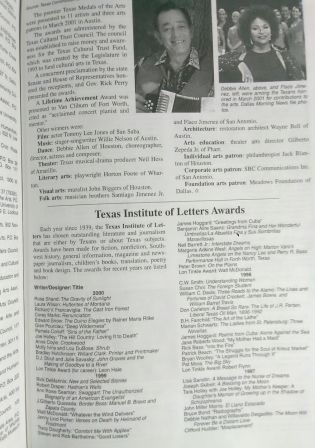
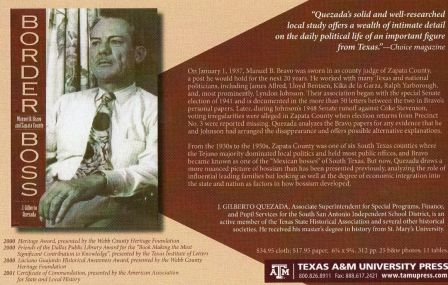
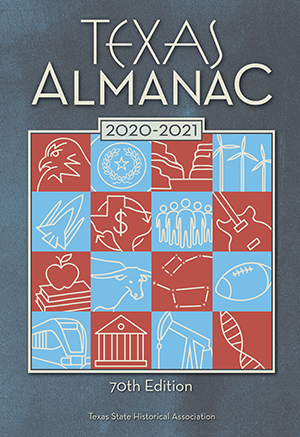
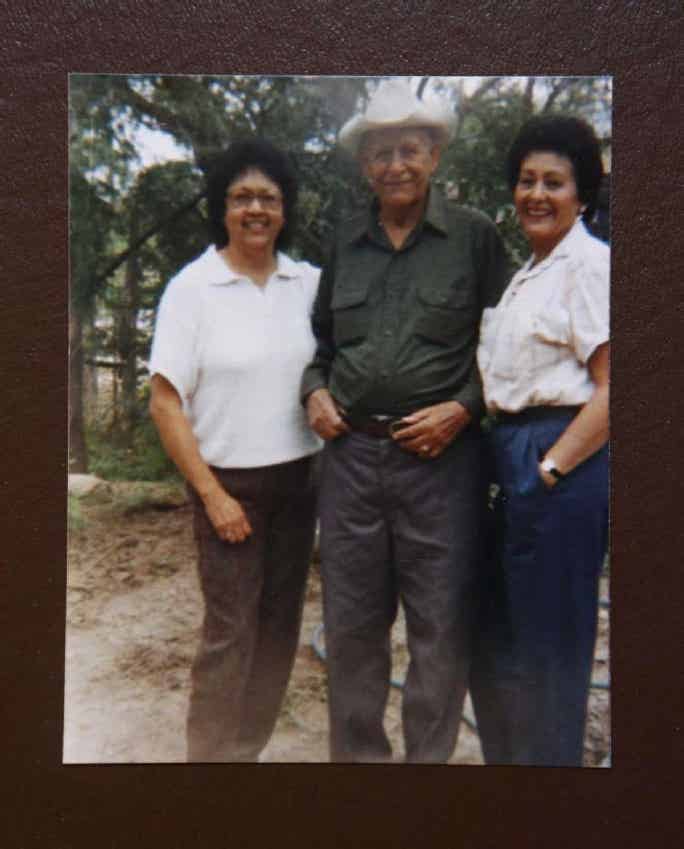

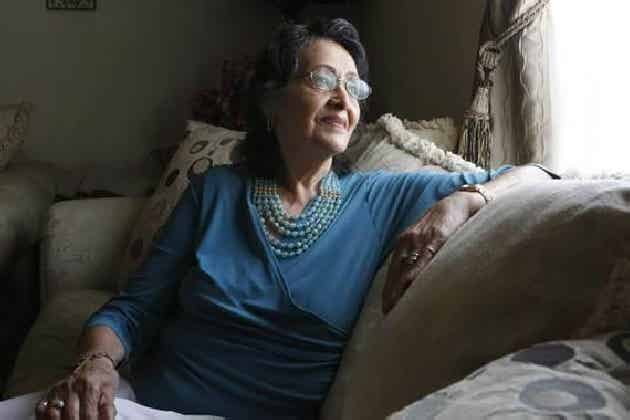
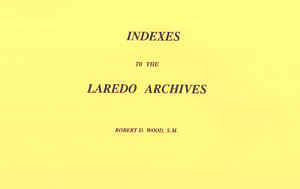
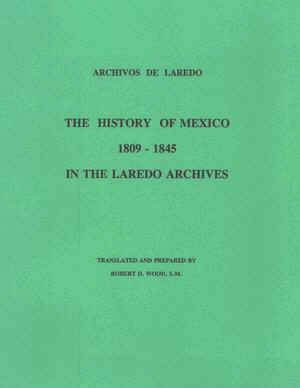
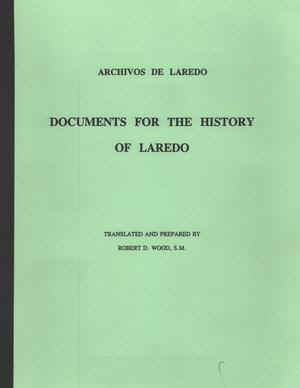
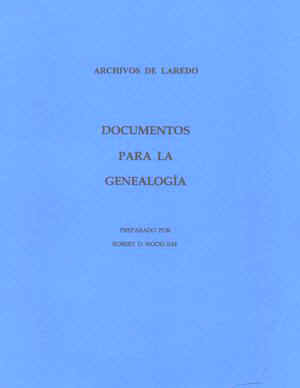
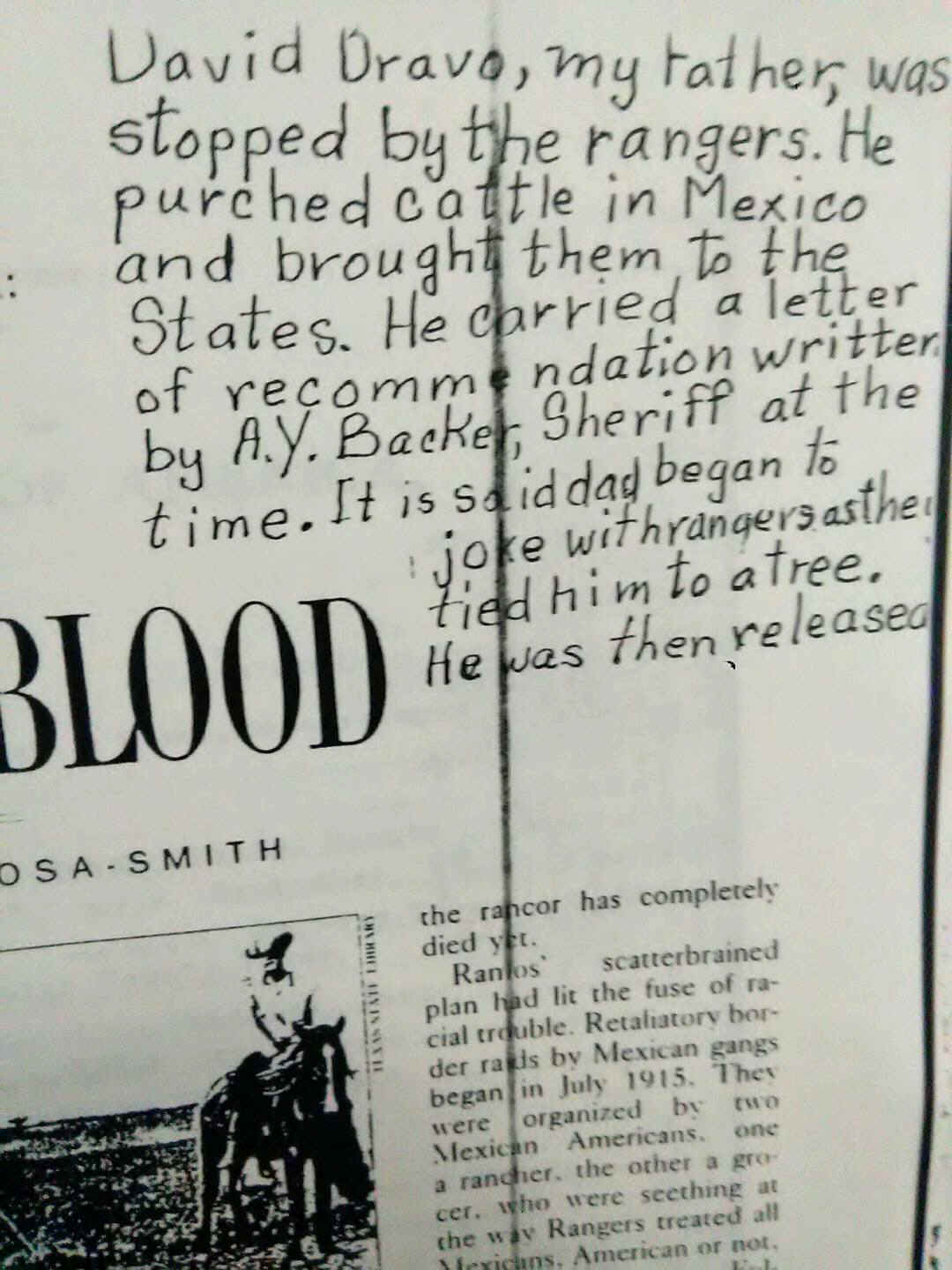
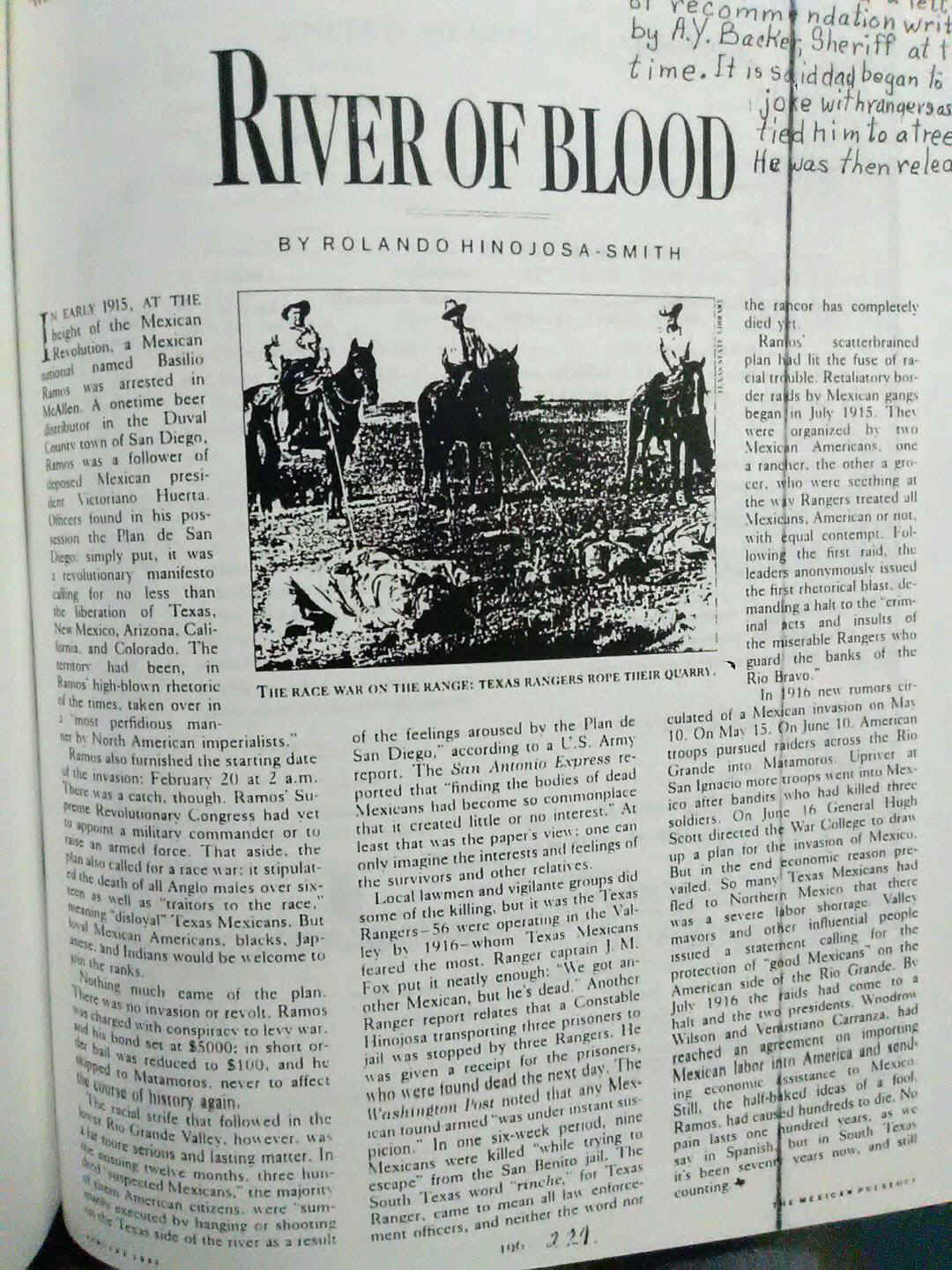
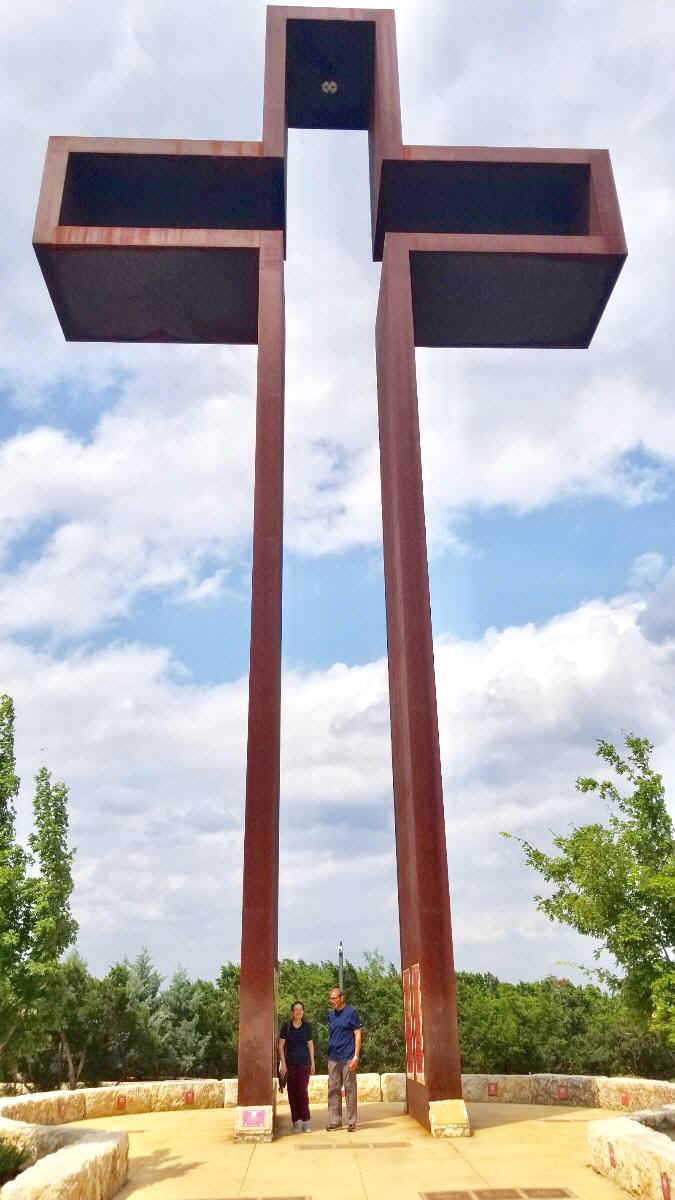 Pause
for a few seconds and consider the times in your
life when you have stood still and stared in
amazement and awe. Perhaps it was a
breathtaking sunrise or sunset, an encounter with a
wild animal, a peaceful lake, or the beauty of wild
flowers in the brush country of South Texas.
Were you struck silent by the sight? Well,
that is the awesome feeling I felt when Jo Emma and
I stood next to the steel cross on a cloudy
Wednesday afternoon of May 29, 2019. The
cross, which is the centerpiece of the Coming King
Sculpture Prayer Garden, is seventy-seven feet and
seven inches tall and weighs seventy tons and is
situated on top of a hill overlooking the town of
Kerrville and the Texas Hill County.
Pause
for a few seconds and consider the times in your
life when you have stood still and stared in
amazement and awe. Perhaps it was a
breathtaking sunrise or sunset, an encounter with a
wild animal, a peaceful lake, or the beauty of wild
flowers in the brush country of South Texas.
Were you struck silent by the sight? Well,
that is the awesome feeling I felt when Jo Emma and
I stood next to the steel cross on a cloudy
Wednesday afternoon of May 29, 2019. The
cross, which is the centerpiece of the Coming King
Sculpture Prayer Garden, is seventy-seven feet and
seven inches tall and weighs seventy tons and is
situated on top of a hill overlooking the town of
Kerrville and the Texas Hill County.
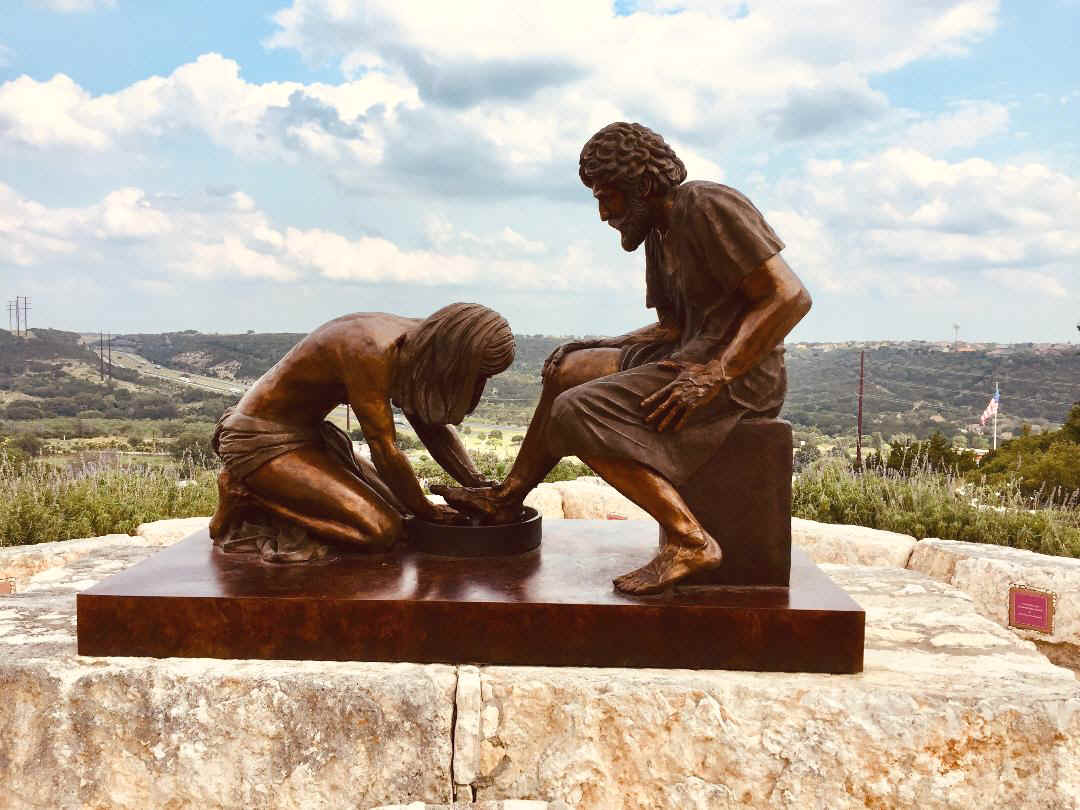
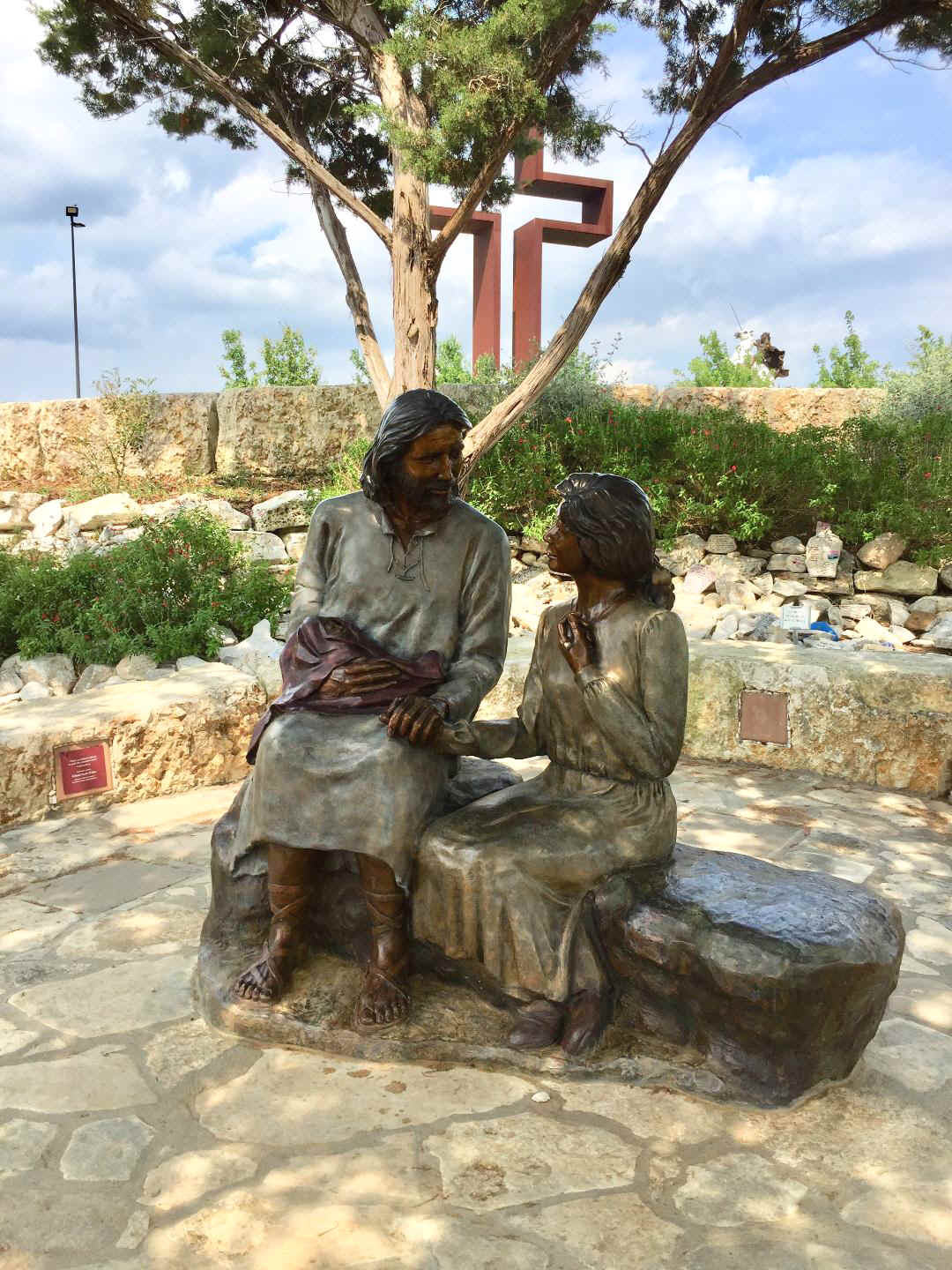
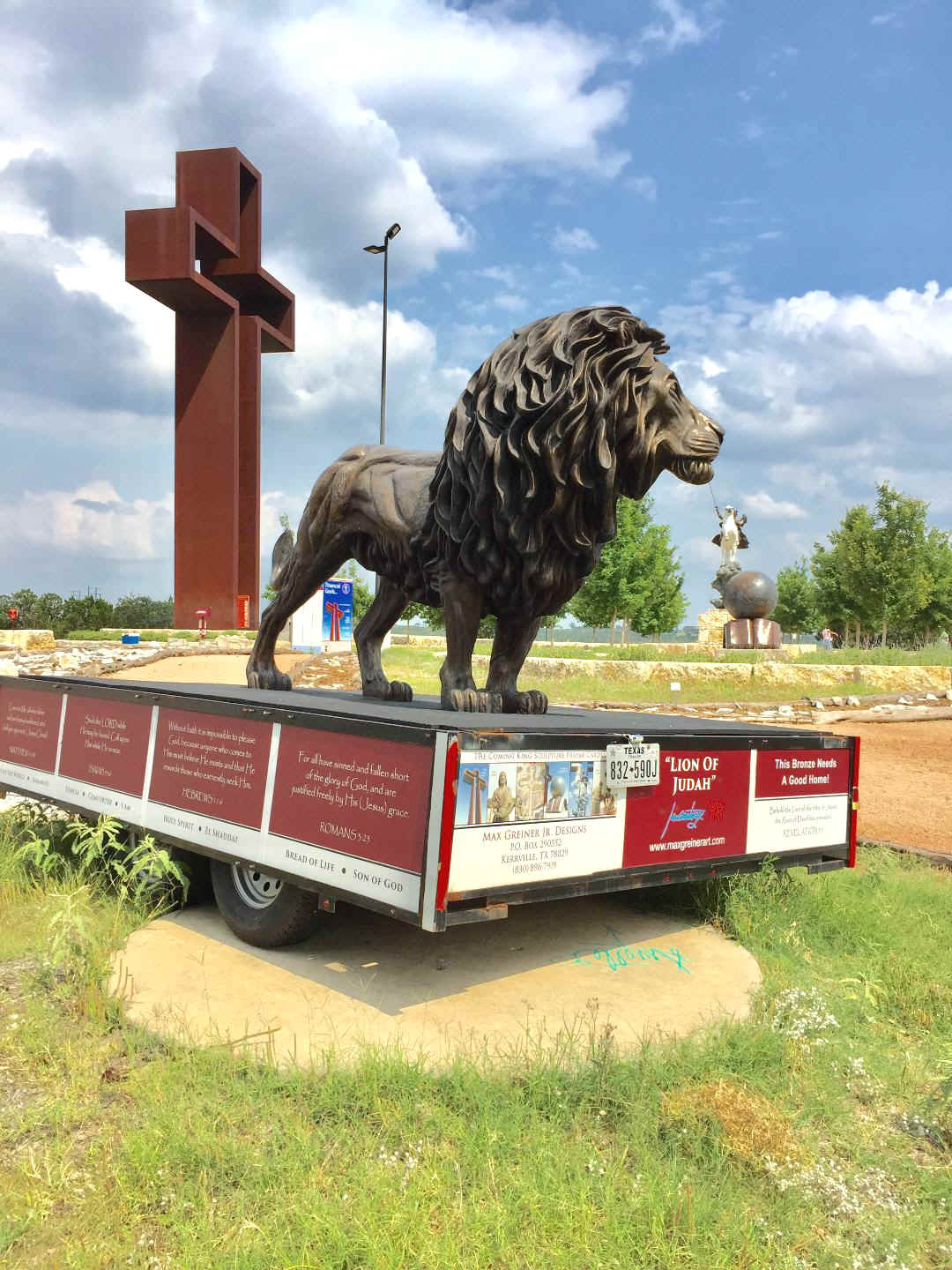
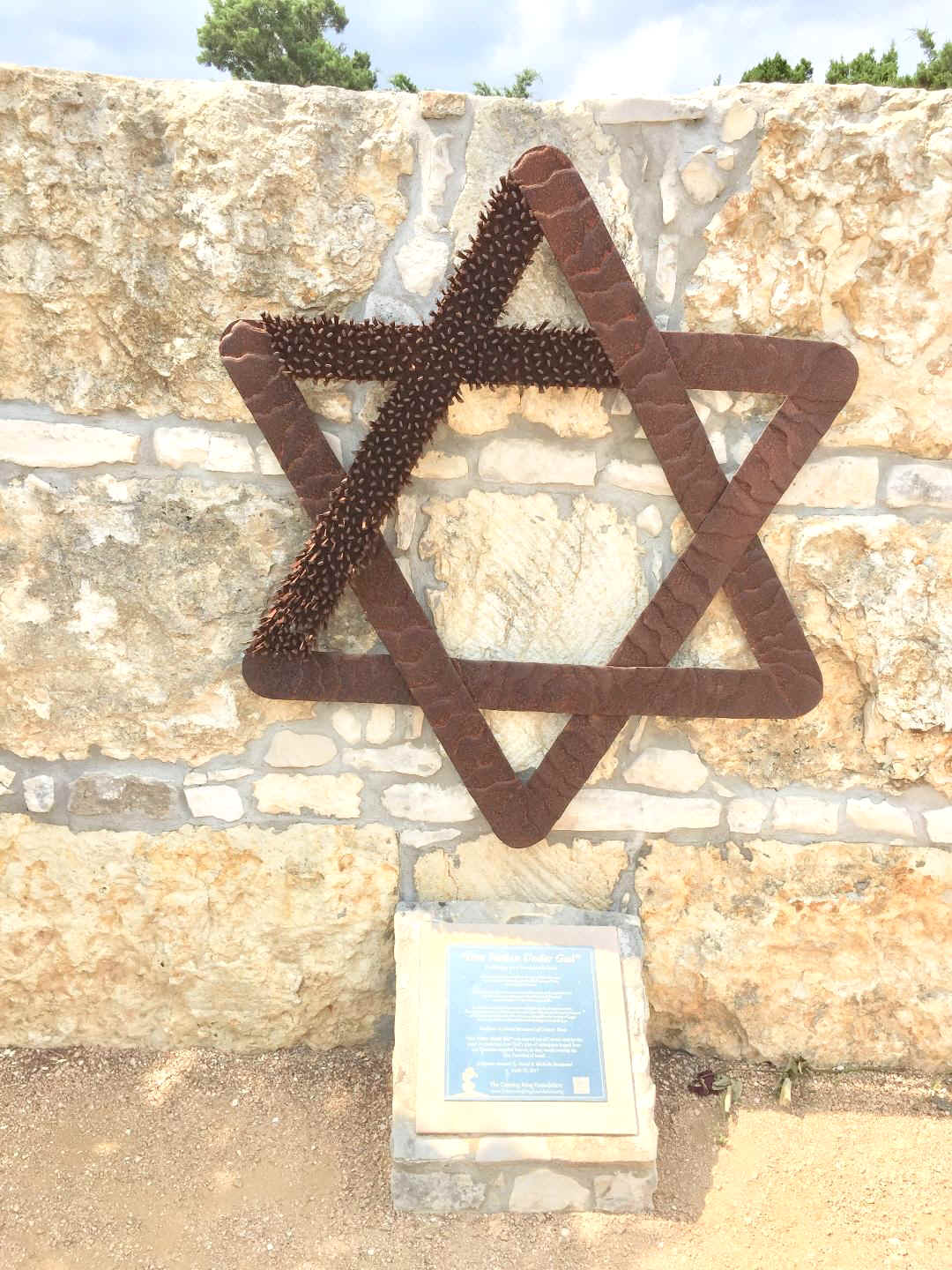
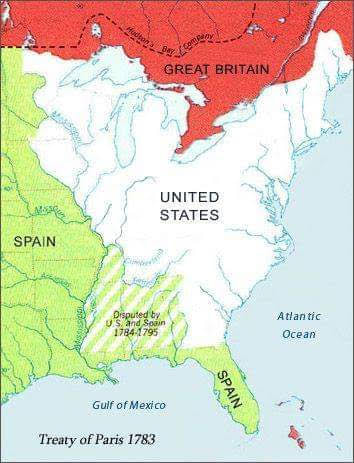

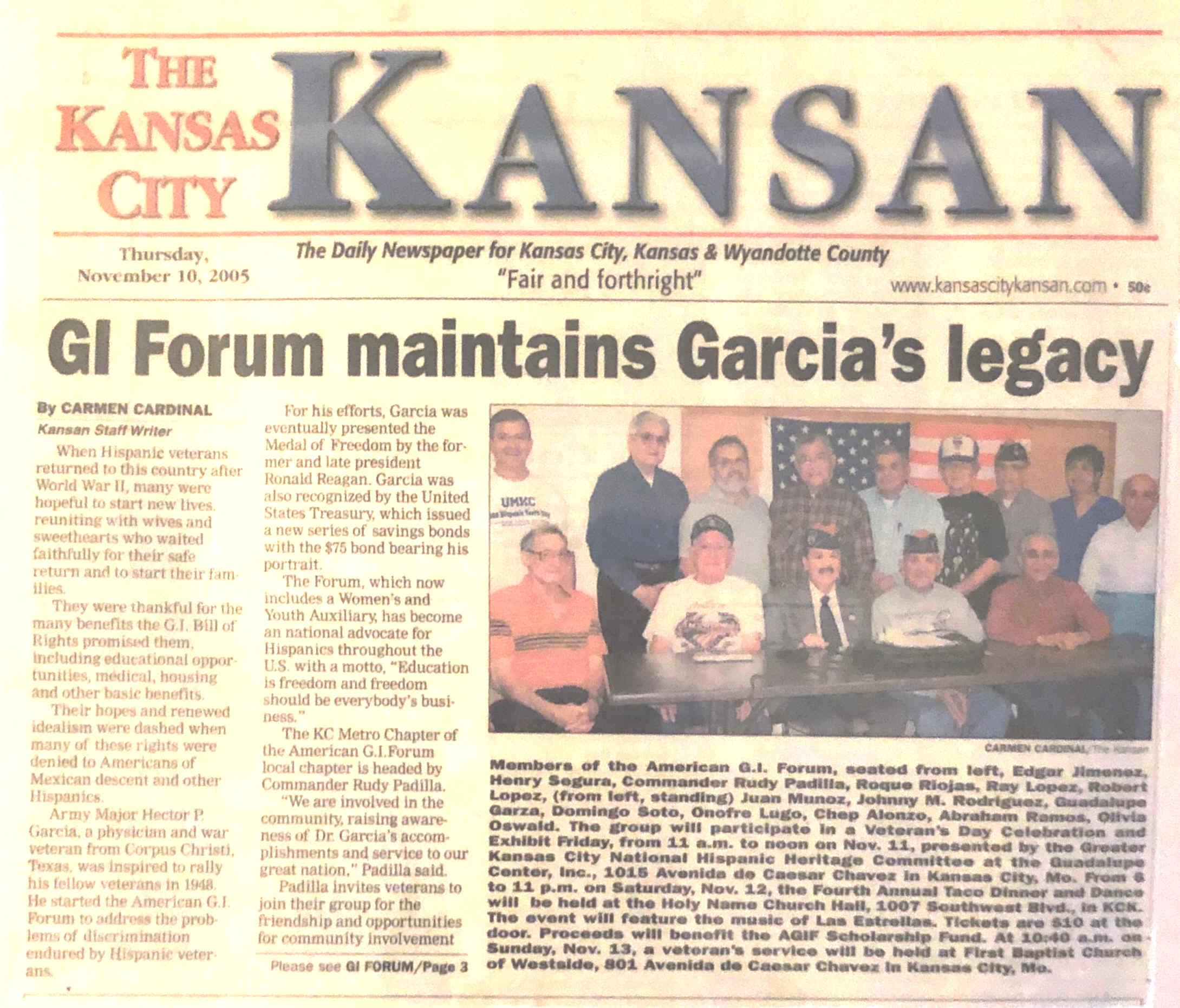
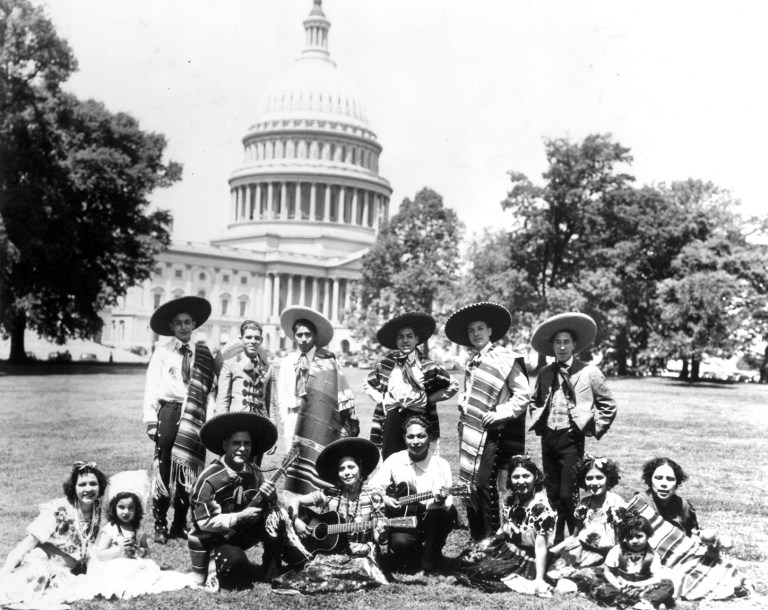

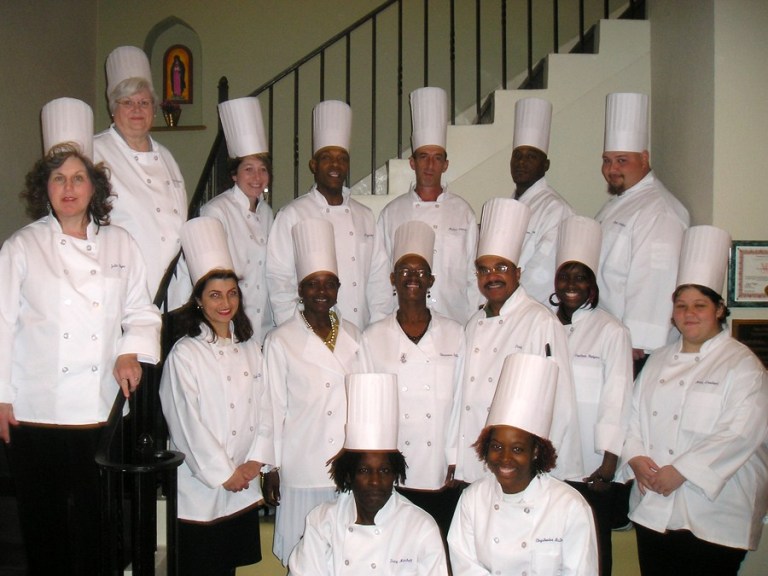
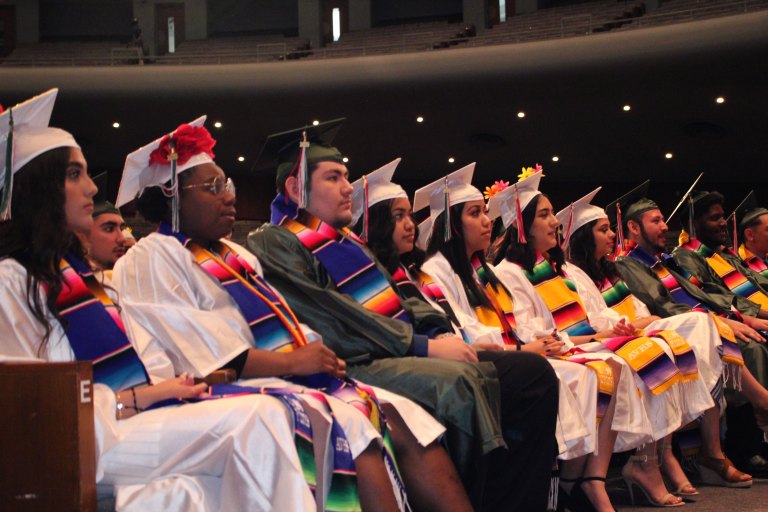
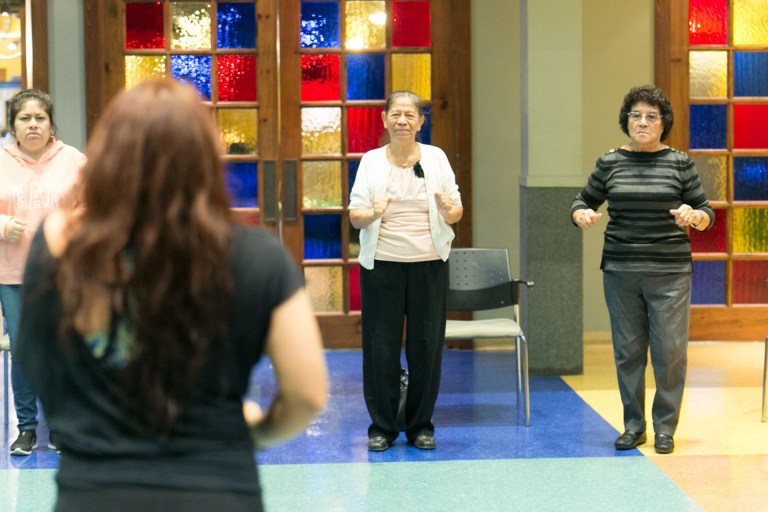
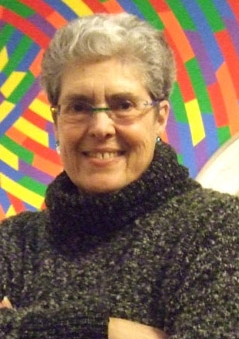 “Like
Panama, the country of her childhood, Bessy Reyna’s poems provide
a channel, a way to bridge east and west by reconciling the warring
needs of the body, the mind and the heart. Whether Reyna is dancing
with a stalk of sugar cane in Hartford, Connecticut, or in her
birthplace of Cuba, poem after poem is as lively as a salsa. Like
chewing sugar cane, her poems ultimately reward with their hard-won
sweetness, with the taste that leaves us wanting more.” —Vivian
Shipley
“Like
Panama, the country of her childhood, Bessy Reyna’s poems provide
a channel, a way to bridge east and west by reconciling the warring
needs of the body, the mind and the heart. Whether Reyna is dancing
with a stalk of sugar cane in Hartford, Connecticut, or in her
birthplace of Cuba, poem after poem is as lively as a salsa. Like
chewing sugar cane, her poems ultimately reward with their hard-won
sweetness, with the taste that leaves us wanting more.” —Vivian
Shipley
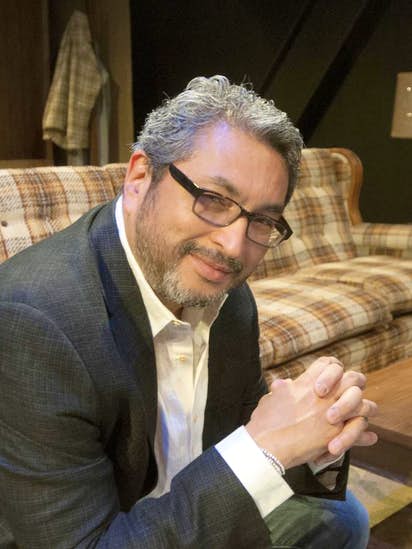 Hartford
Stage is opening the 2019-2020 season with the play “Quixote Nuevo”
by Octavio Solis. And, this can be considered a homecoming
celebration for him, because in 2009, Yale Rep in New Haven,
presented “Lydia” A very moving story about a Mexican family
living on the border of the USA and Mexico in Texas in 1970. Lydia
is the young undocumented maid who takes care of Ceci, a teenager
who is severely brain-damaged in a car accident. In her review in
the New York Times, Anita Gates wrote that Lydia was an accurate
portrait of people in pain. By now, Solis is the author of numerous
plays, among them are “Man of the Flesh,” Pastures of Heaven,”
“La Posada Mágica,” “El Paso Blue,” “Santos & Santos,”
“El Otro,” “Prospect,” which in 2004, was also made into a
movie directed by Solis, and others. “Quixote Nuevo” was
commissioned by Bill Rauch artistic director of the Oregon
Shakespeare Festival.
Hartford
Stage is opening the 2019-2020 season with the play “Quixote Nuevo”
by Octavio Solis. And, this can be considered a homecoming
celebration for him, because in 2009, Yale Rep in New Haven,
presented “Lydia” A very moving story about a Mexican family
living on the border of the USA and Mexico in Texas in 1970. Lydia
is the young undocumented maid who takes care of Ceci, a teenager
who is severely brain-damaged in a car accident. In her review in
the New York Times, Anita Gates wrote that Lydia was an accurate
portrait of people in pain. By now, Solis is the author of numerous
plays, among them are “Man of the Flesh,” Pastures of Heaven,”
“La Posada Mágica,” “El Paso Blue,” “Santos & Santos,”
“El Otro,” “Prospect,” which in 2004, was also made into a
movie directed by Solis, and others. “Quixote Nuevo” was
commissioned by Bill Rauch artistic director of the Oregon
Shakespeare Festival.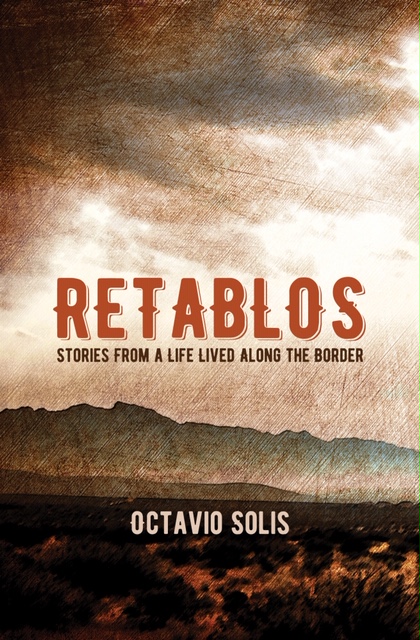 Steven
G. Kellman, gets to the essence of “Retablos” in his review in
the Texas Observer, when he writes that “Retablos” recounts “a
beautiful, messy youth on the border.” One of my favorite stories
in the book is “First Day.” It describes the day when his father
takes him to work at the “locally famous taco joint” where he
works as a day cook. As I read it, I kept seeing it as a short film,
because of the descriptions of the place, the workers, and the
intense friendships they develop with each other.
Steven
G. Kellman, gets to the essence of “Retablos” in his review in
the Texas Observer, when he writes that “Retablos” recounts “a
beautiful, messy youth on the border.” One of my favorite stories
in the book is “First Day.” It describes the day when his father
takes him to work at the “locally famous taco joint” where he
works as a day cook. As I read it, I kept seeing it as a short film,
because of the descriptions of the place, the workers, and the
intense friendships they develop with each other.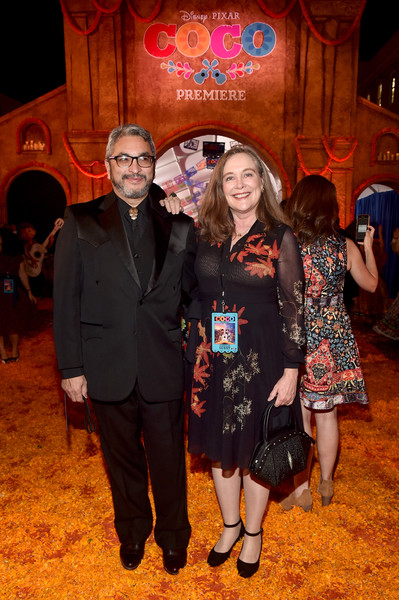 BR:
You participated in the production of Pixar’s animated film “Coco.”
Not only by being the voice of the “arrivals agent” but also as
one of the three cultural consultants hired to ensure the
authenticity of the story. Was this your first time working in
animation? Did you expect this film with an all-Latino cast to be
such a record-breaking film earning over 800 million dollars?
BR:
You participated in the production of Pixar’s animated film “Coco.”
Not only by being the voice of the “arrivals agent” but also as
one of the three cultural consultants hired to ensure the
authenticity of the story. Was this your first time working in
animation? Did you expect this film with an all-Latino cast to be
such a record-breaking film earning over 800 million dollars?
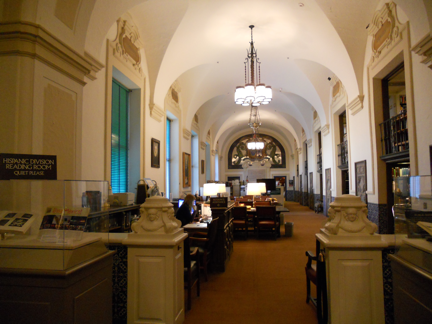

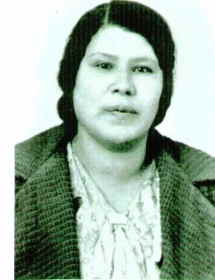
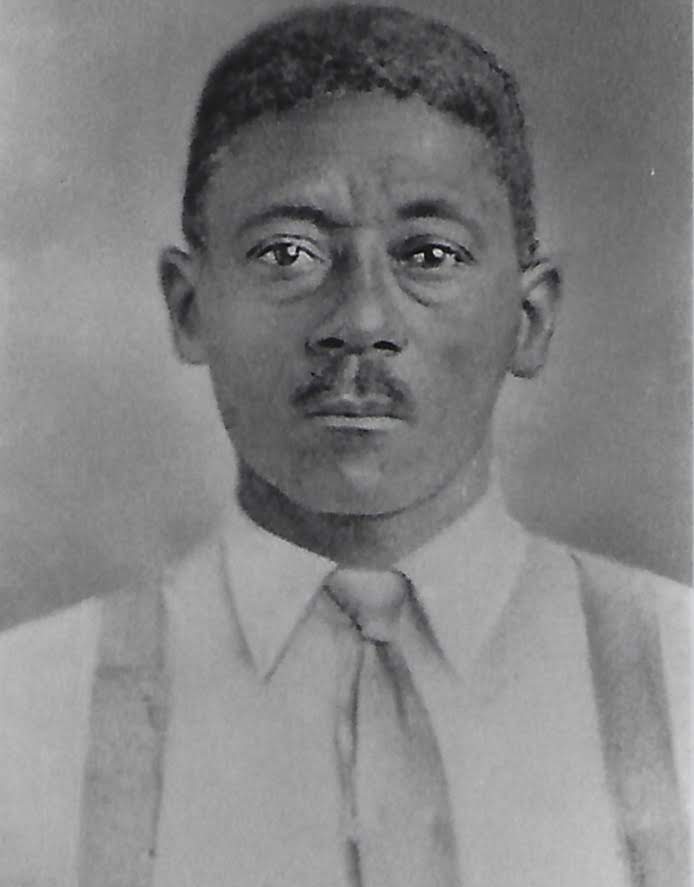
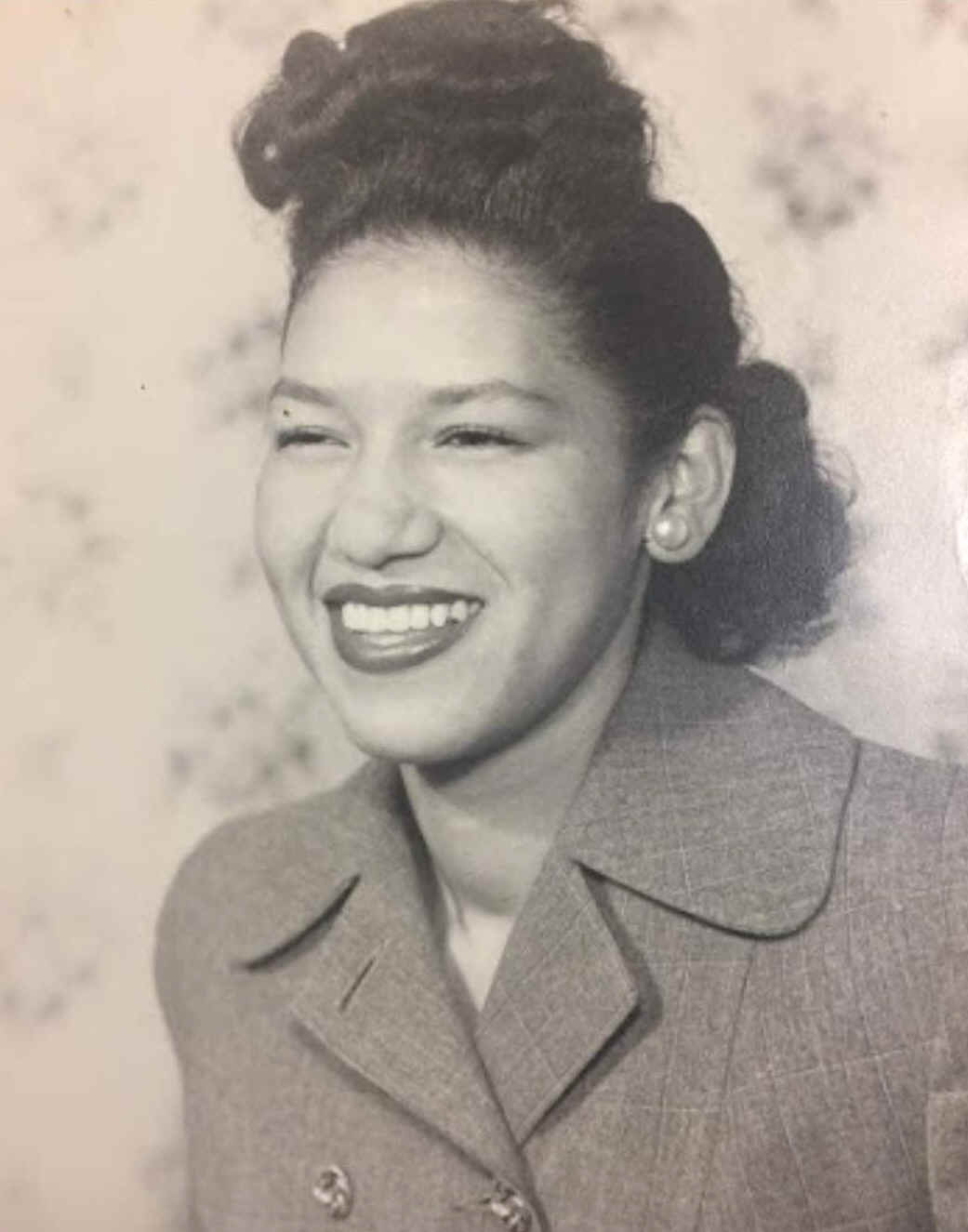
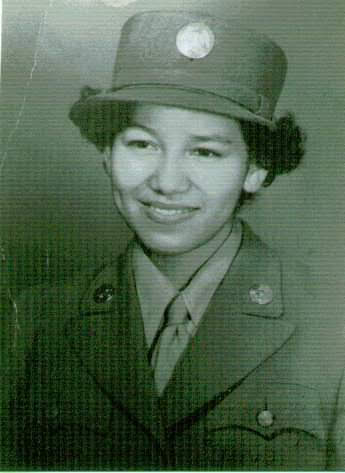 Our mother, Lydia
Thornton Moore, served in the 6888th Central Postal Directory
Battalion during WWII. The 6888th was the only all African
American Women's Army Corps battalion to be deployed
overseas.
Our mother, Lydia
Thornton Moore, served in the 6888th Central Postal Directory
Battalion during WWII. The 6888th was the only all African
American Women's Army Corps battalion to be deployed
overseas. 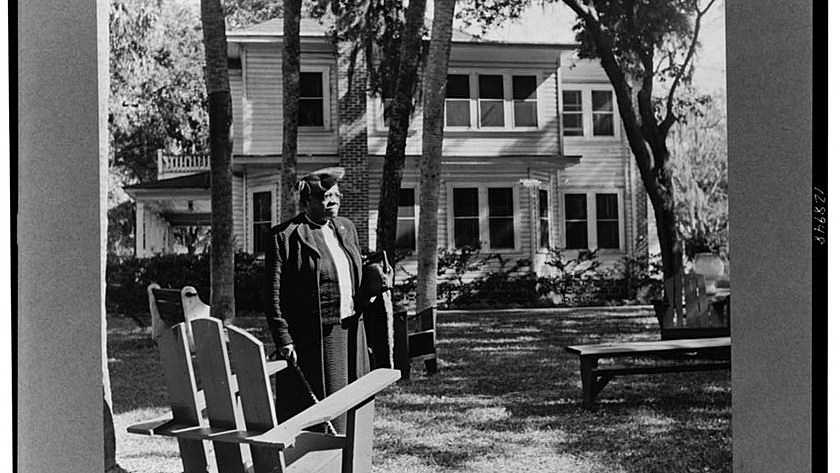
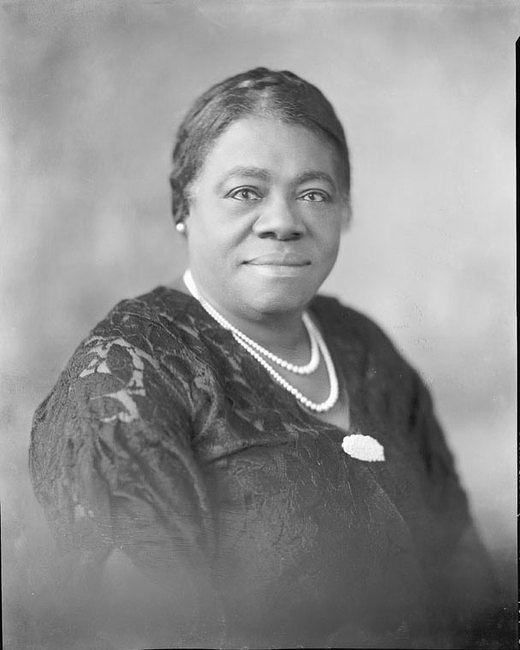
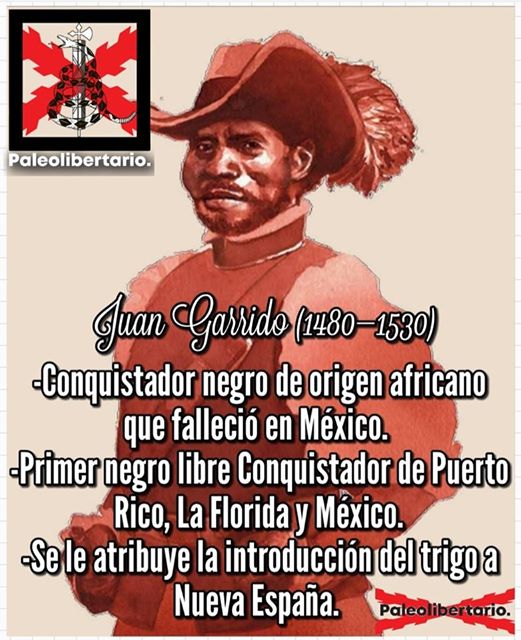
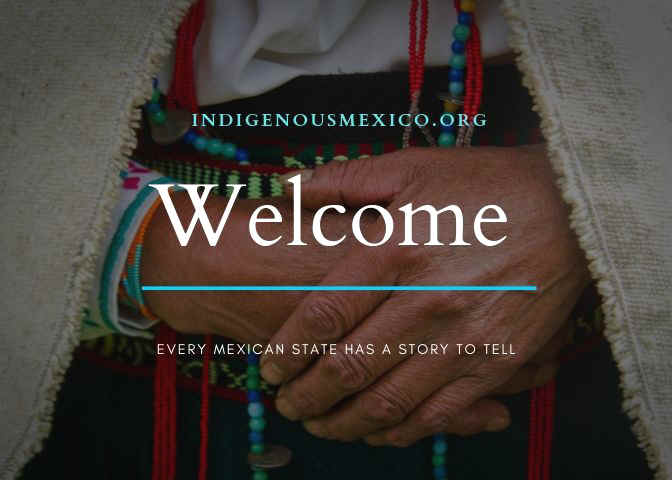
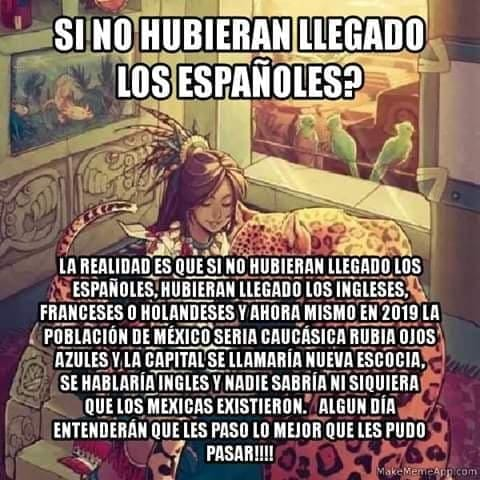

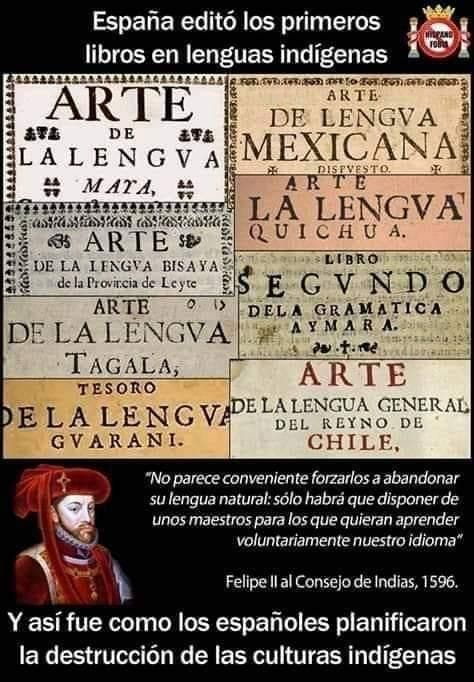
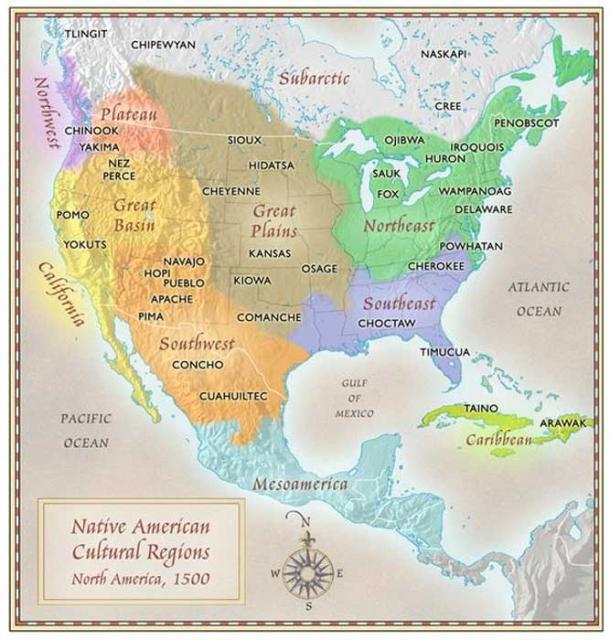
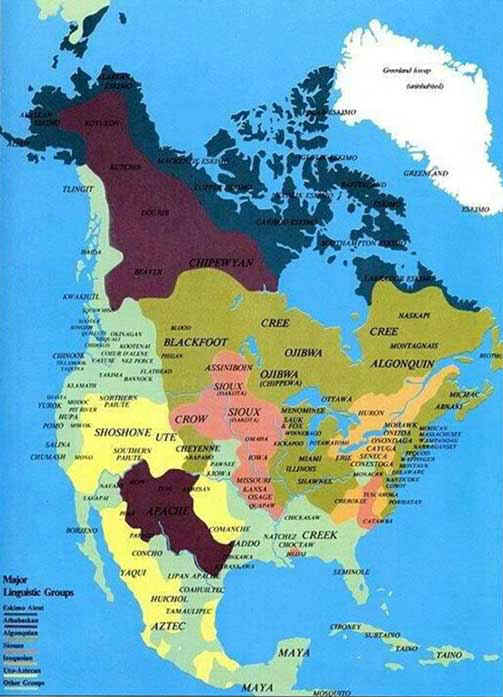
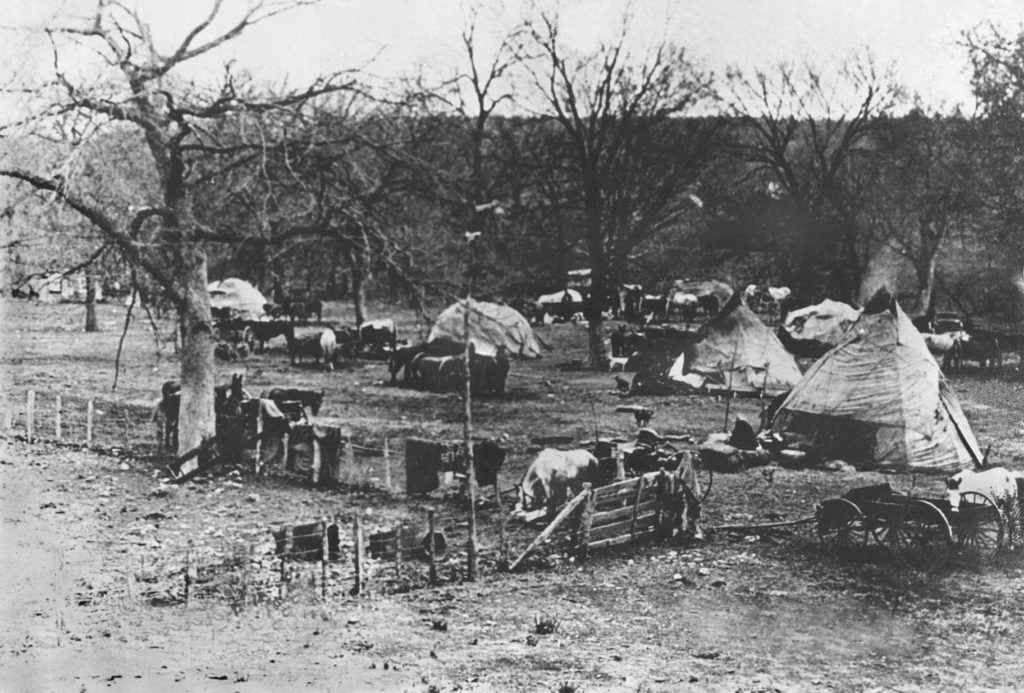
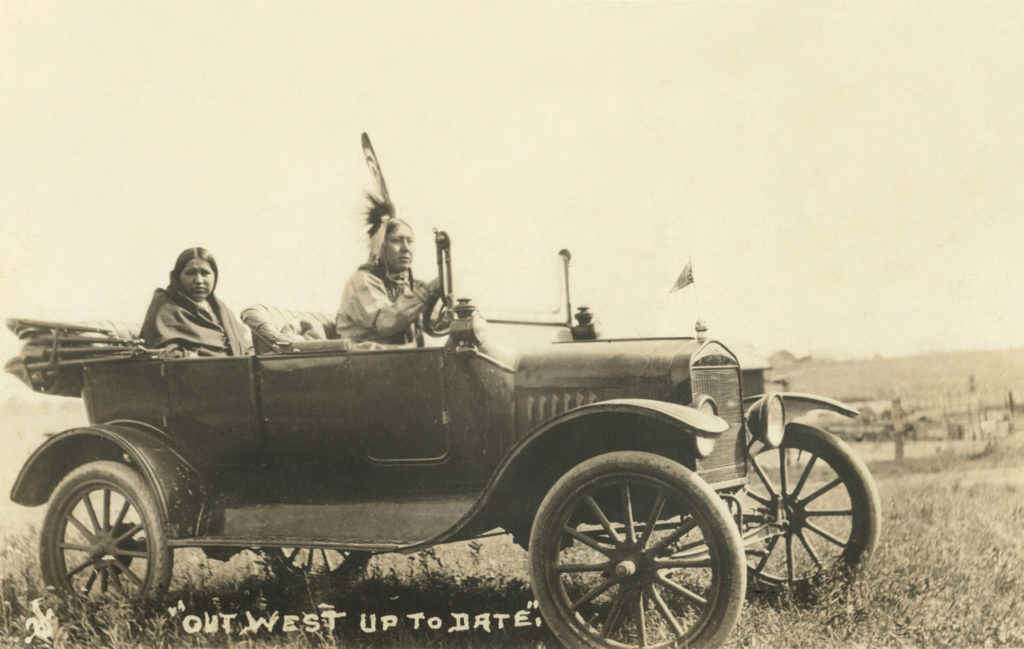
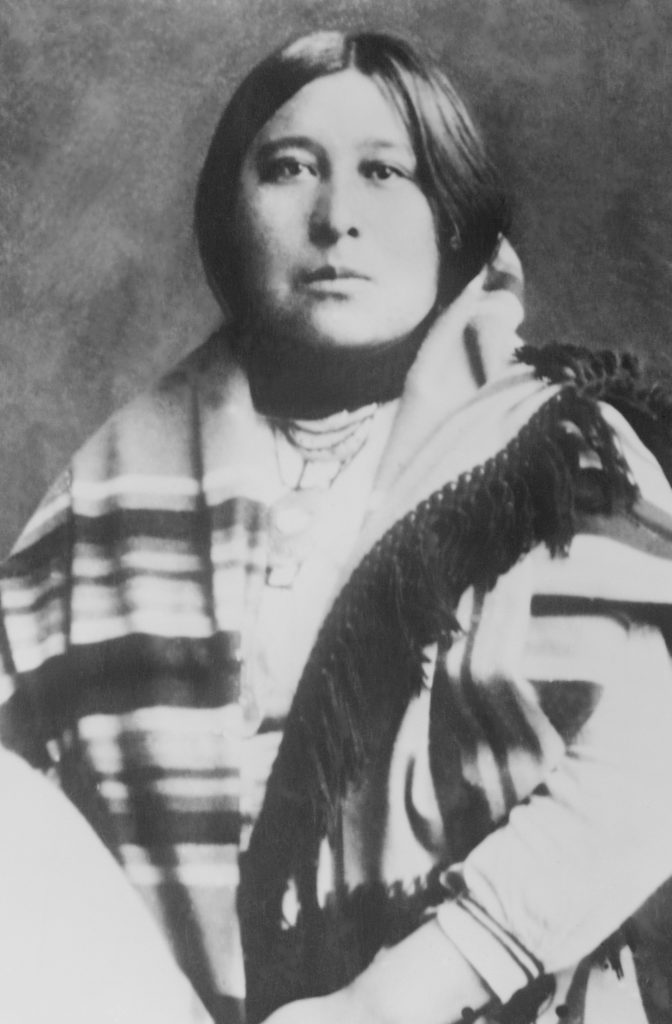
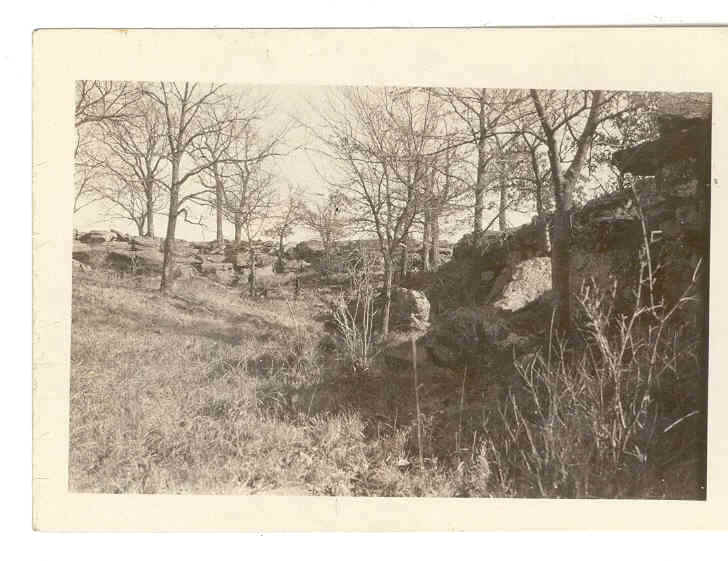
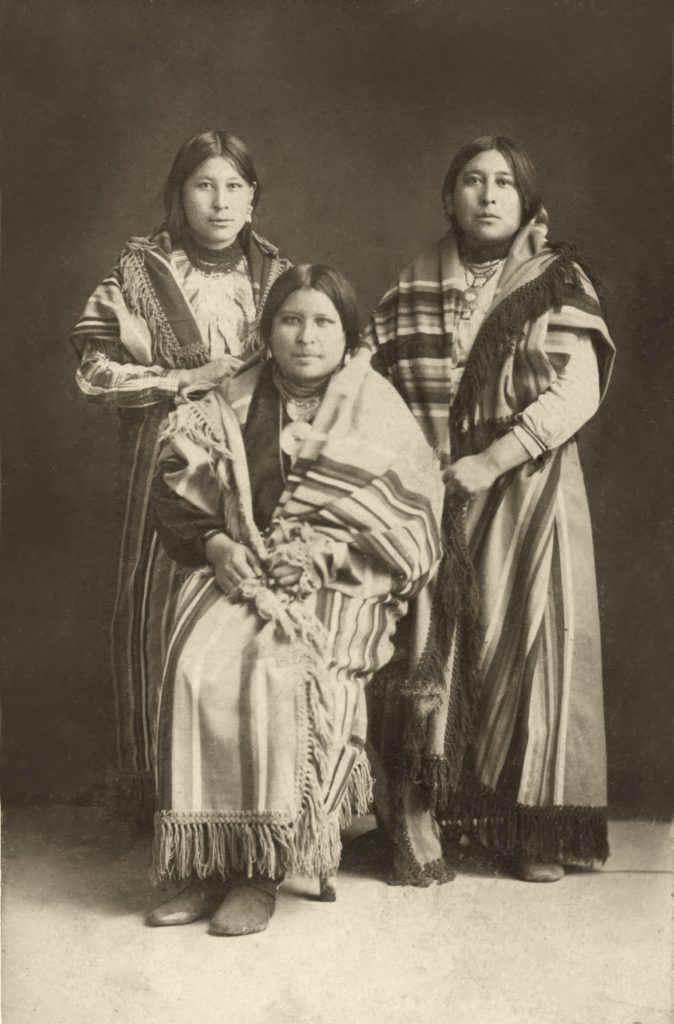
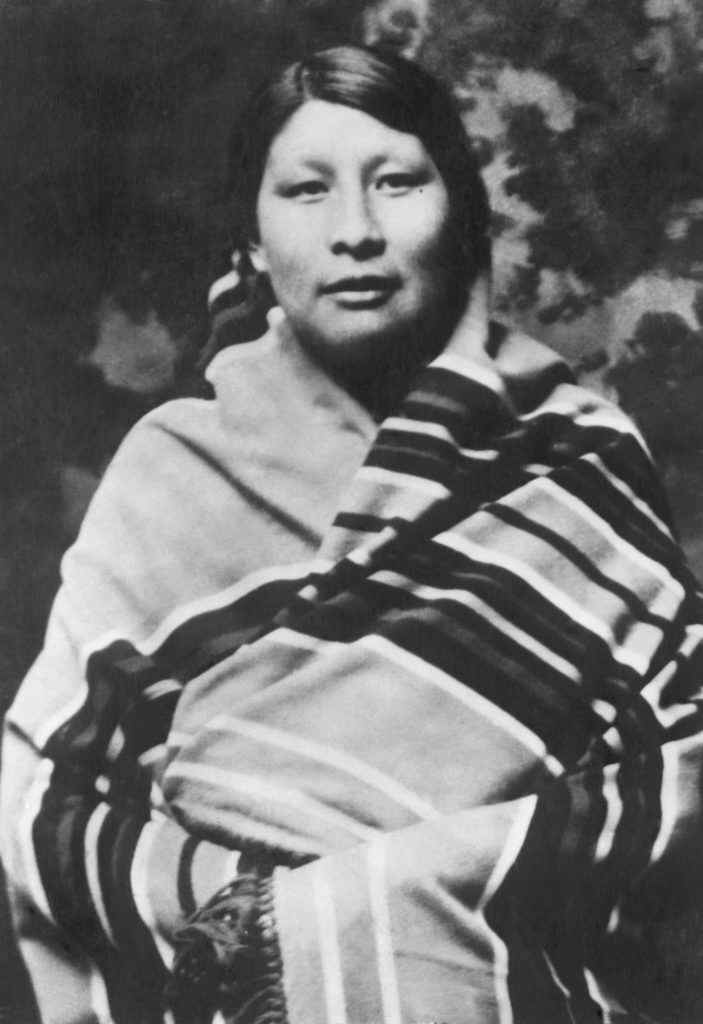
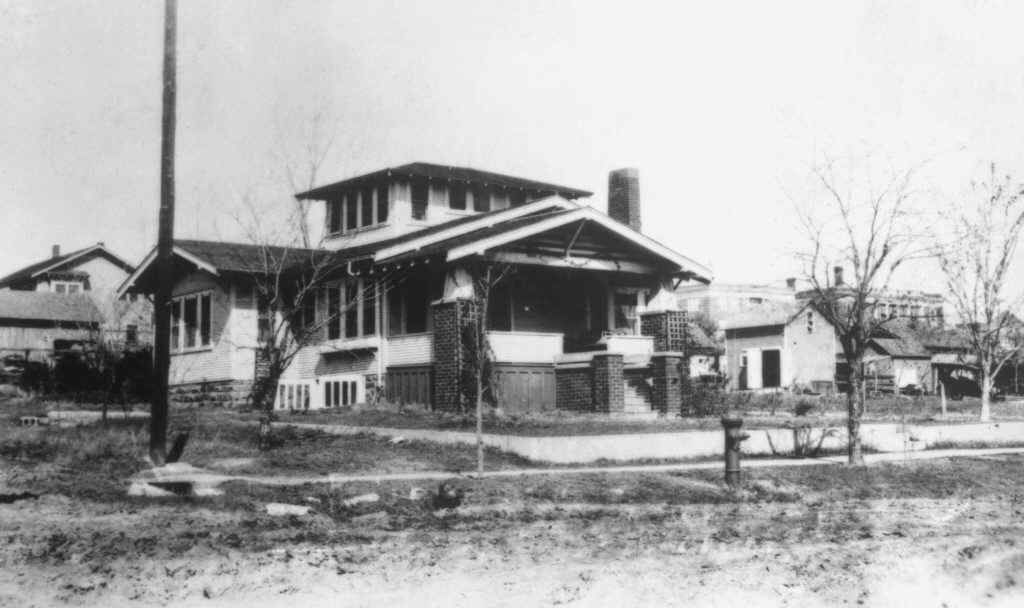

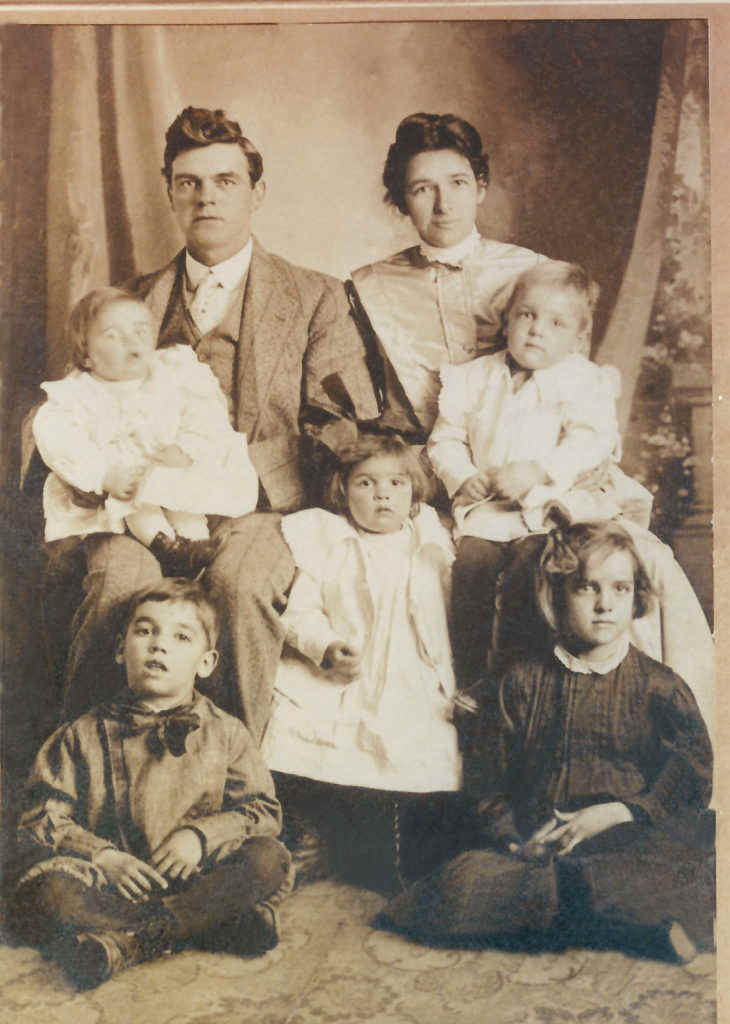
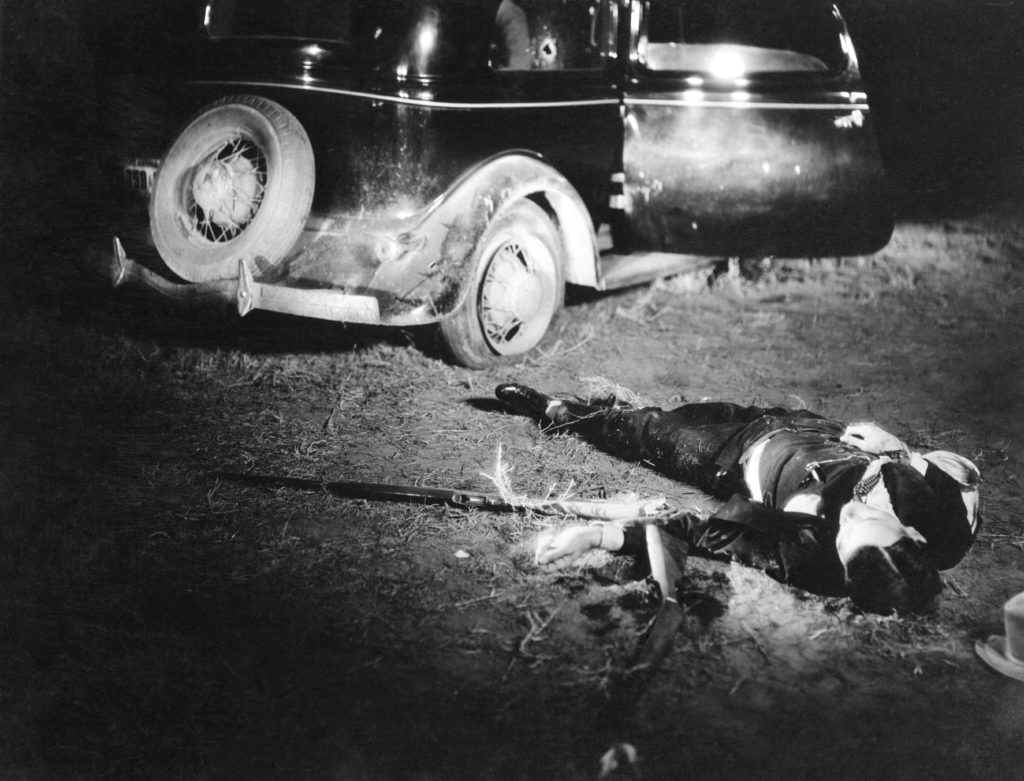
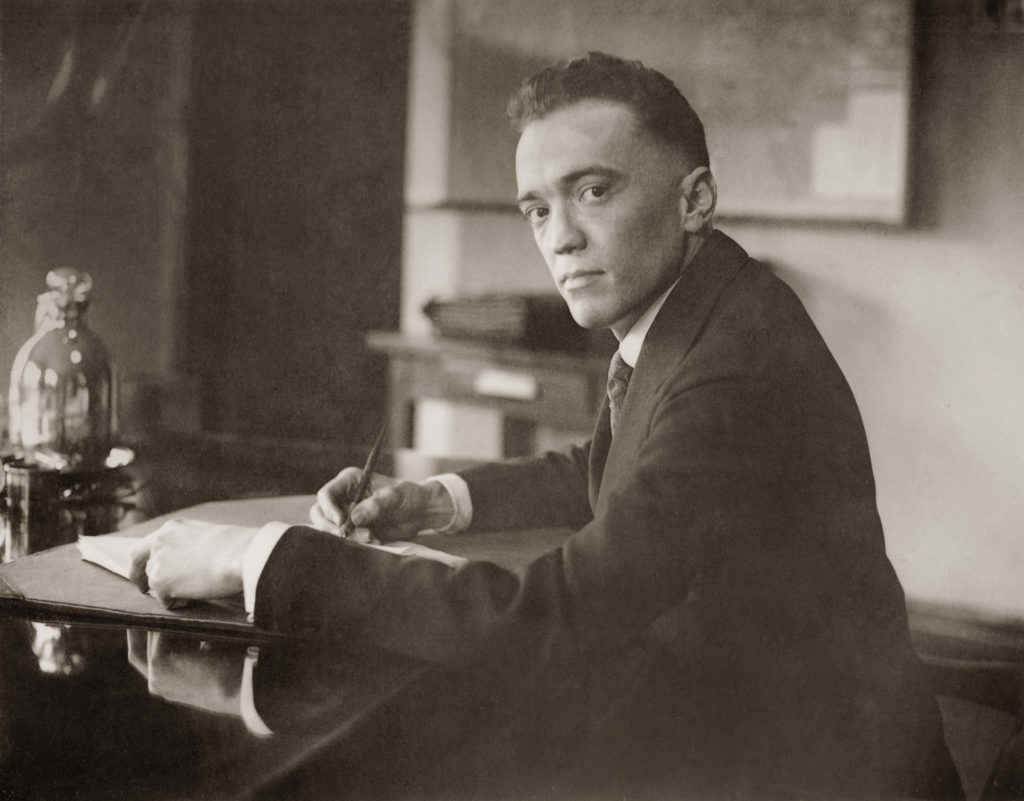
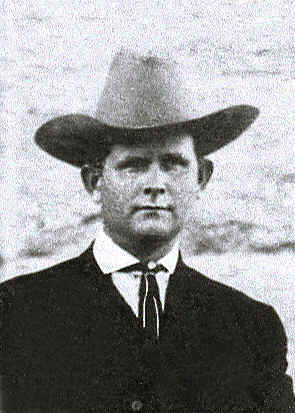
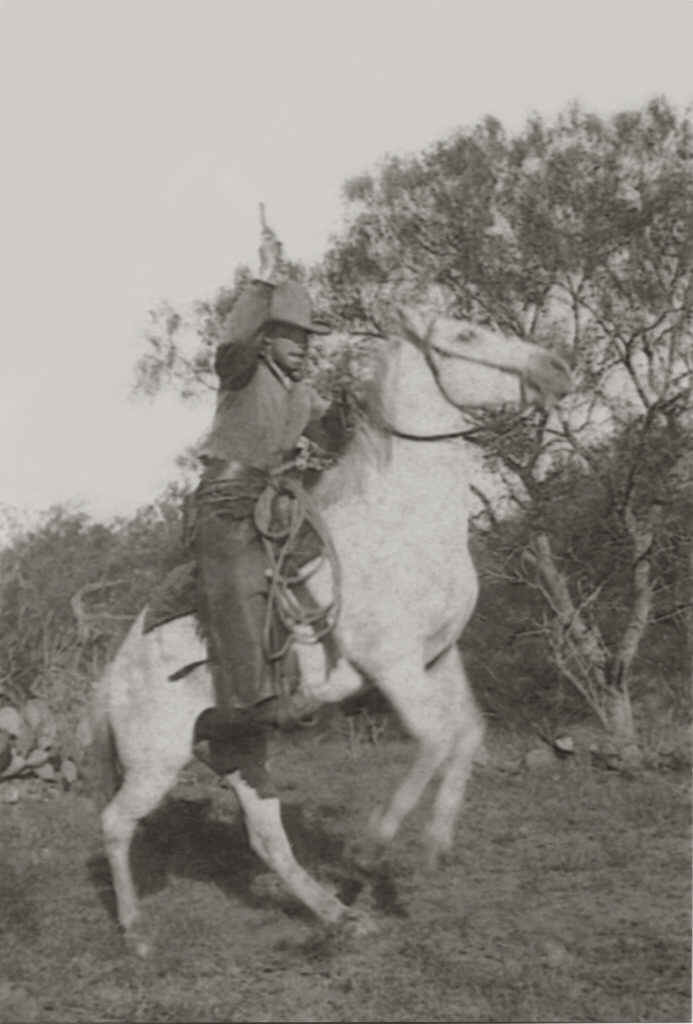
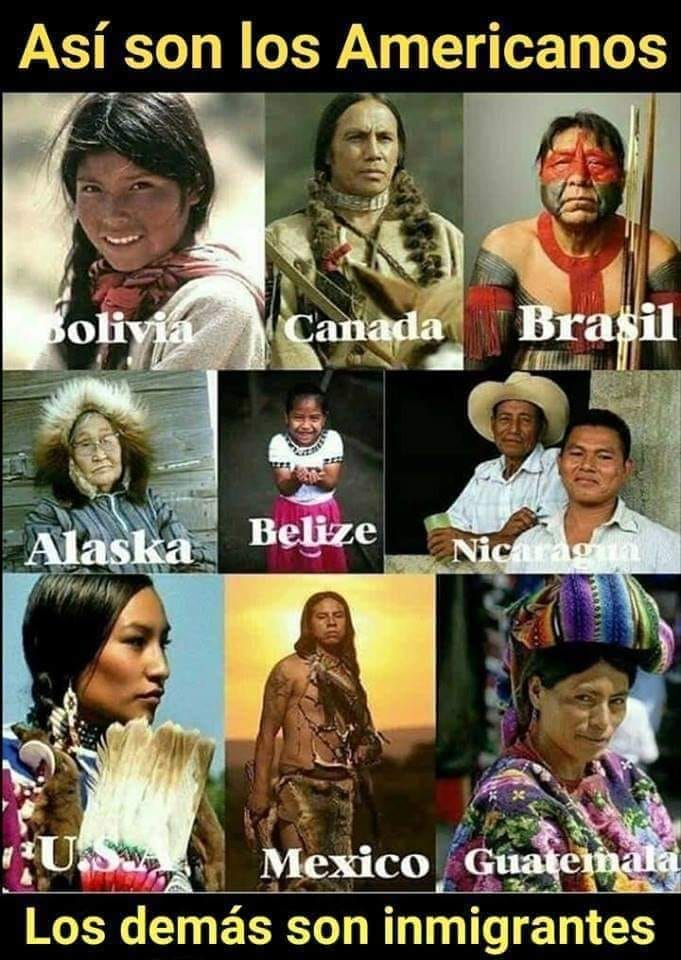

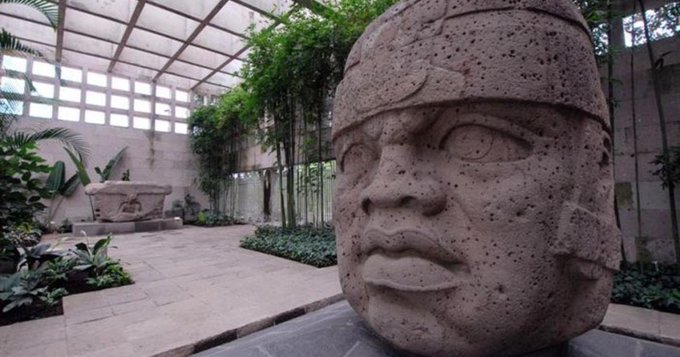

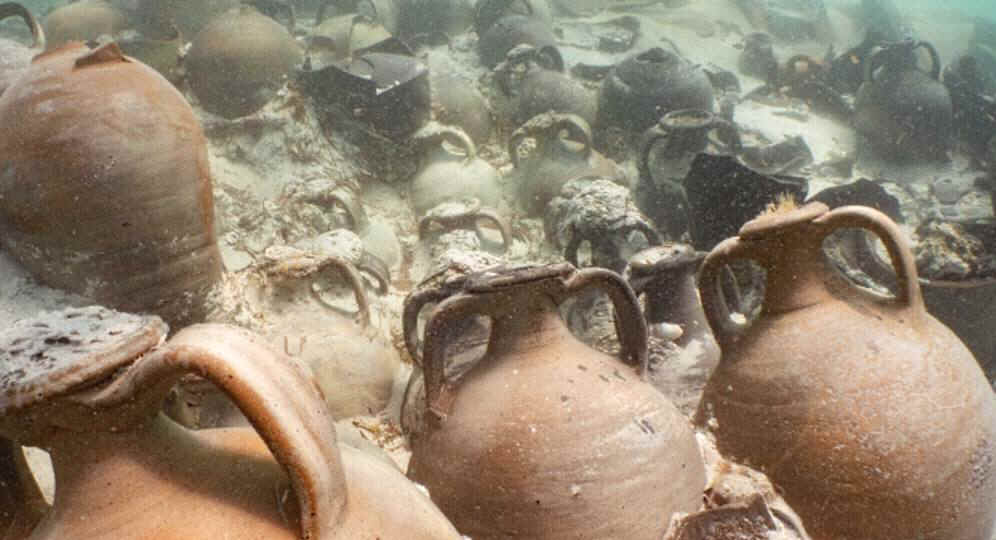
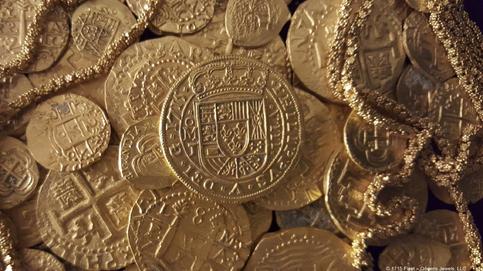
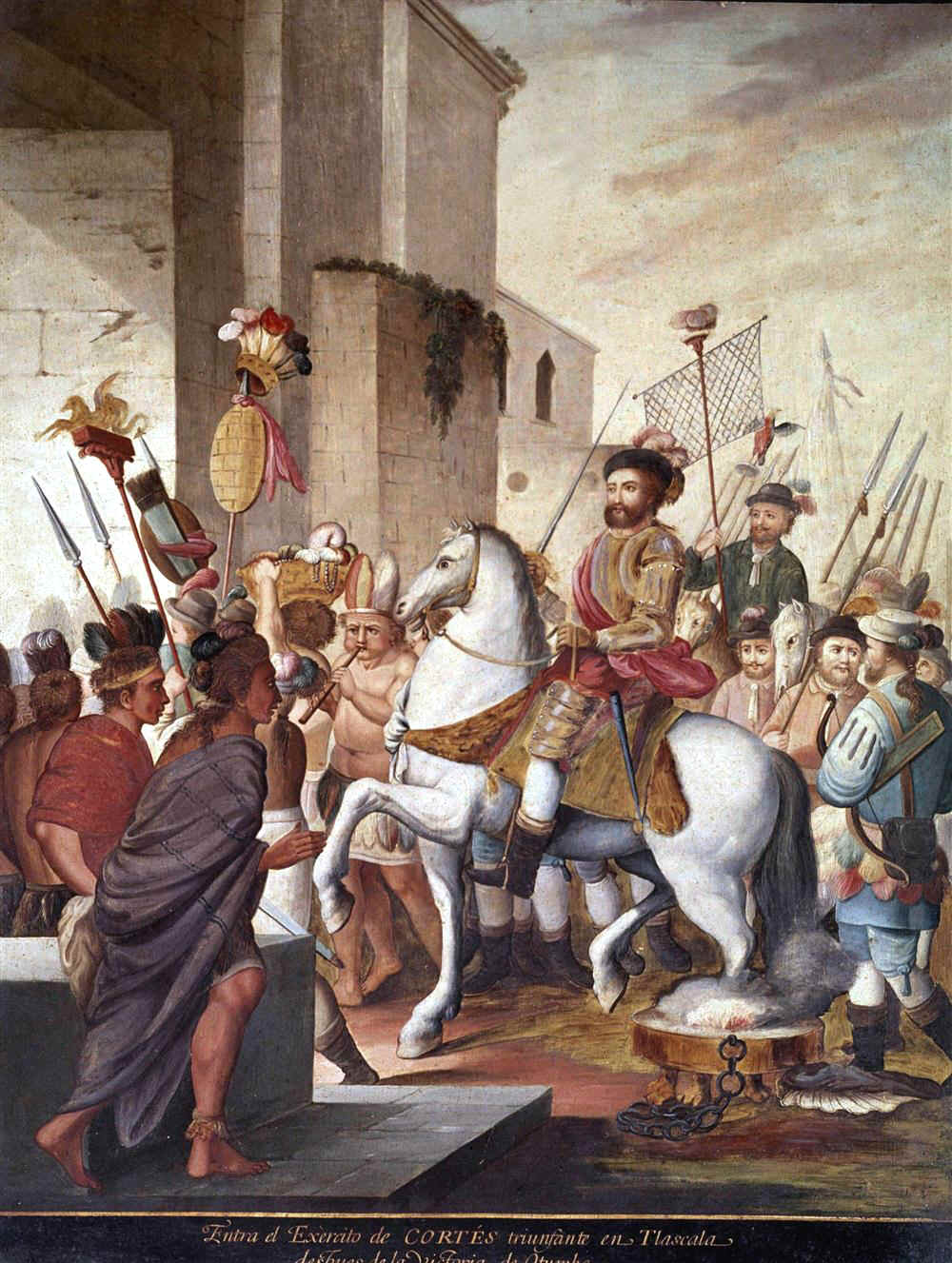 S
S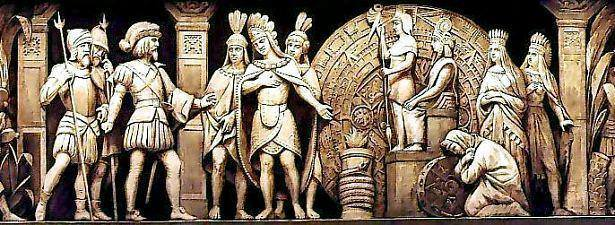
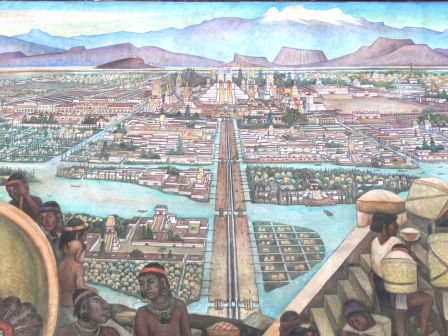
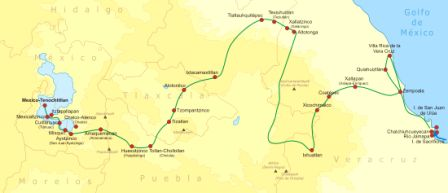
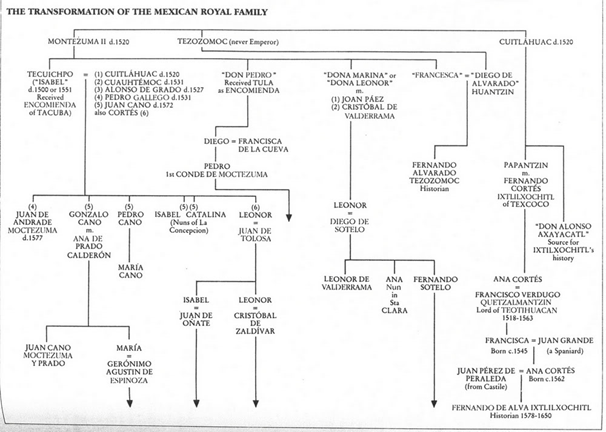
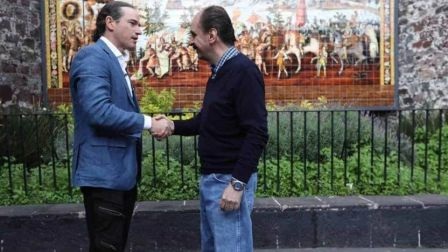
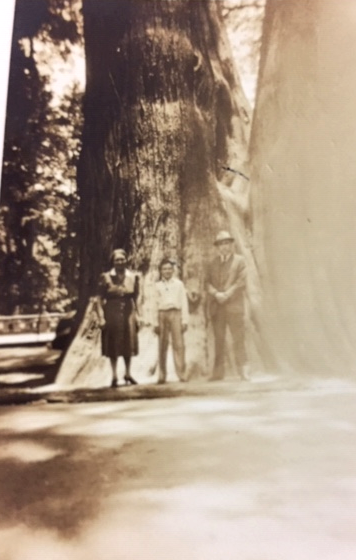
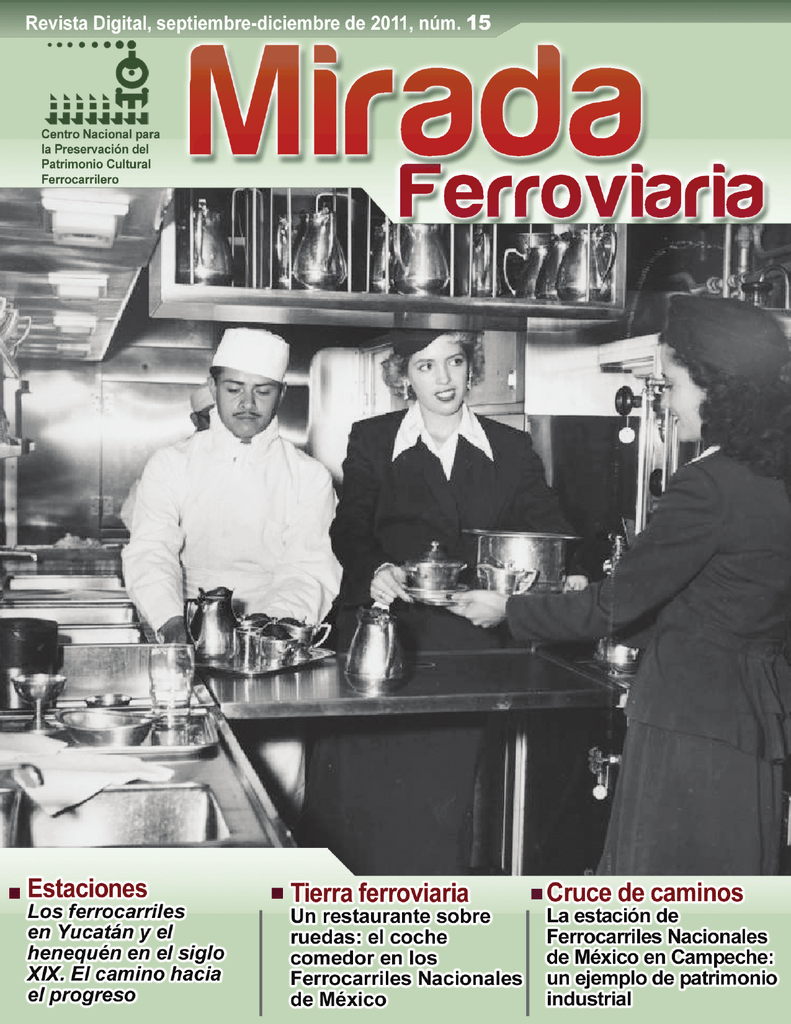
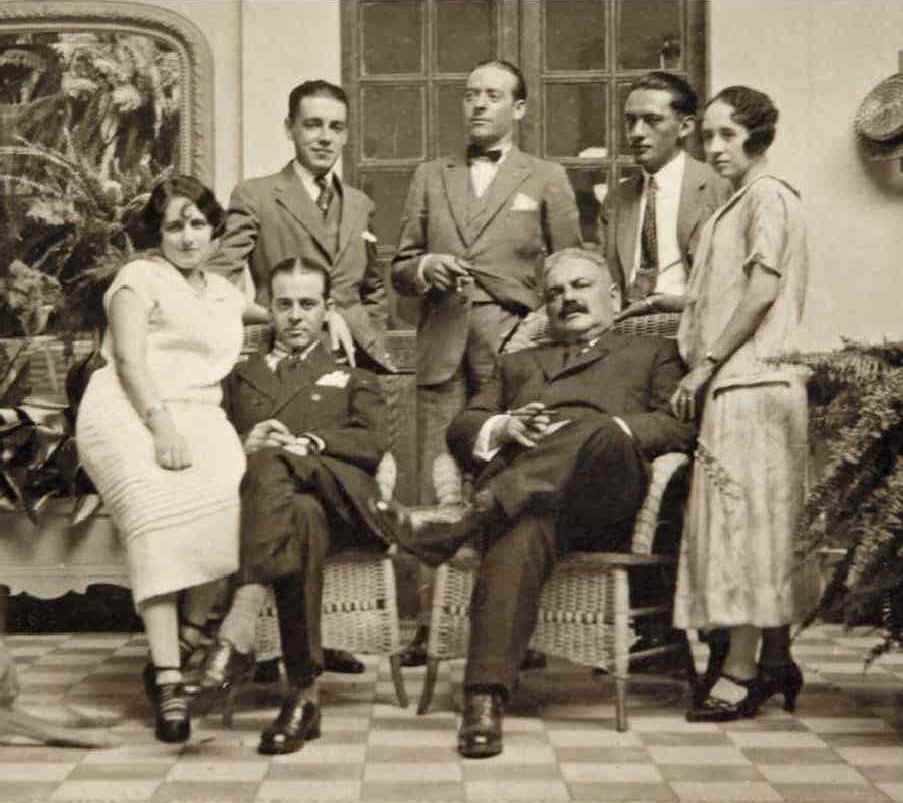
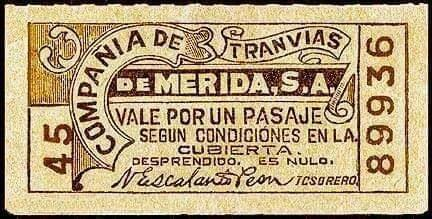
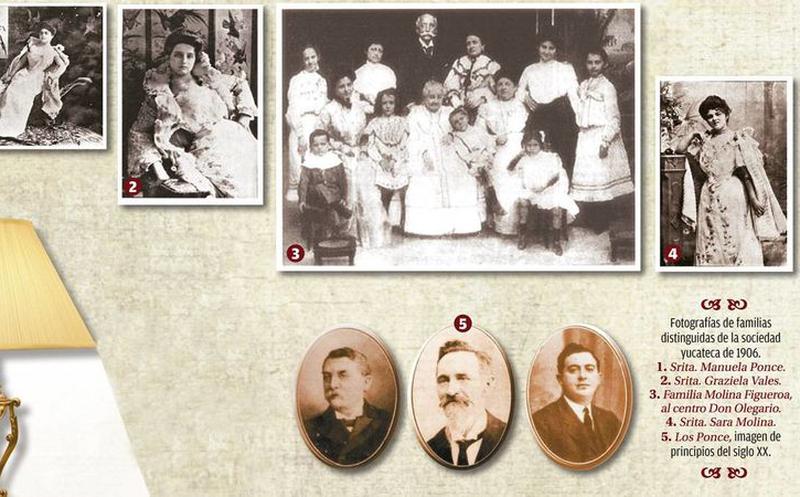
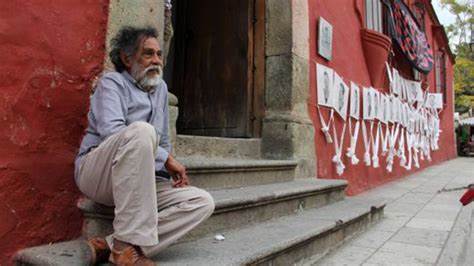
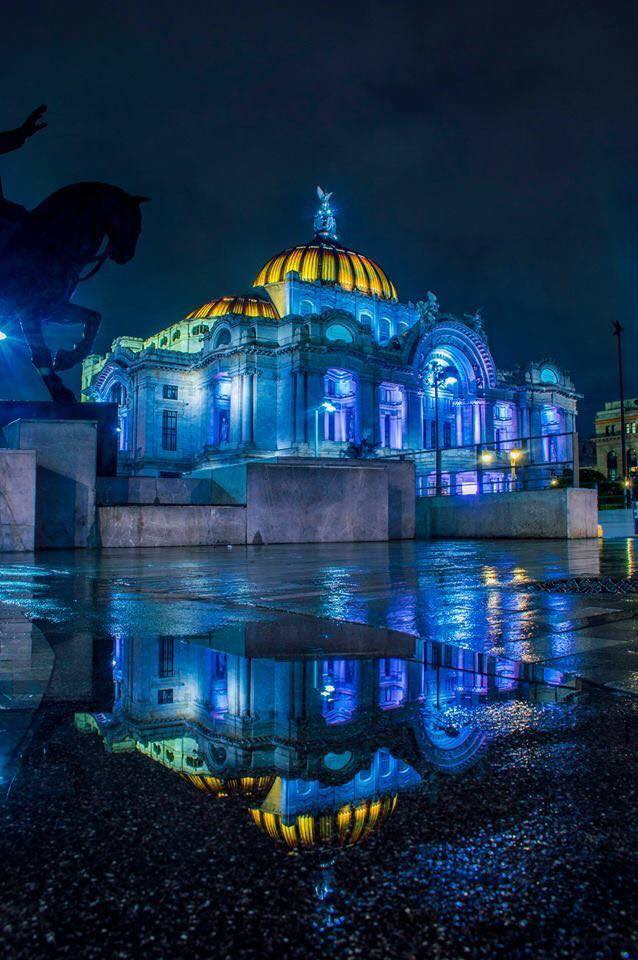
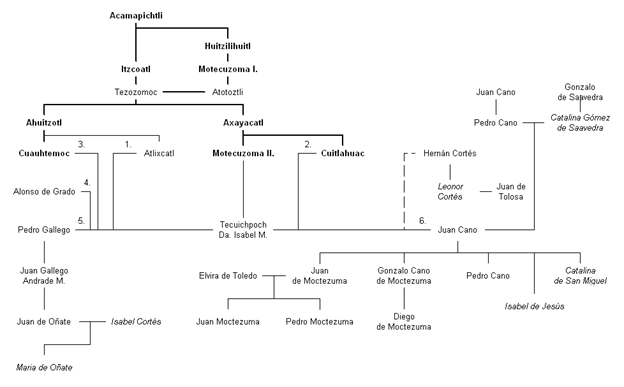
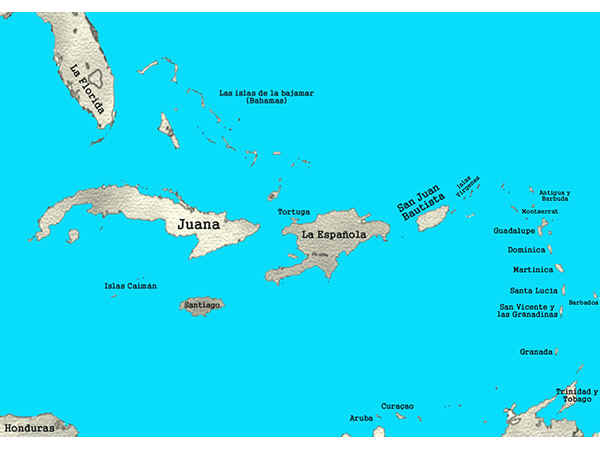
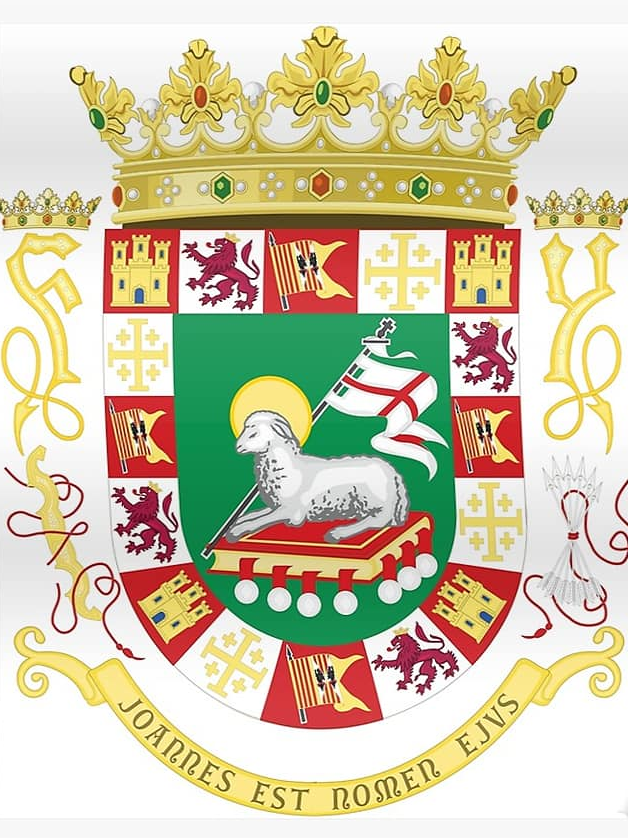
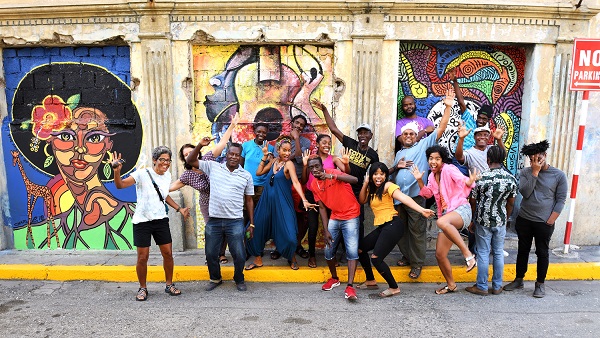
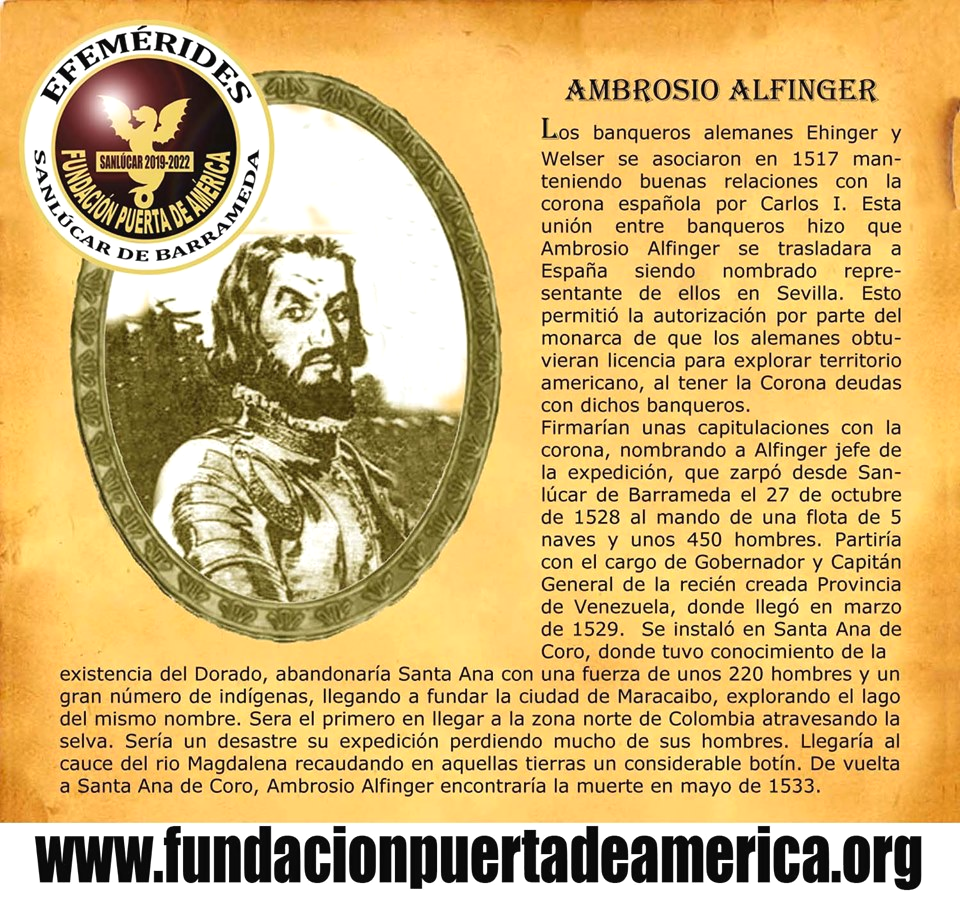
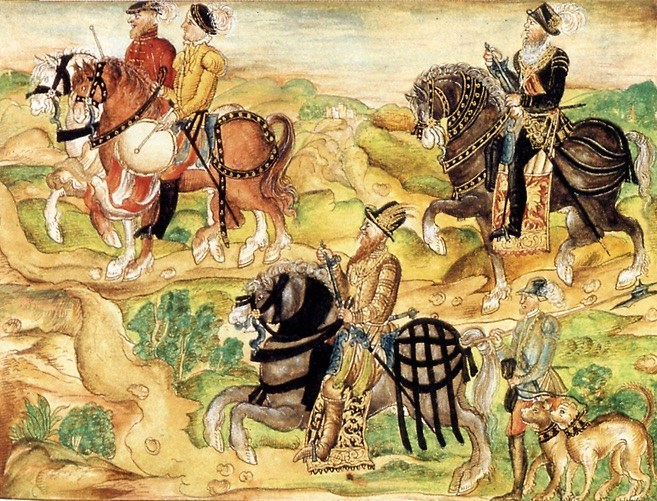
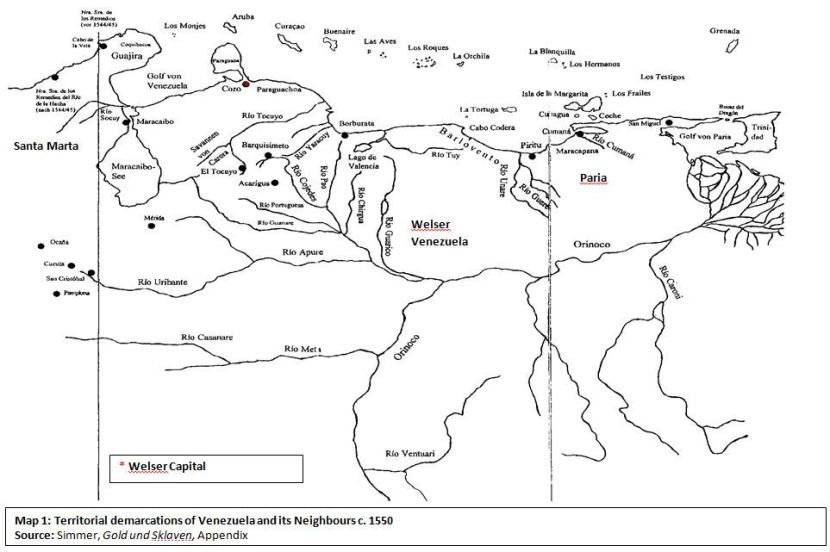
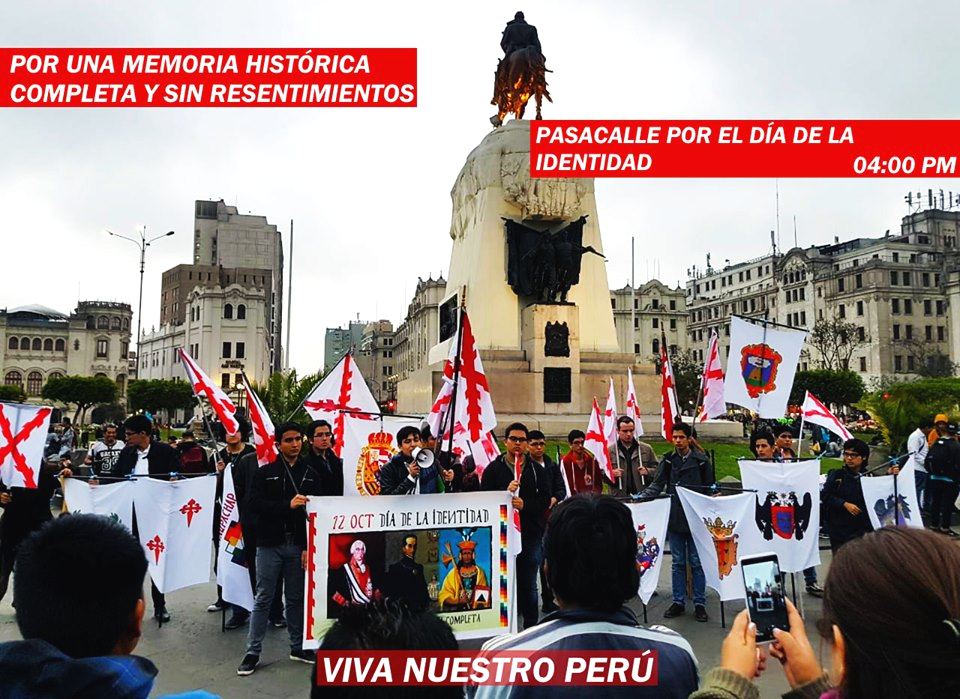
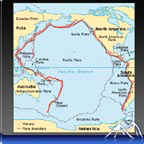
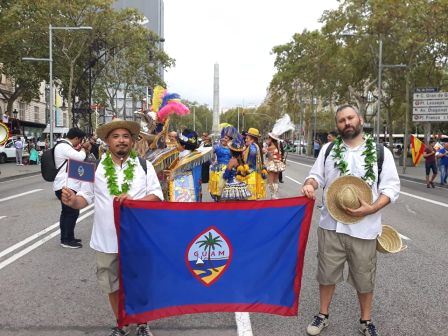


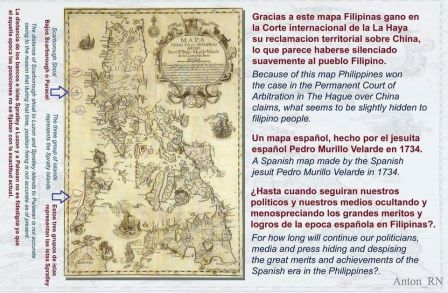
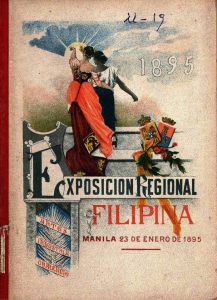
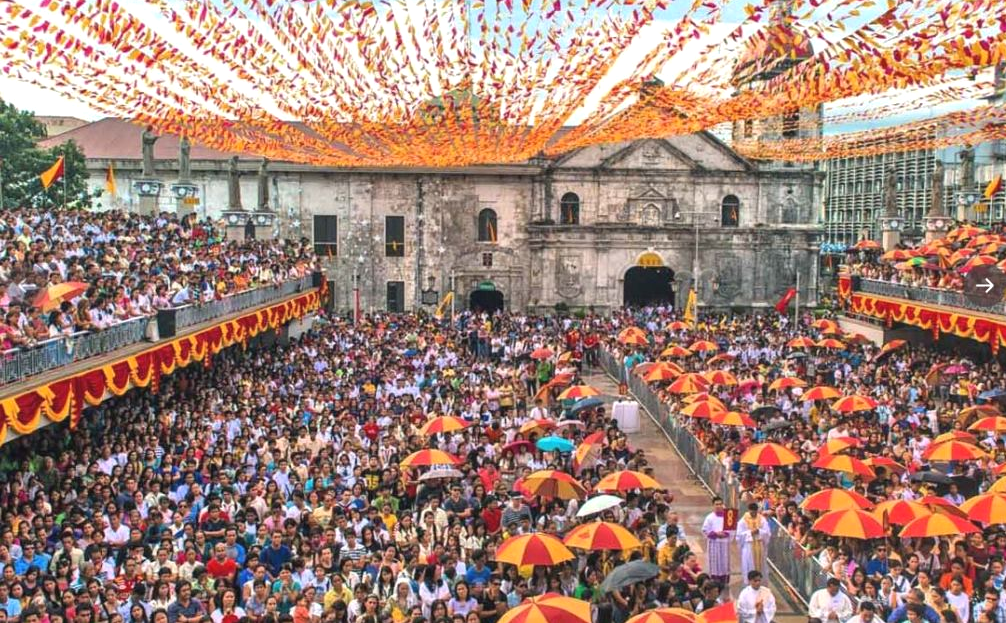

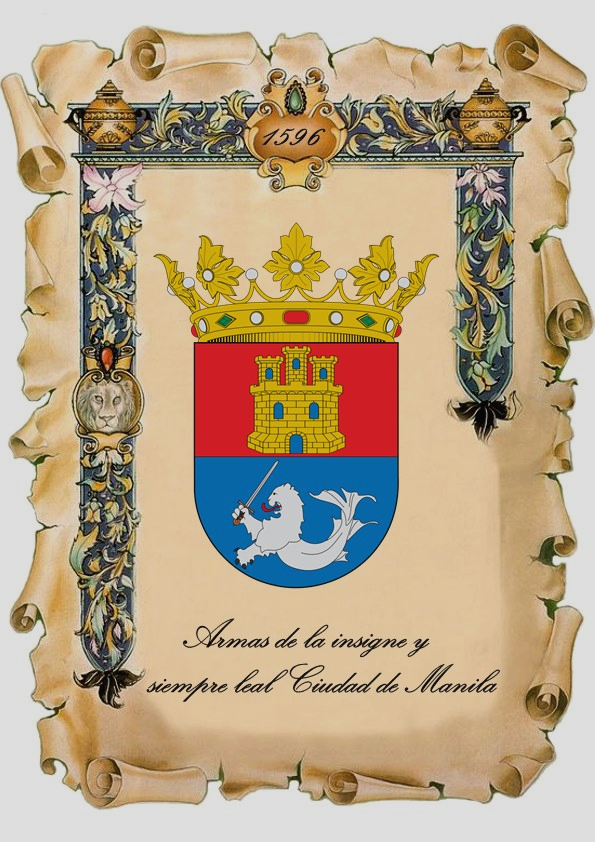
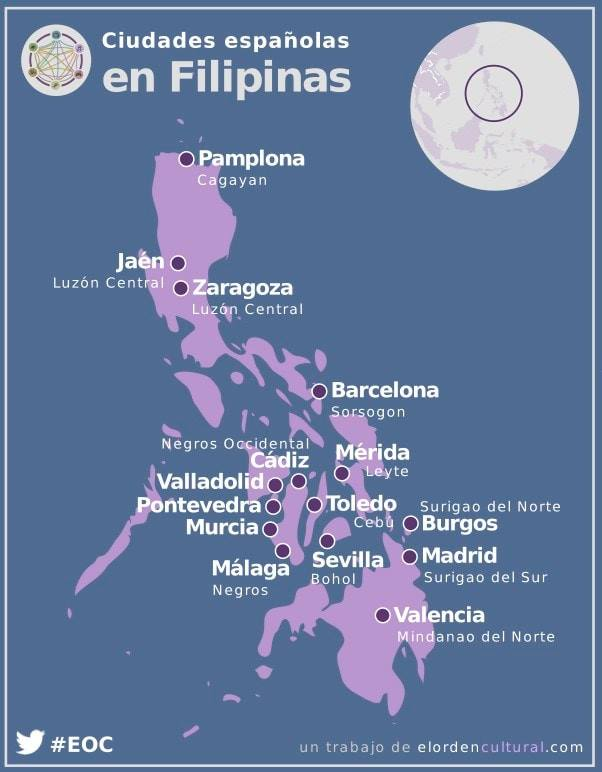


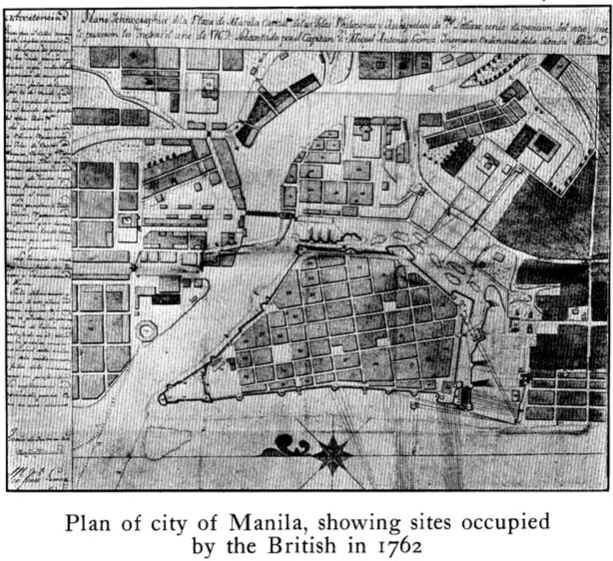
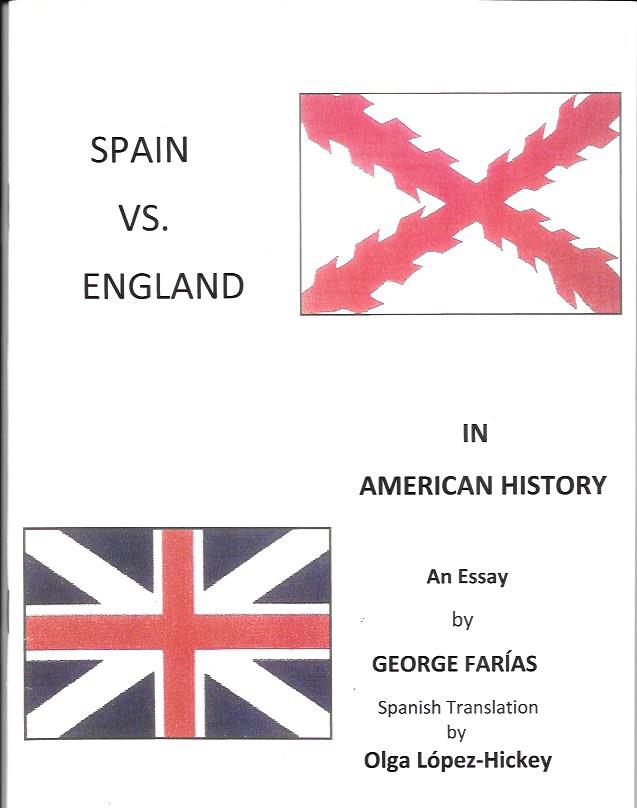
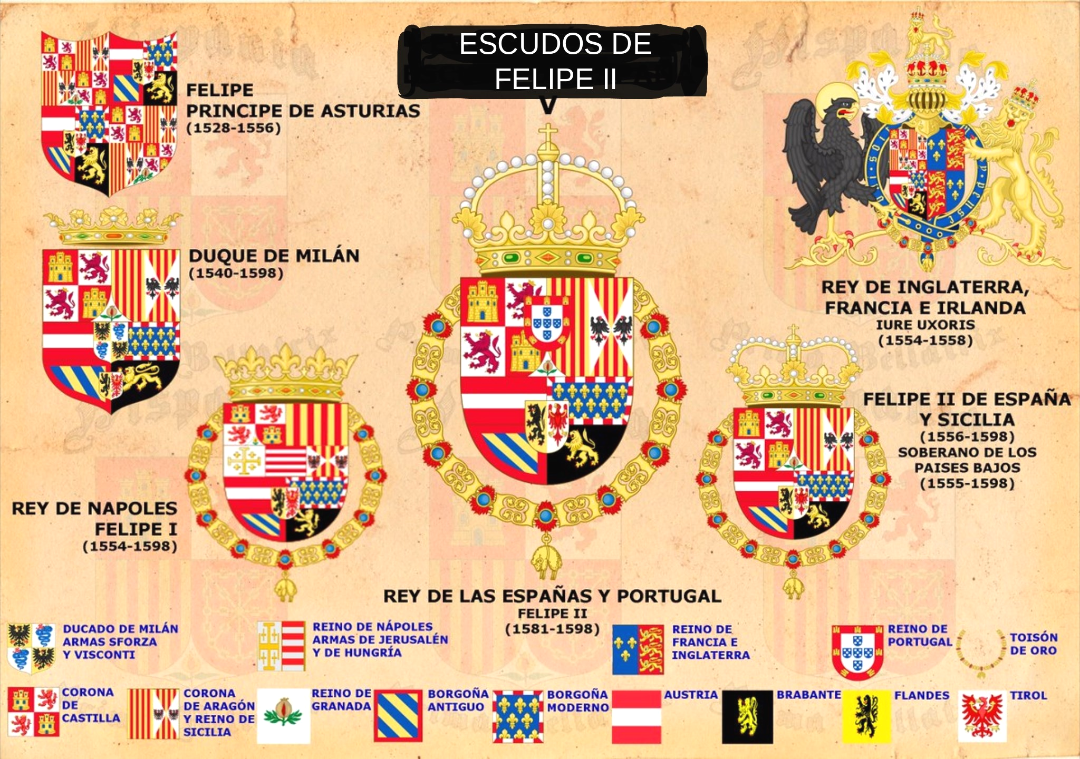
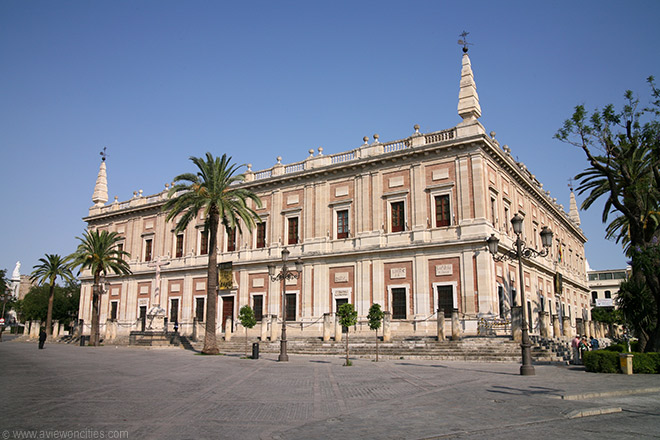
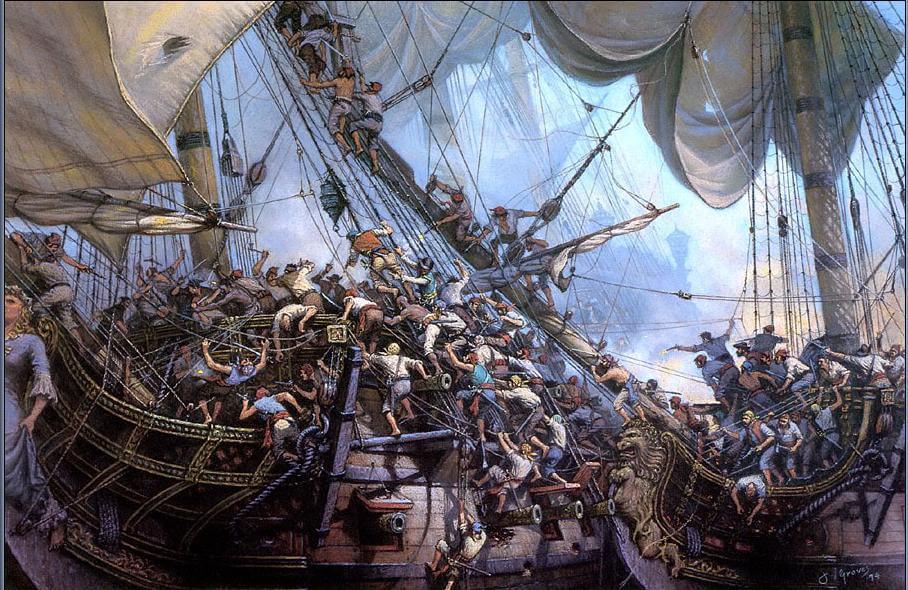
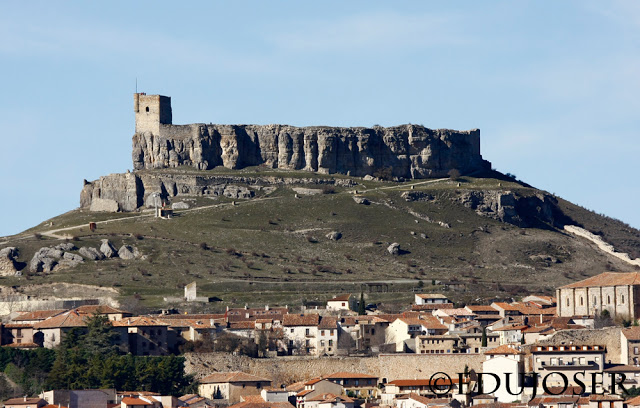
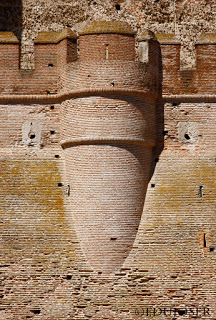

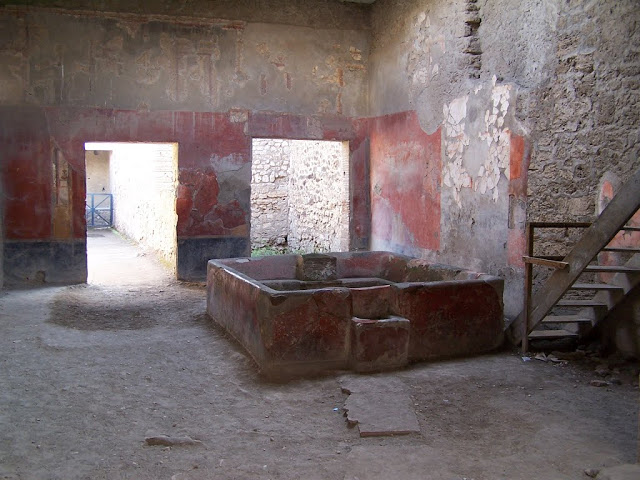
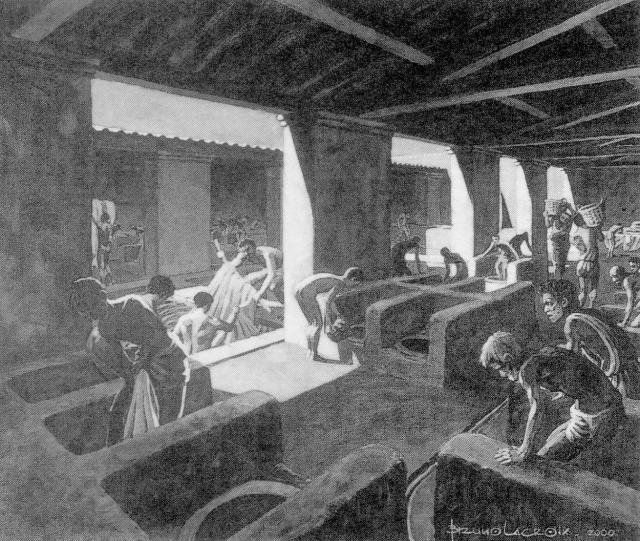
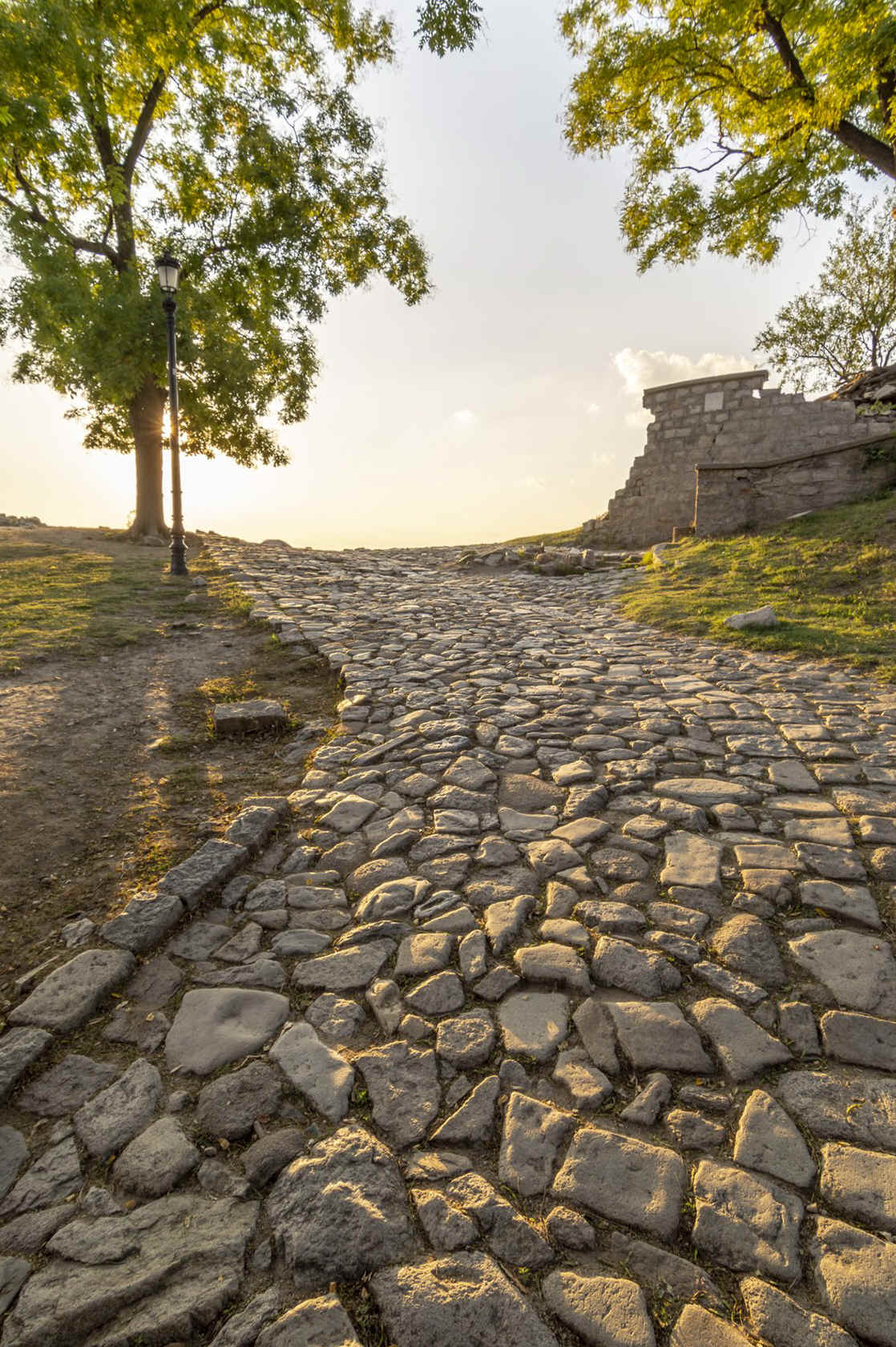
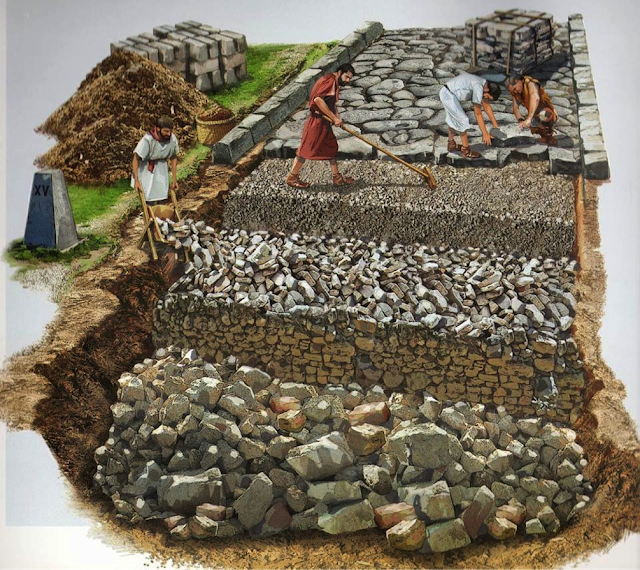
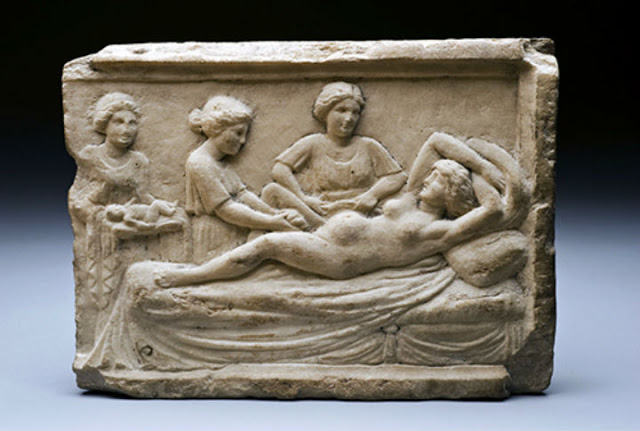

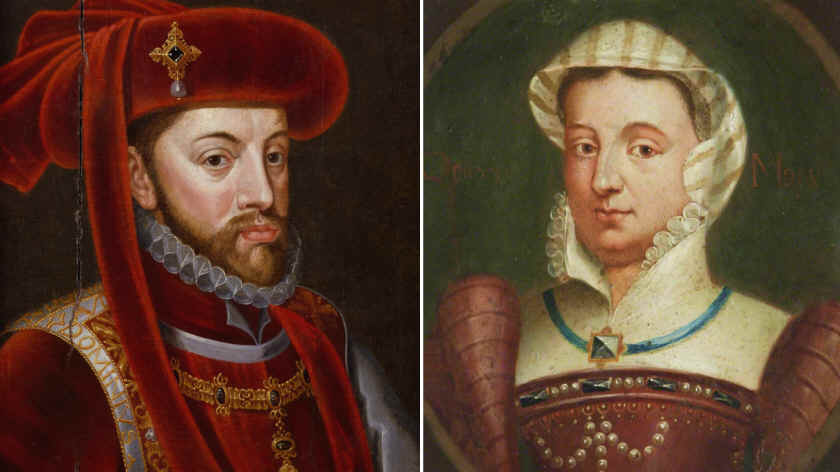
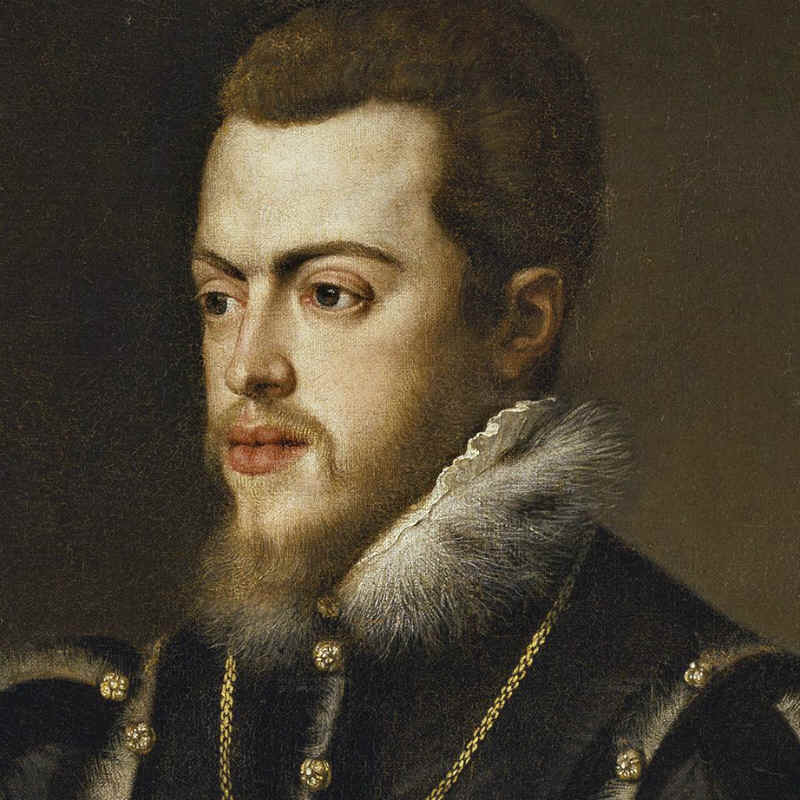 Según el tratado matrimonial, María sería reina de Inglaterra por
derecho propio y Reina Consorte de España; Felipe, en tanto, Rey de
España y Rey Consorte de Inglaterra pero ninguno de los dos podría
ejercer autoridad sobre el reino del otro. Felipe viviría en Inglaterra
junto a su séquito español el tiempo que considerara oportuno, pero
tenía prohibido colocar españoles en puestos estratégicos de la Corte
de los Tudor.
Según el tratado matrimonial, María sería reina de Inglaterra por
derecho propio y Reina Consorte de España; Felipe, en tanto, Rey de
España y Rey Consorte de Inglaterra pero ninguno de los dos podría
ejercer autoridad sobre el reino del otro. Felipe viviría en Inglaterra
junto a su séquito español el tiempo que considerara oportuno, pero
tenía prohibido colocar españoles en puestos estratégicos de la Corte
de los Tudor.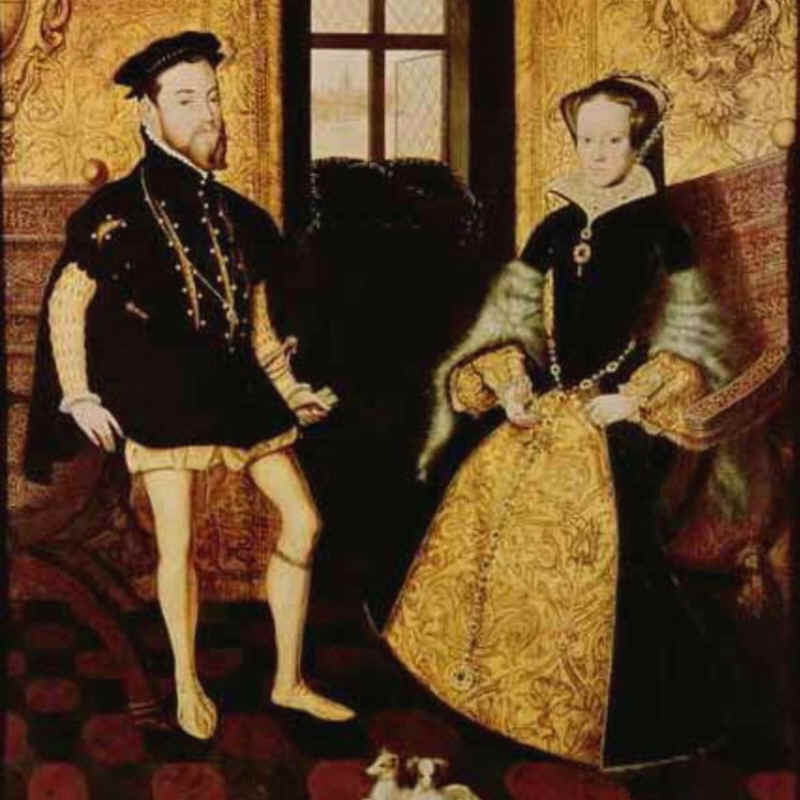 A los 37 años, María Tudor era muy culta. Hablaba y escribía en
latín y en francés y comprendía el castellano, sabía de arte y
religión, pero resultaba ser también una anciana arrugada, flaca, sin
cejas, ojos pálidos, amargada, resentida, de voz masculina, de gesto
enérgico, testaruda, violenta hasta la crueldad y con todos los dientes
rotos. En palabras de un historiador, era “auténticamente fea”.
A los 37 años, María Tudor era muy culta. Hablaba y escribía en
latín y en francés y comprendía el castellano, sabía de arte y
religión, pero resultaba ser también una anciana arrugada, flaca, sin
cejas, ojos pálidos, amargada, resentida, de voz masculina, de gesto
enérgico, testaruda, violenta hasta la crueldad y con todos los dientes
rotos. En palabras de un historiador, era “auténticamente fea”.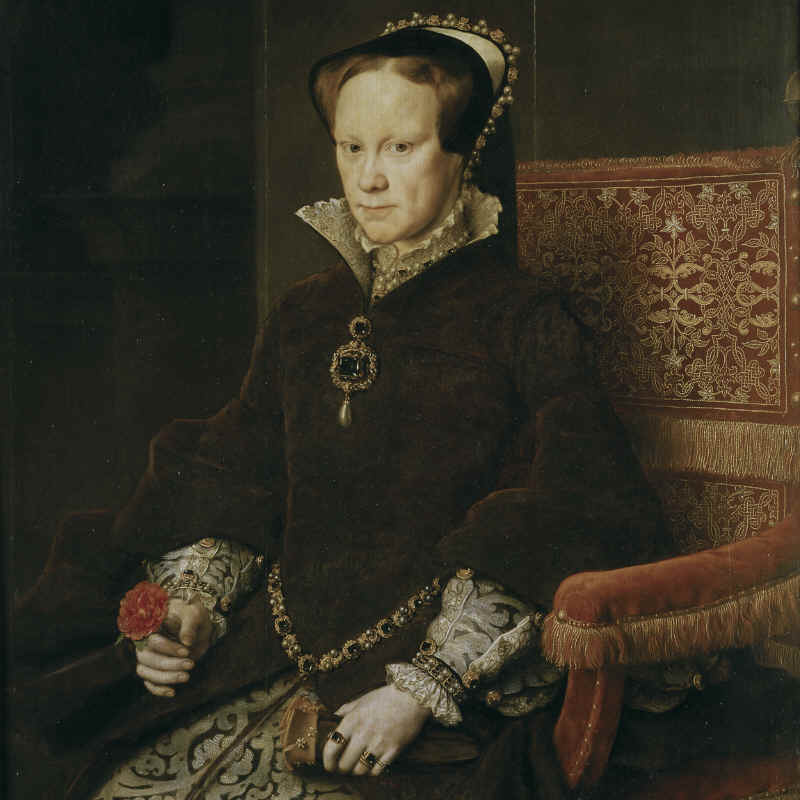 La reina le pidió una y otra vez su regreso, pero Felipe le anunció
que sólo lo haría cuando sea coronado Rey de Inglaterra, cosa que el
Parlamento jamás consentiría. La felicidad de María desapareció de
su rostro y, recluida en sus aposentos, rara vez volvió a participar de
la vida cortesana. Felipe II volvió a Inglaterra durante algunas
semanas en 1557 y fueron las últimas que pasó con su esposa.
La reina le pidió una y otra vez su regreso, pero Felipe le anunció
que sólo lo haría cuando sea coronado Rey de Inglaterra, cosa que el
Parlamento jamás consentiría. La felicidad de María desapareció de
su rostro y, recluida en sus aposentos, rara vez volvió a participar de
la vida cortesana. Felipe II volvió a Inglaterra durante algunas
semanas en 1557 y fueron las últimas que pasó con su esposa.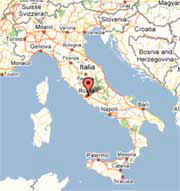 ==
==
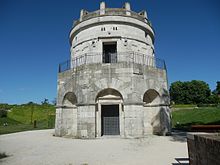
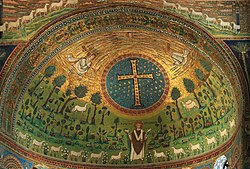
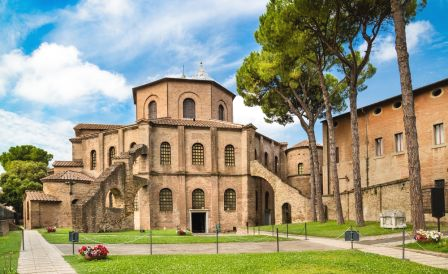
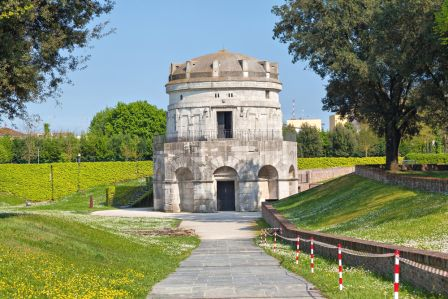
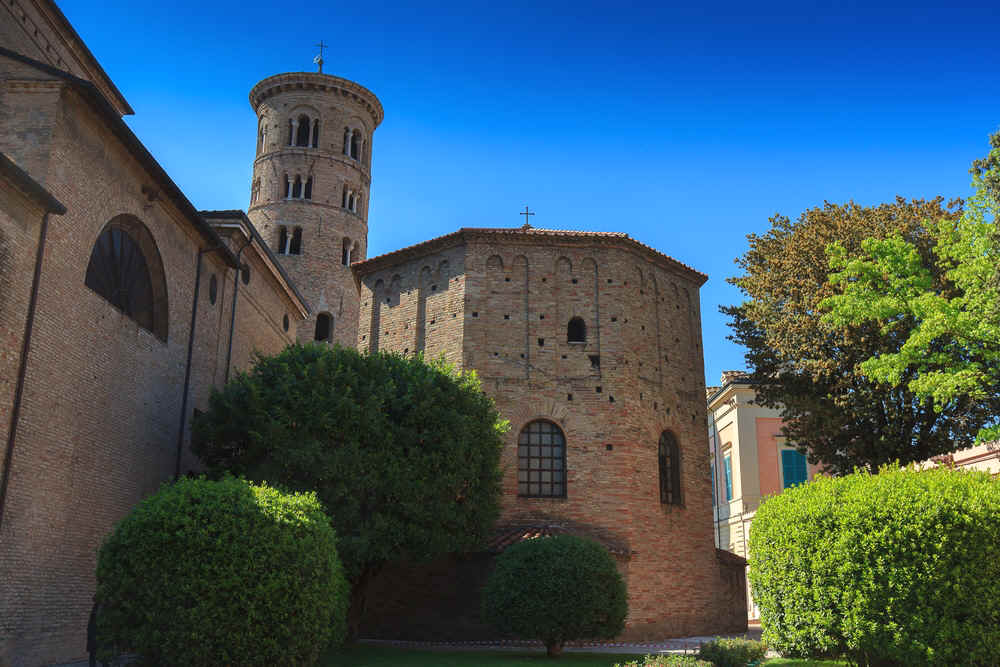
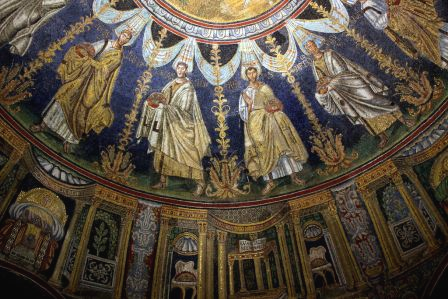
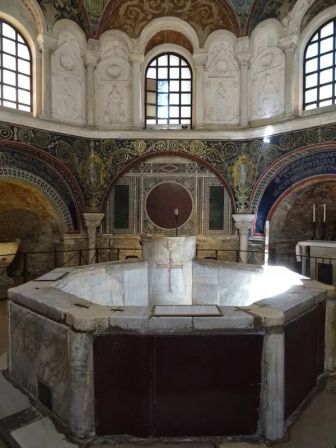
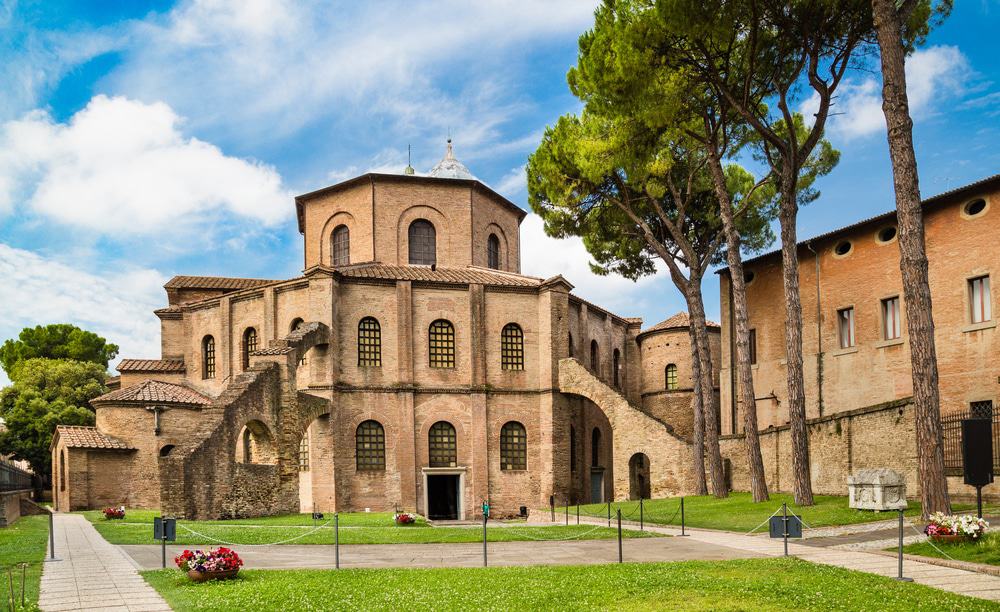
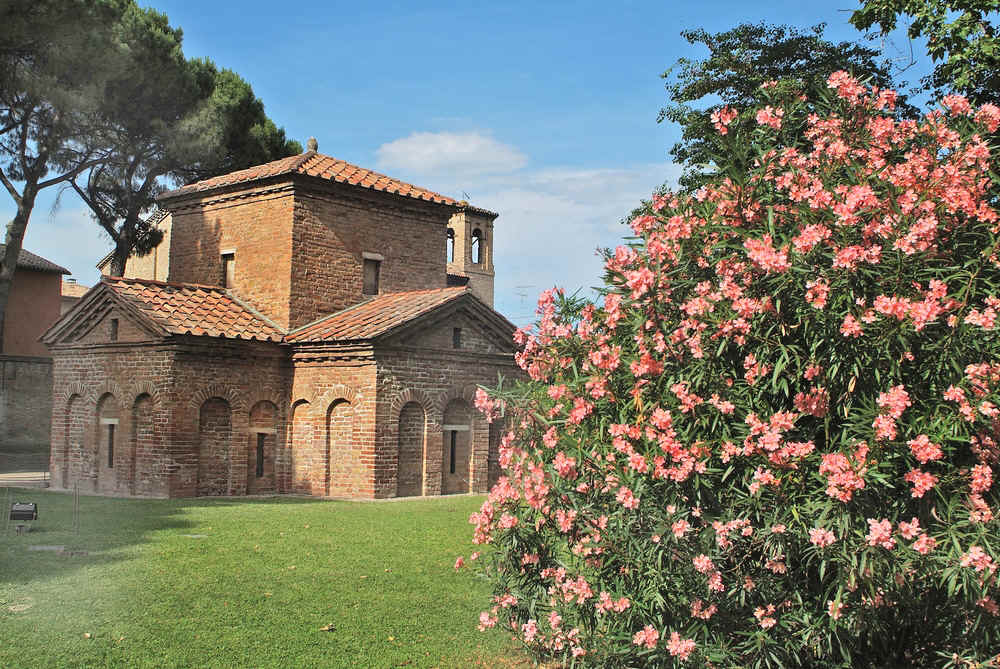
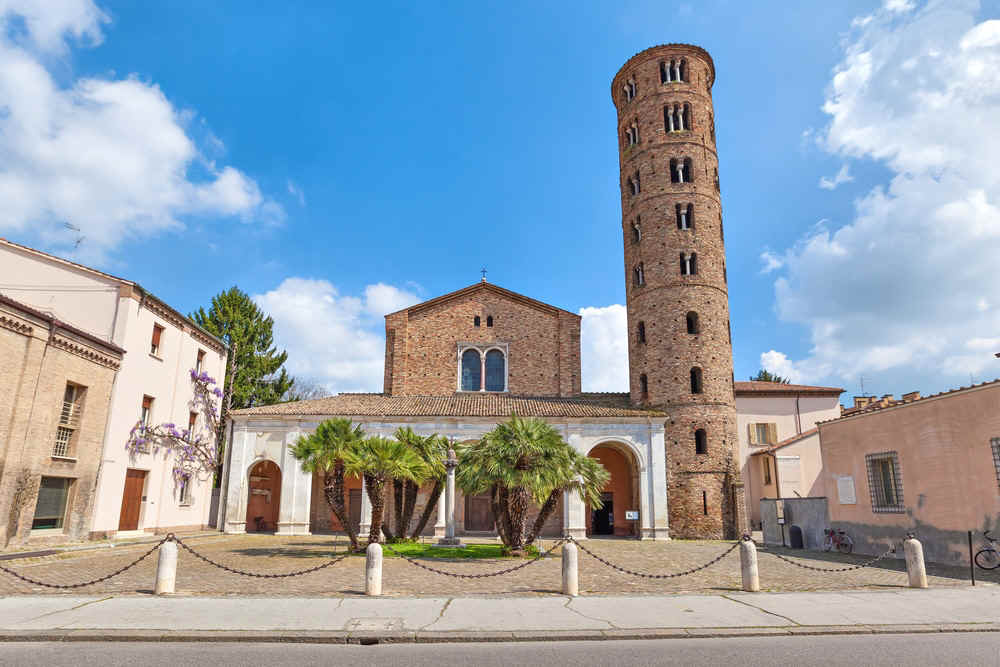
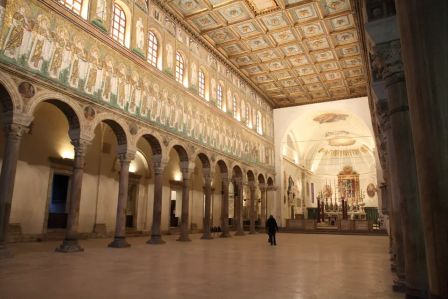
 Since when does the United Nations dictate what
countries can say and do within their borders. The
Netherlands has taken a stand against the Islamic influx
that has been sweeping through the country. Officials
from the United Nations have stated that there is “no
place” for a ban on garments that cover the faces of
people in a tolerant society. The legality of such a ban
lies strictly in the hands of the Netherlands
government. If that country wants to ban certain things,
then the United Nations has no right to interfere.
Since when does the United Nations dictate what
countries can say and do within their borders. The
Netherlands has taken a stand against the Islamic influx
that has been sweeping through the country. Officials
from the United Nations have stated that there is “no
place” for a ban on garments that cover the faces of
people in a tolerant society. The legality of such a ban
lies strictly in the hands of the Netherlands
government. If that country wants to ban certain things,
then the United Nations has no right to interfere.
Running into its eighth week as I write, `Memoria de España' is a documentary series of 27 chapters, each of around 50 minutes run-time, produced by RTVE, the Spanish State TV Network, screened at prime-time following the main evening news bulletin, and doing very well thank you in its ranking of audience share.
The concept is enormous: a chronological account of the history of the Iberian Peninsula since the absolute beginnings, through paleolithic times to the modern day. One might well argue how can you possibly get all that in 27 episodes! Evidently, then, a lot of streamlining has had to be carried out, many features are covered rather hurriedly perhaps, and there is no possibility of lengthily dwelling on any subject matter. To do so would have needed at least 54 episodes, and in the end would probably have added very little in terms of interest for the general public.
I am no historian: I mix up all those historical kings of the past as easily as anyone else. However, `Memoria de España' has been enthralling from the outset. Captivating, absorbing, as the beautifully filmed scenes with digital special effects pass before your eyes, accompanied by atmospheric music, and narrated by an excellent female voice. Actors are used mostly without dialogues showing us how they lived in their caves in Santillana del Mar and Atapuerca, among other places, the early civilisation of the Tartars followed by Carthaginians and the Romans and on to the Moorish invasion and settlement called Al-Andalús.
The photography is superb, covering just about every corner of Spain and parts of Portugal: ancient heaps of rubble and remains of ruined castles jump to life as the enacted scenes take place.
`Memoria de España is up there alongside such afamed series as Carl Sagan's `Cosmos' (1980) (qv) - and you cannot go much higher than that.
Evidently this series might be rather less interesting for people living in other parts of the world, except for those people who have a special feeling for Spain and its culture. However, it should be said that here there are excellent possibilities for practising your Spanish, and as such is highly recommendable, for example, in schools for children of about 14-18 years of age.
The series has been divided up into several parts such that specialist historians are responsible for different periods of time and special emphasis has been laid on maintaining criteria in the maximum authenticity possible.
Some years ago I had the cheek to write to RTVE complaining that they had no right to bombard the people with endless stupidities, trivialities, and other fare for brainless viewing time, in the silly attempt to compete with the other independent commercial channels. I said that if RTVE returned to more serious TV programming people would little by little realise the honesty of something that is worth watching and abandon the mindlessness of trivial garbage, such that audience loss would be negligible, basically because not all the people are perfect idiots all the time.
`Memoria de España' has proved my point: hopefully The high lords of RTVE will take note.